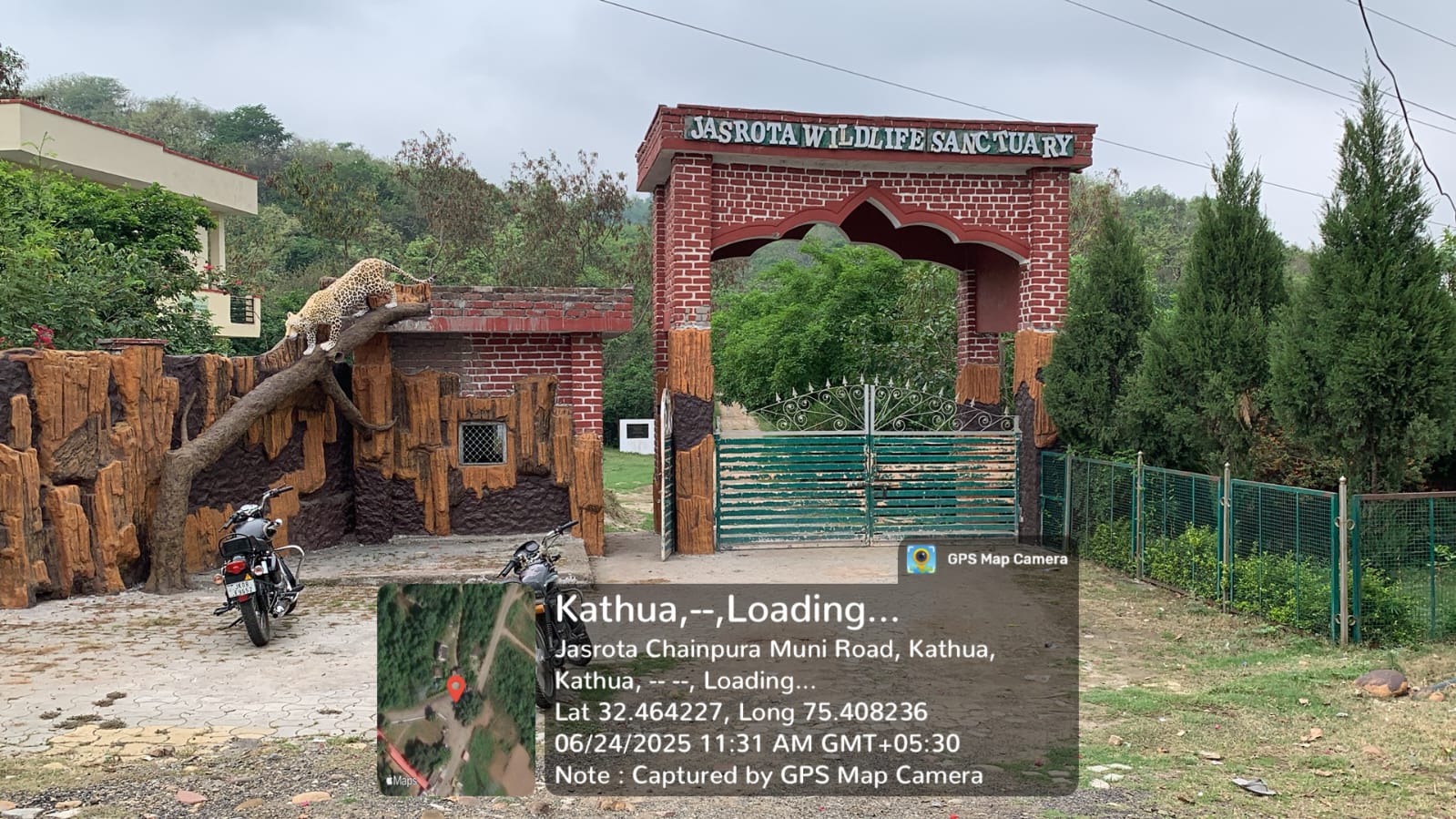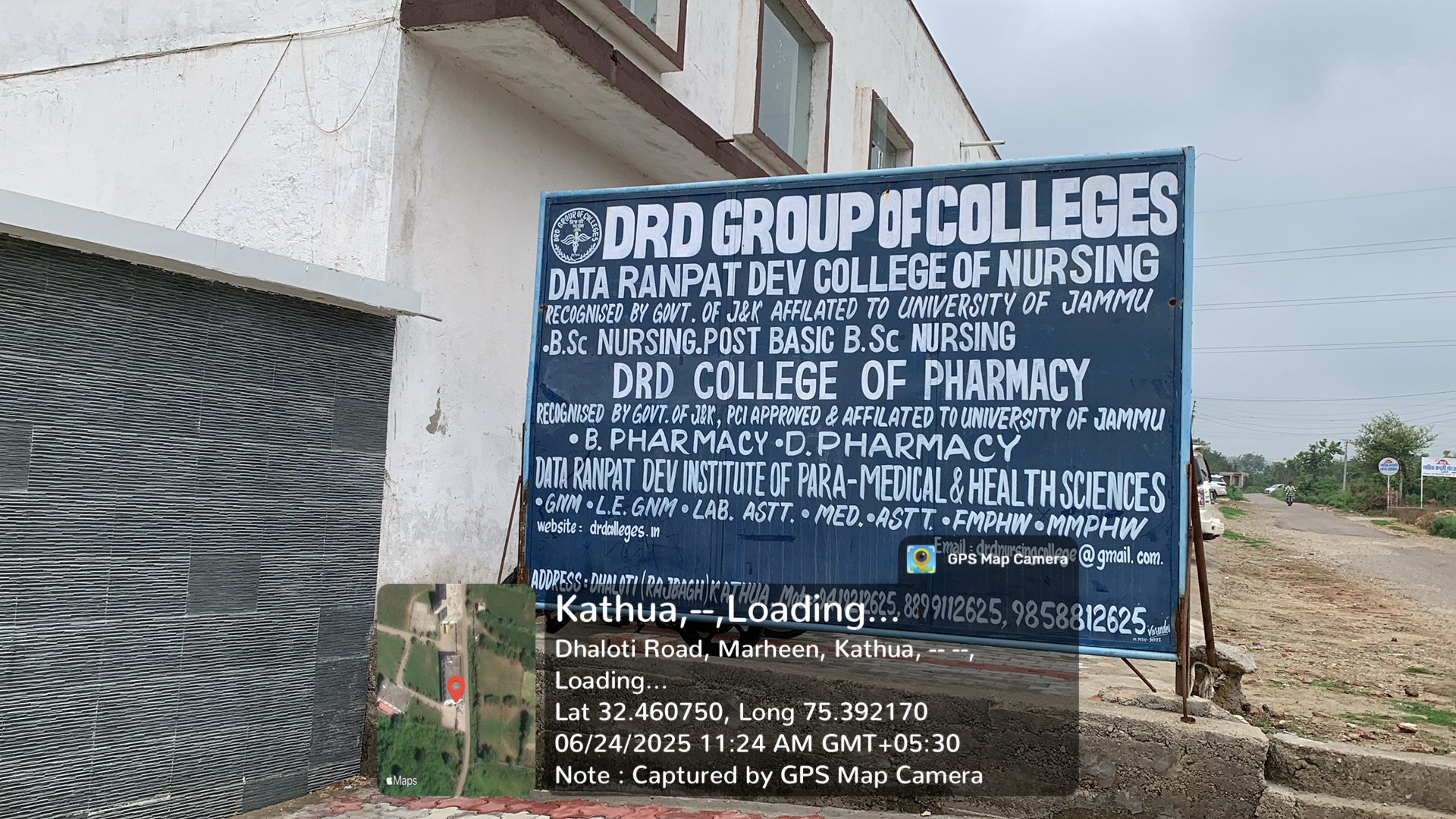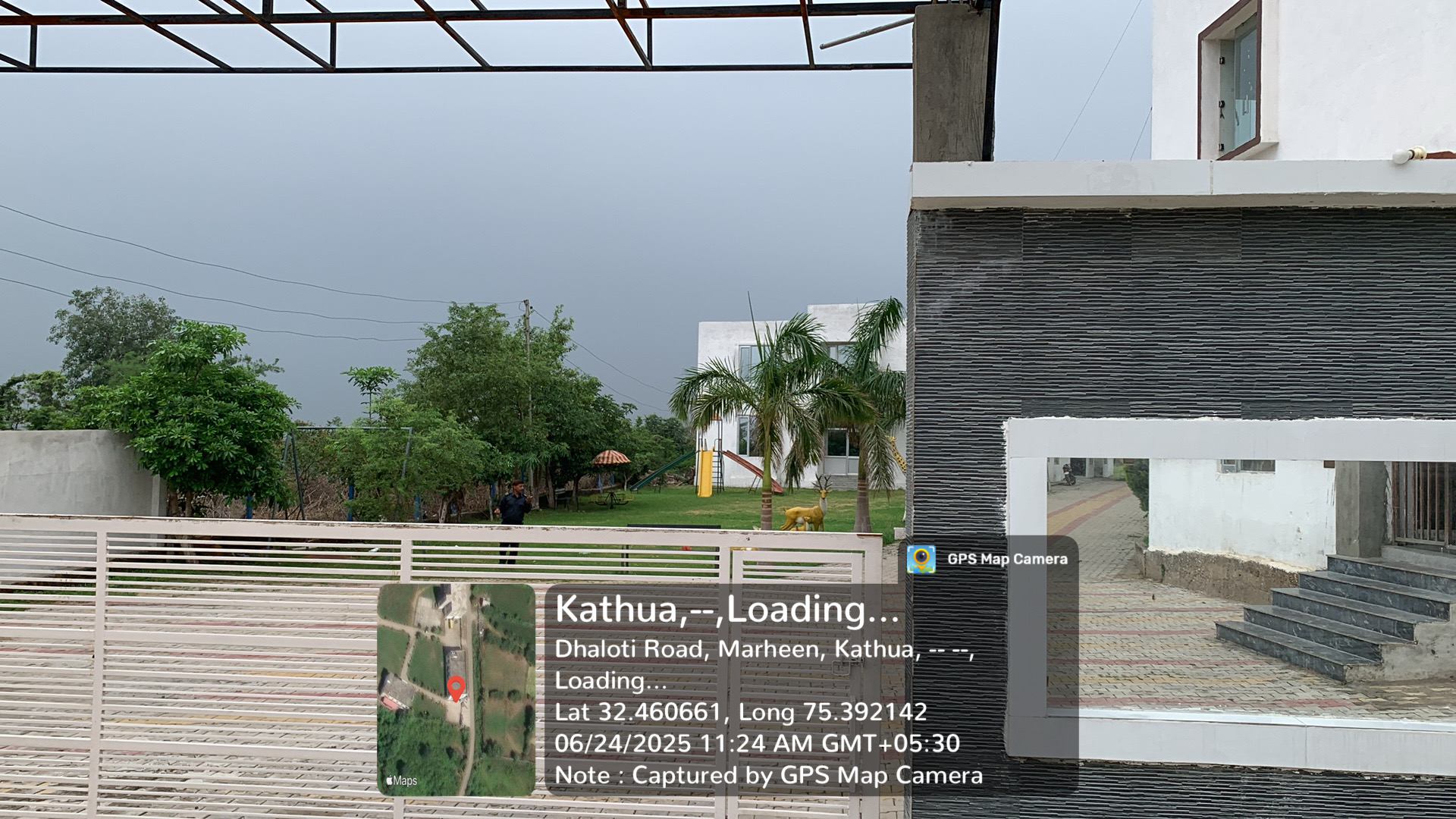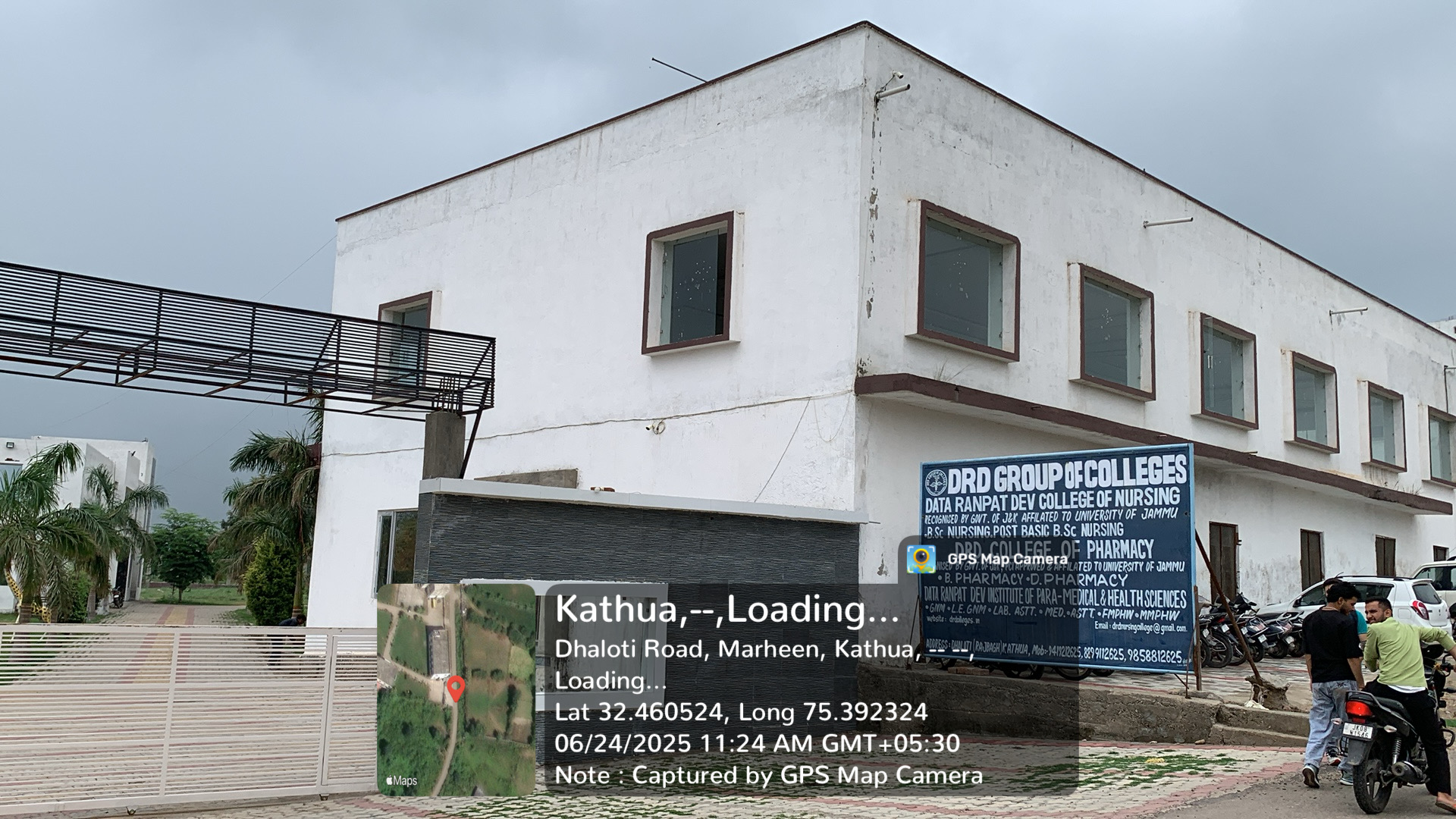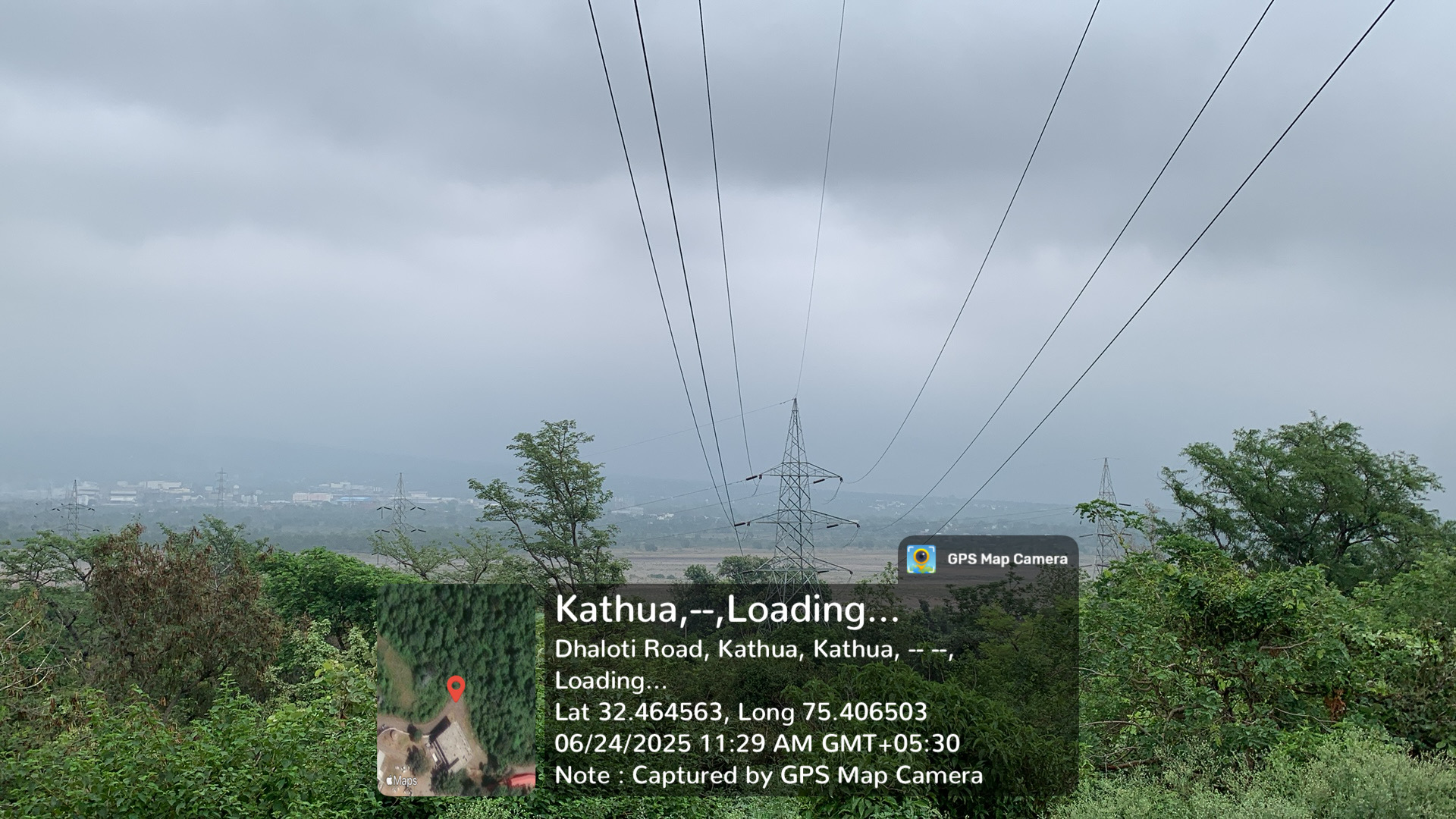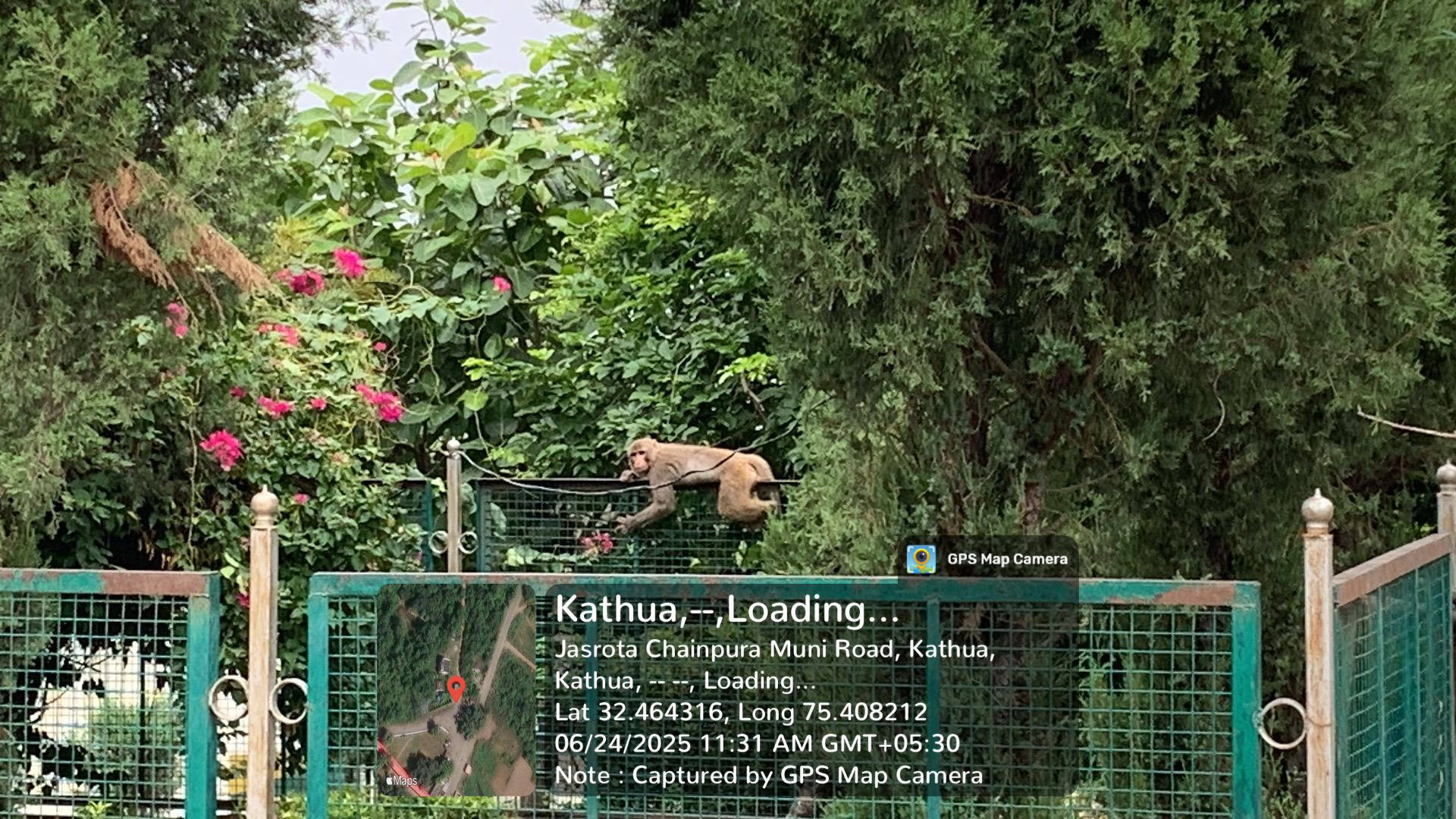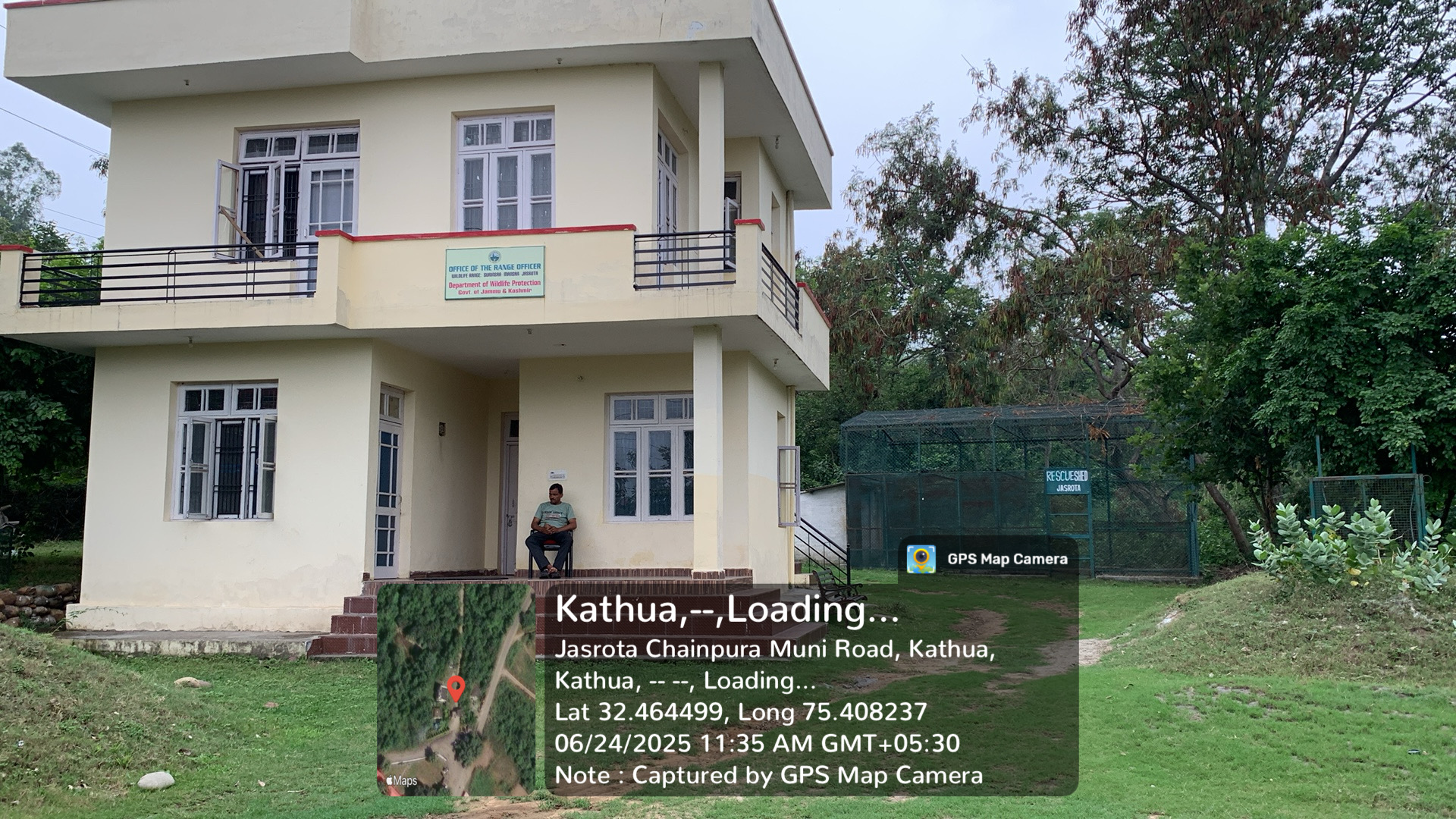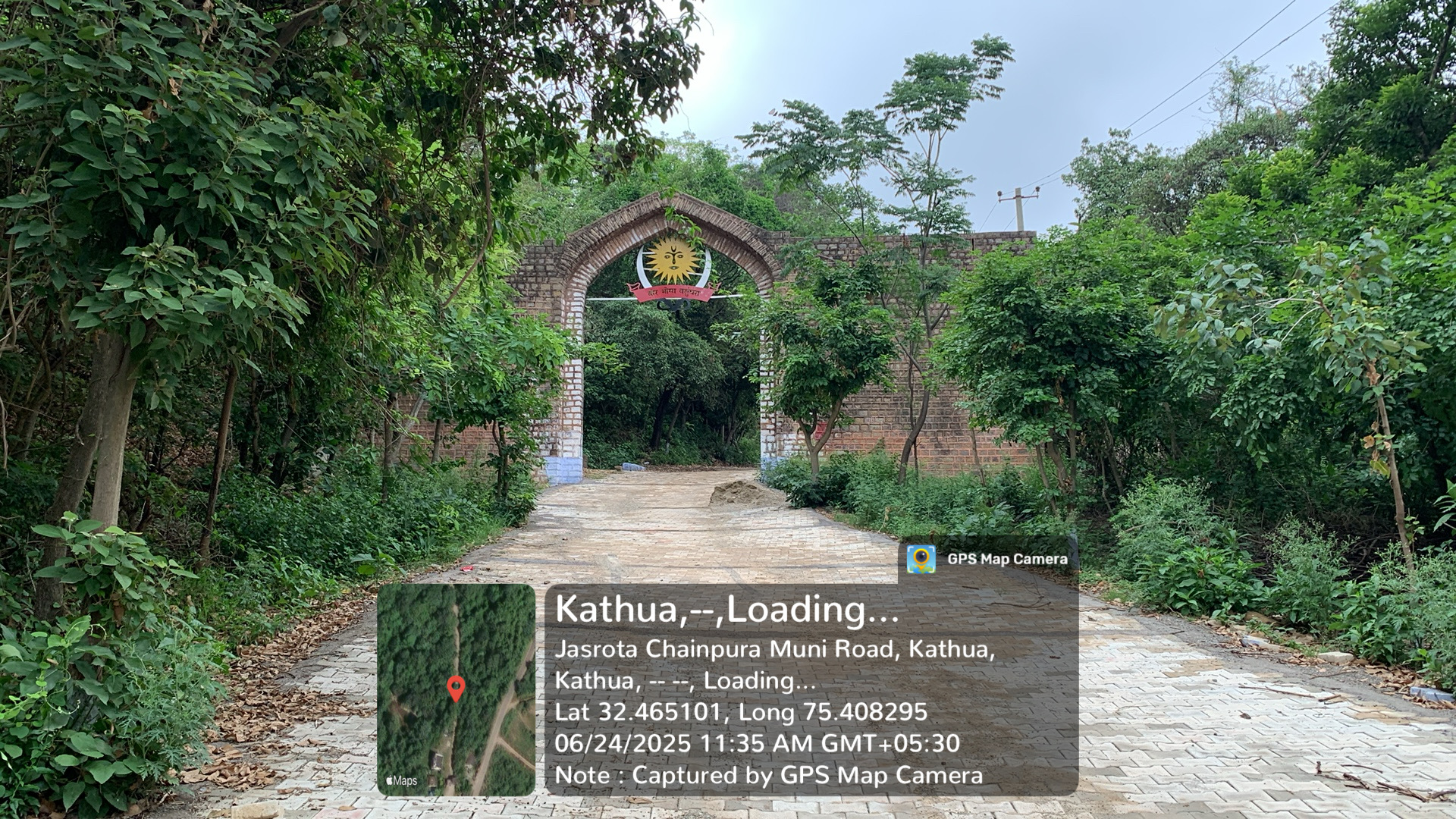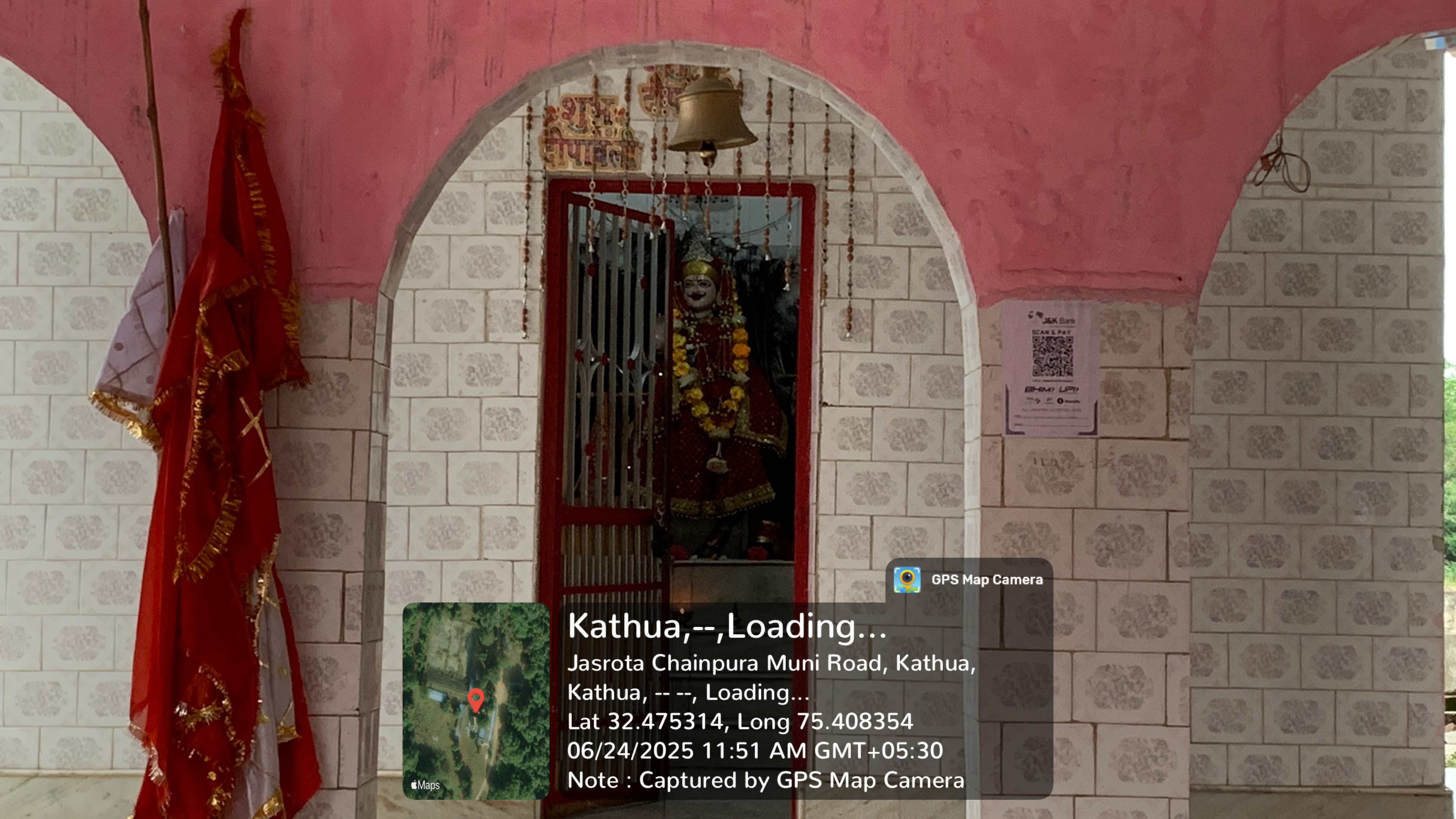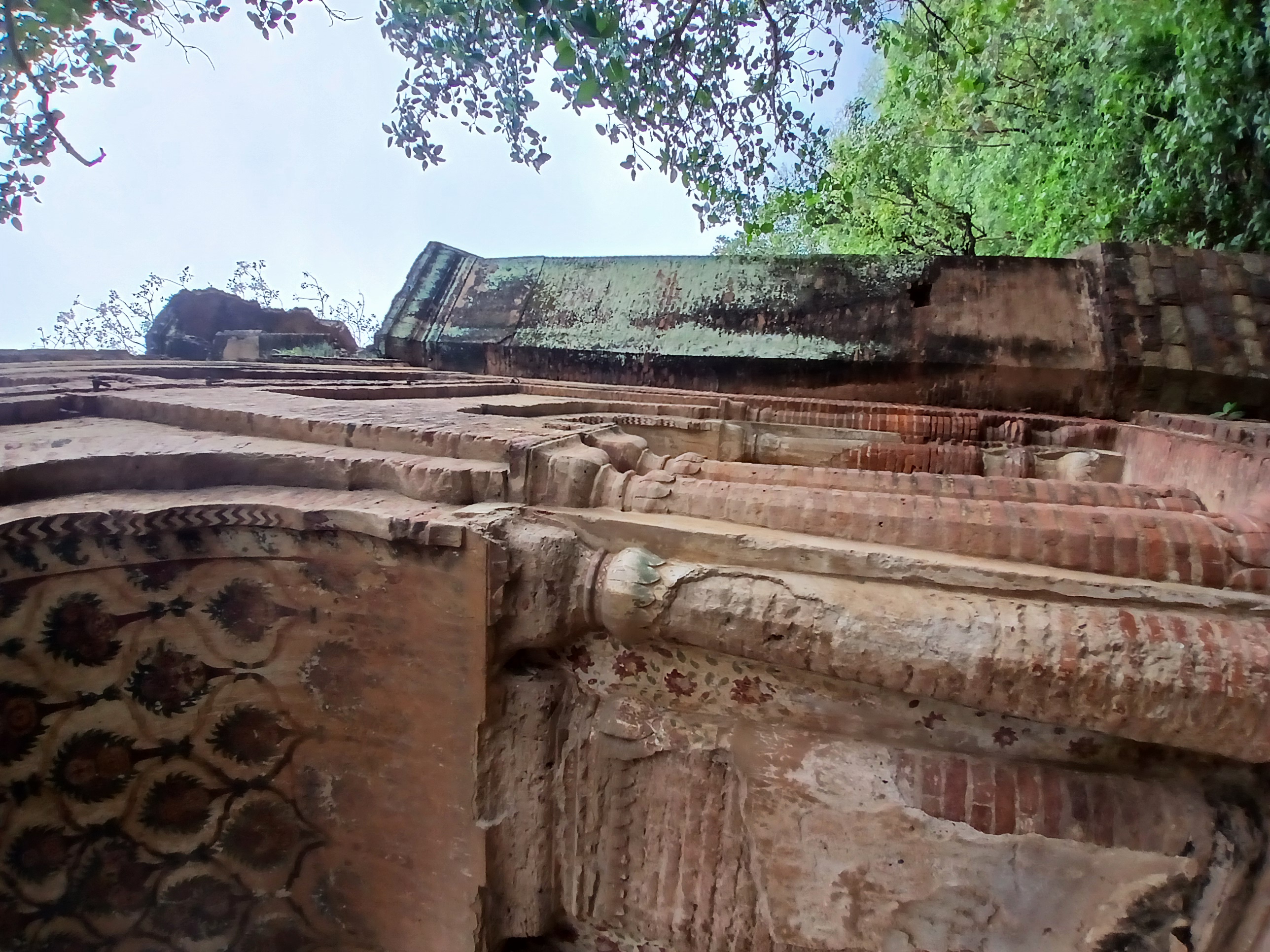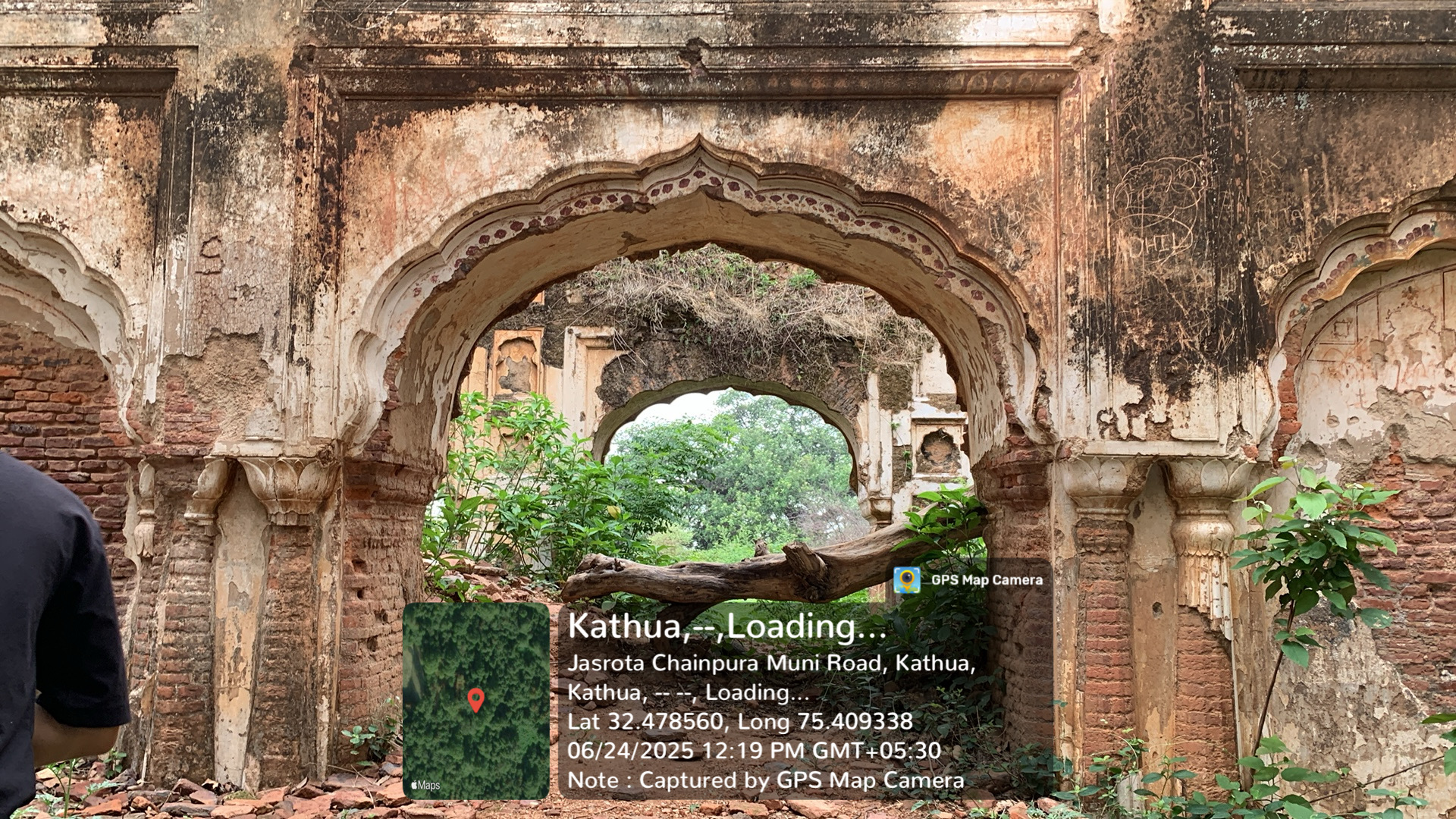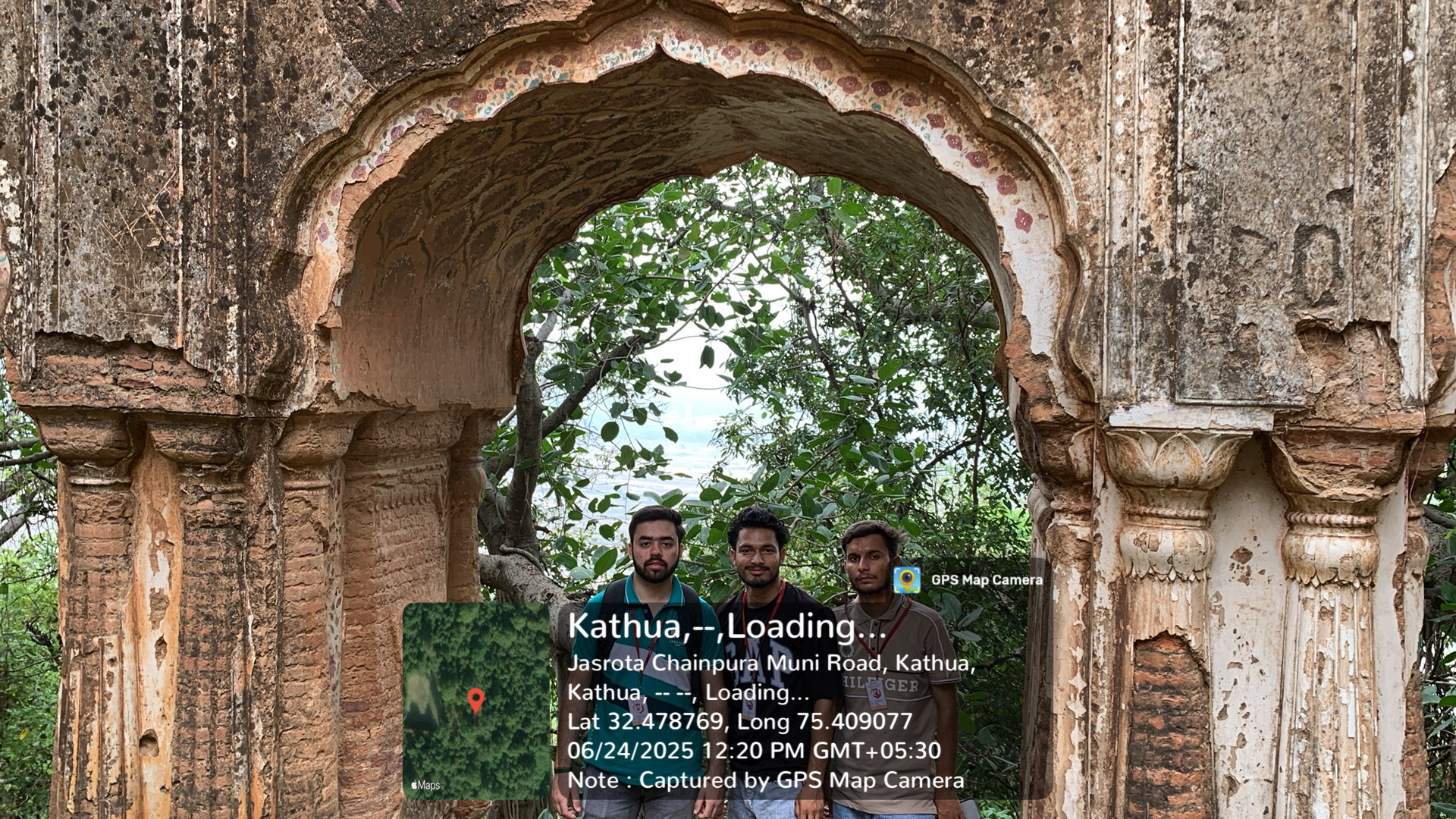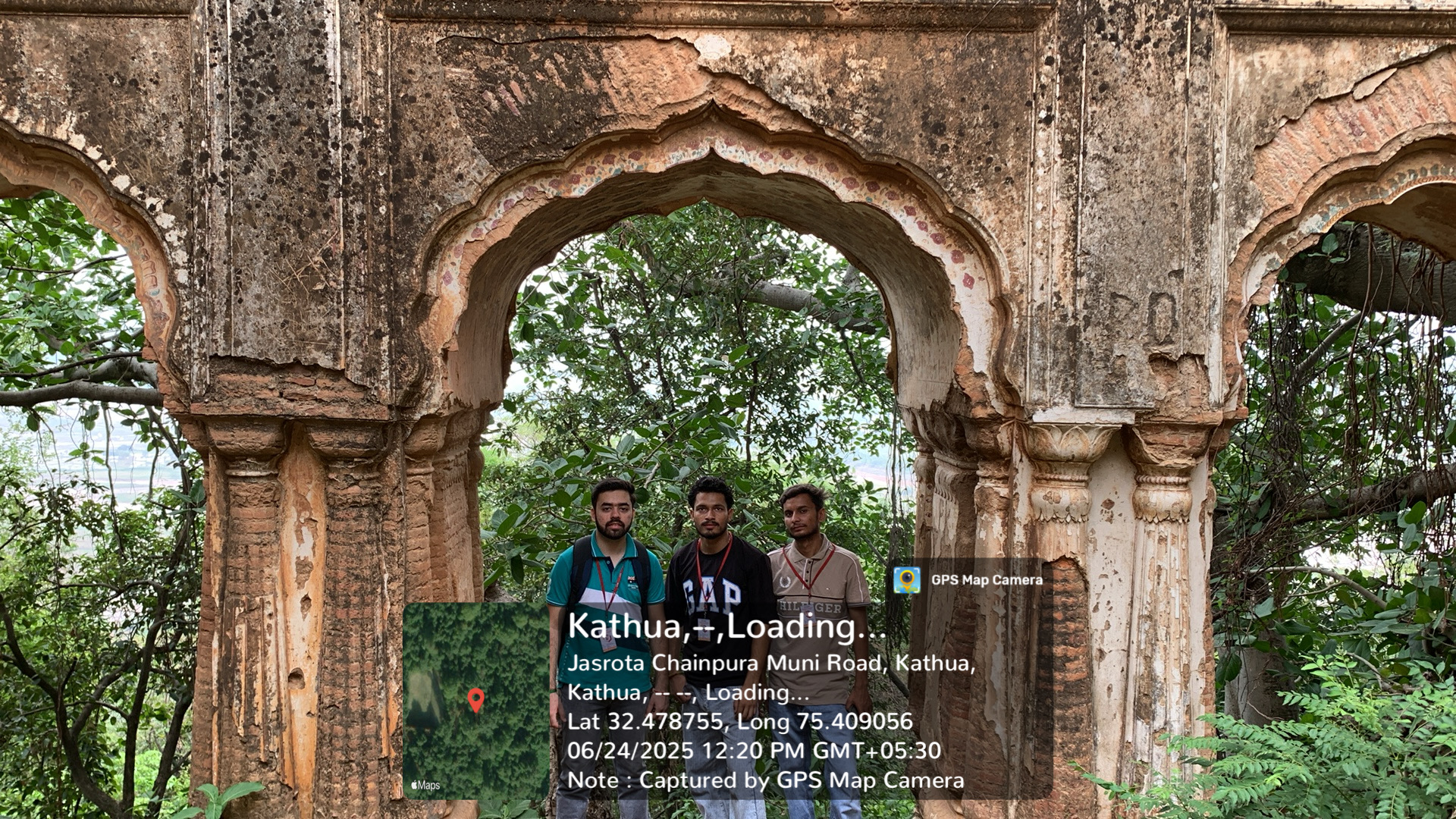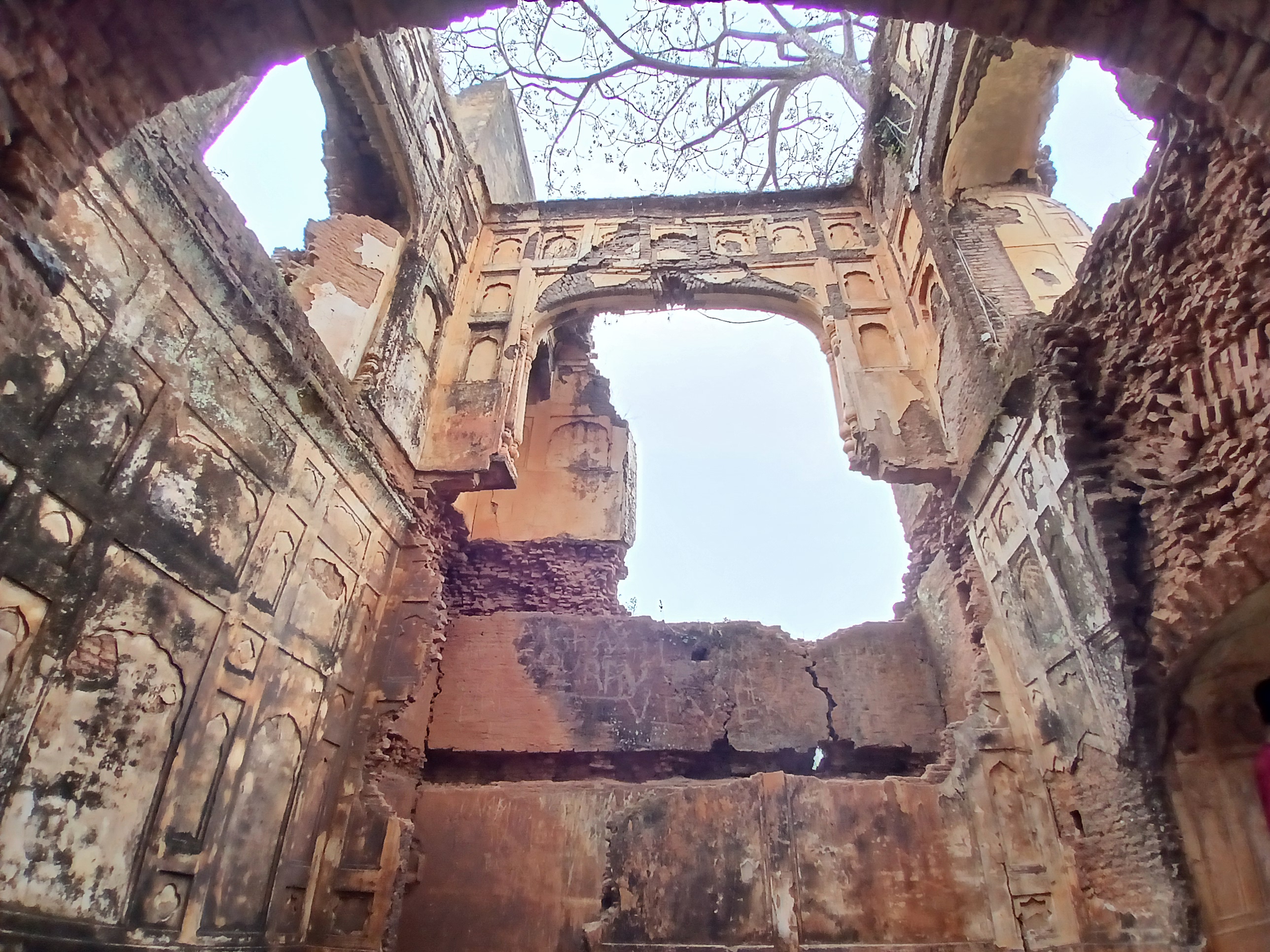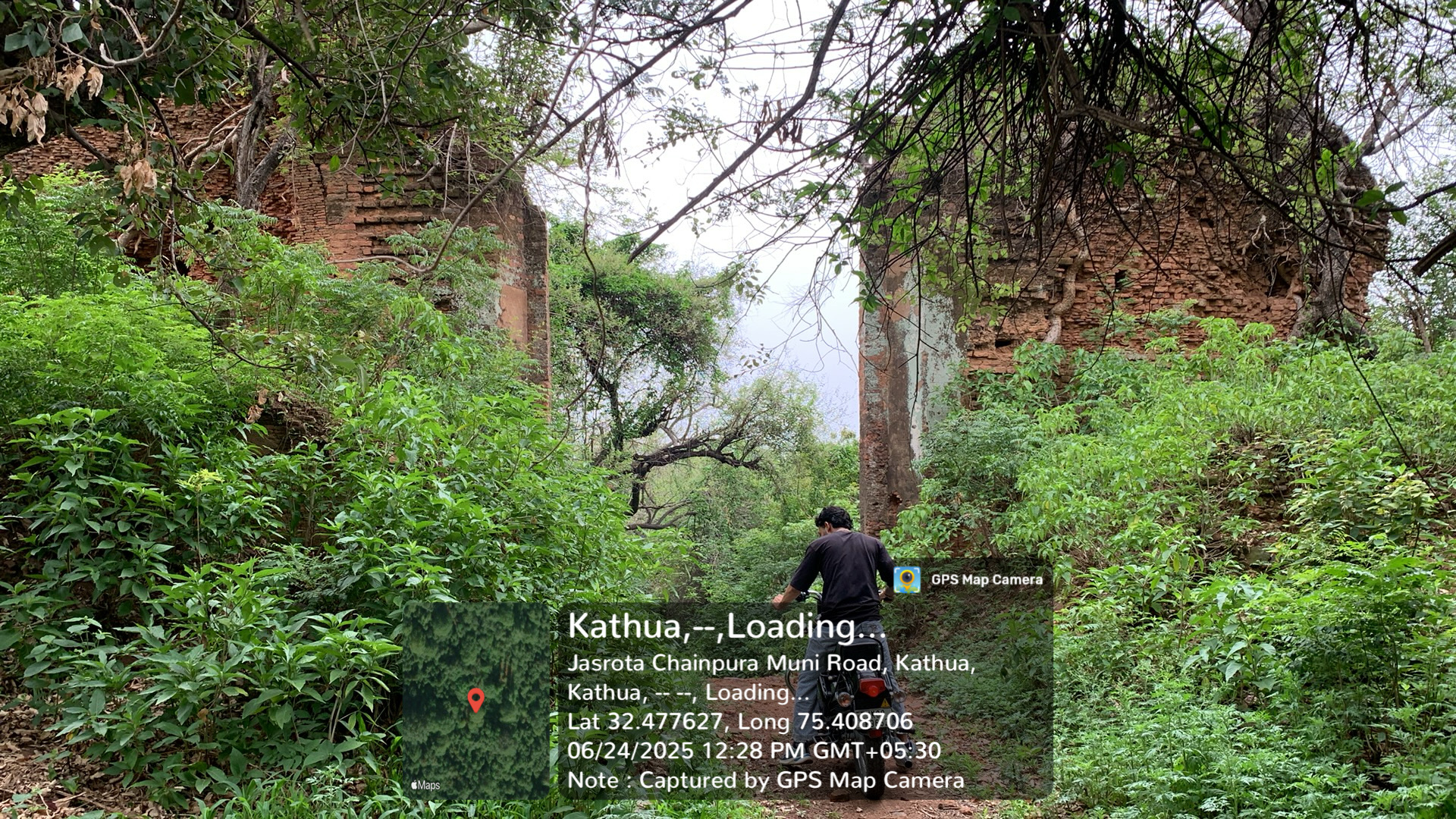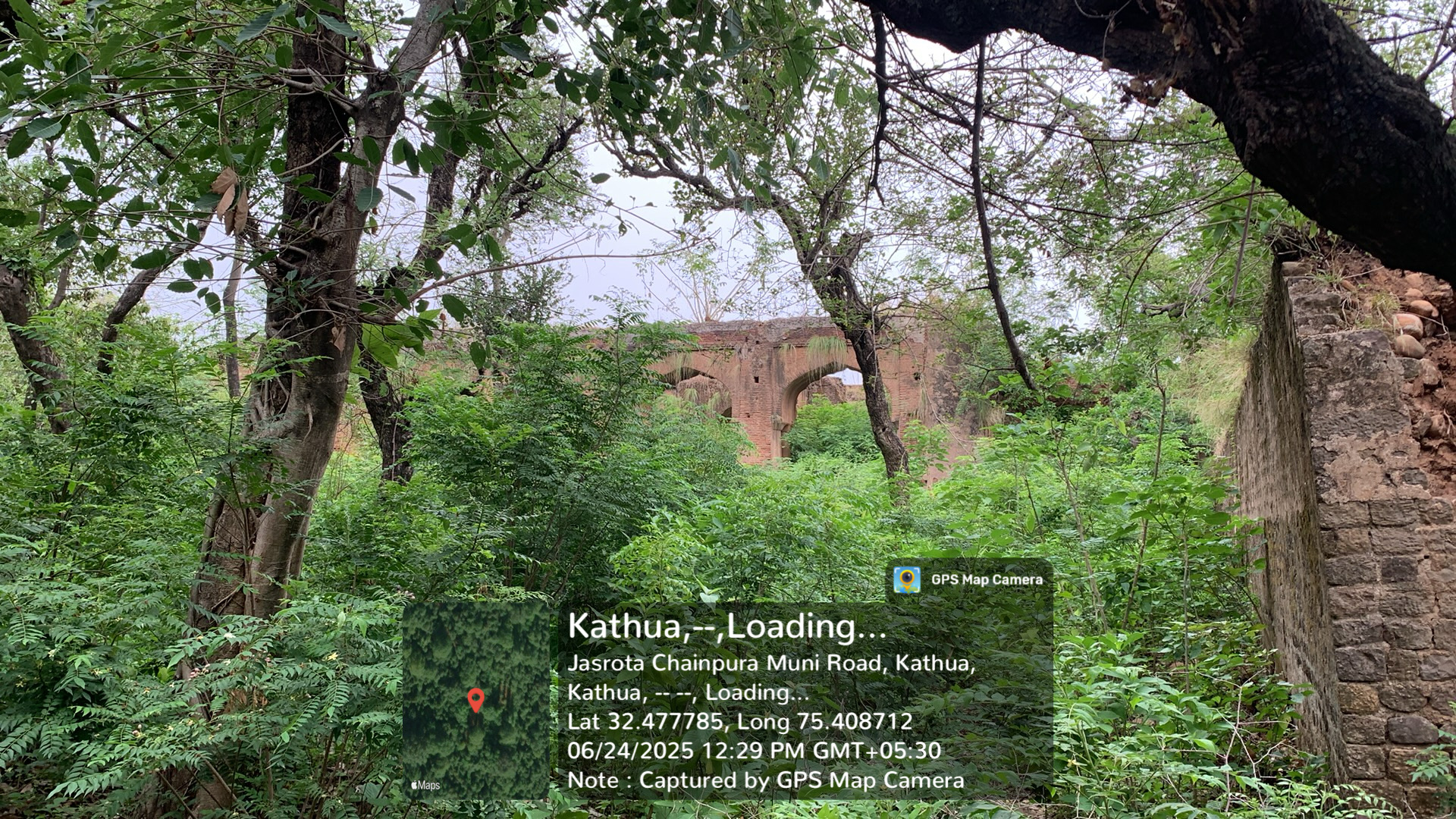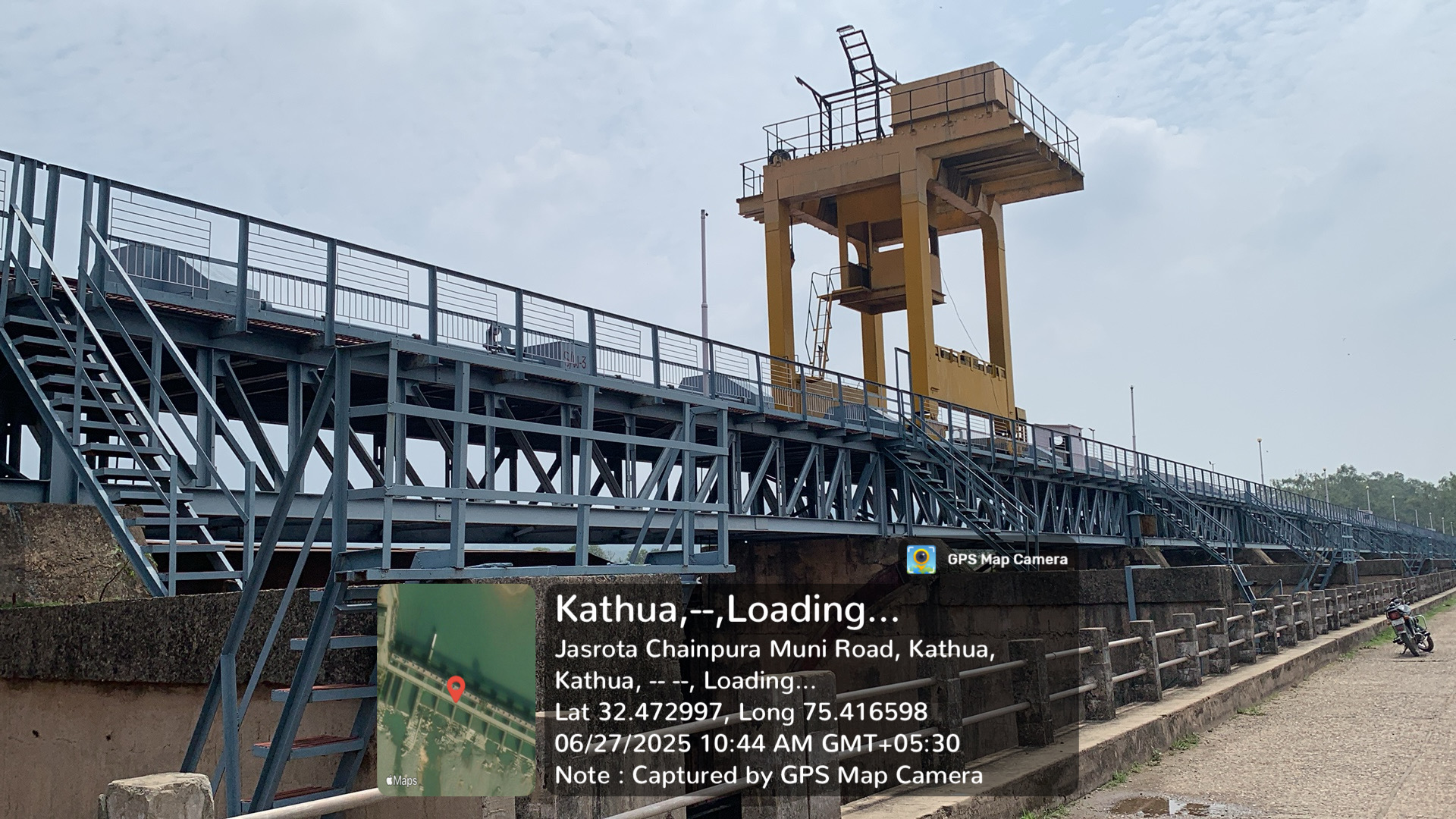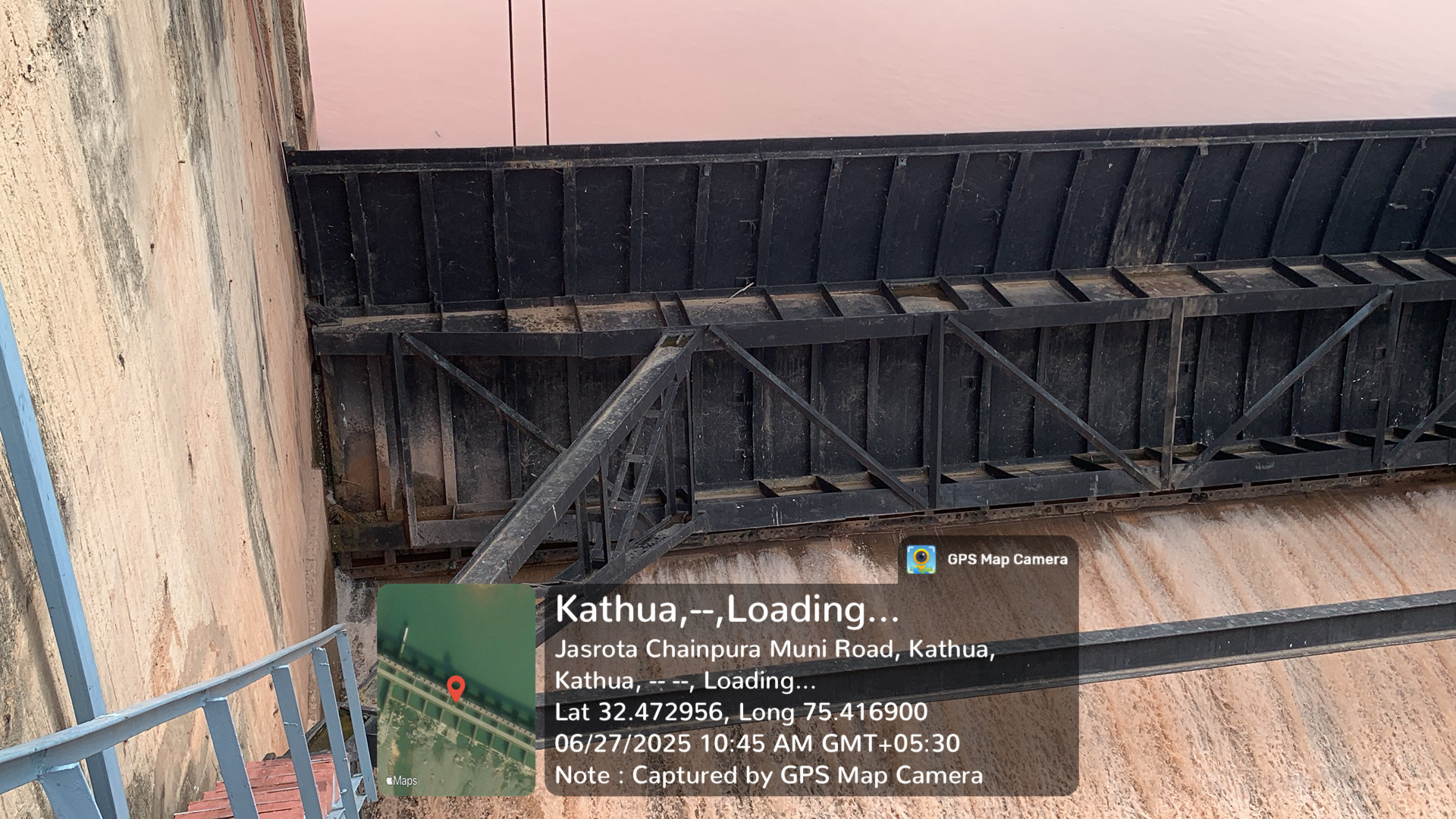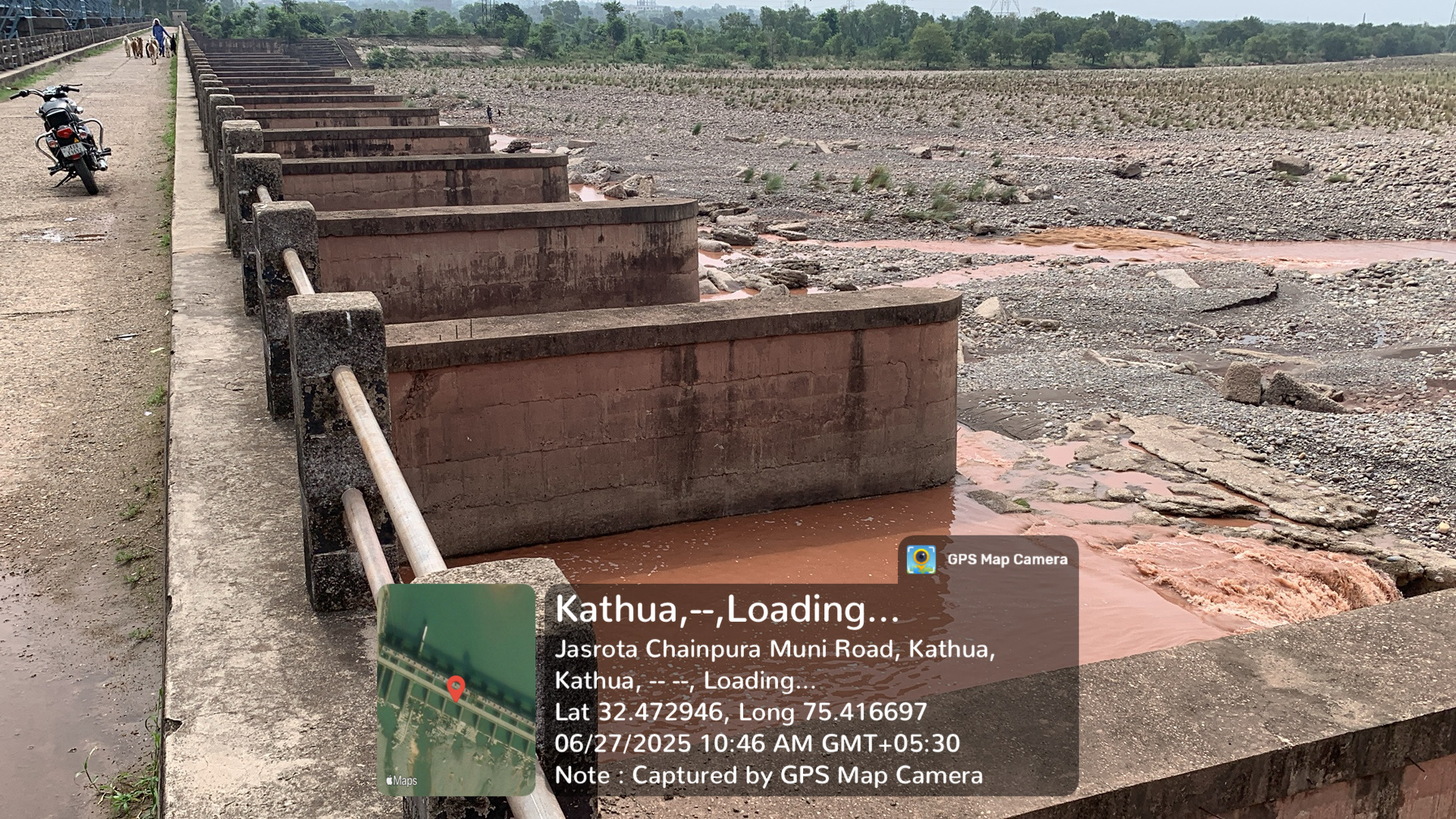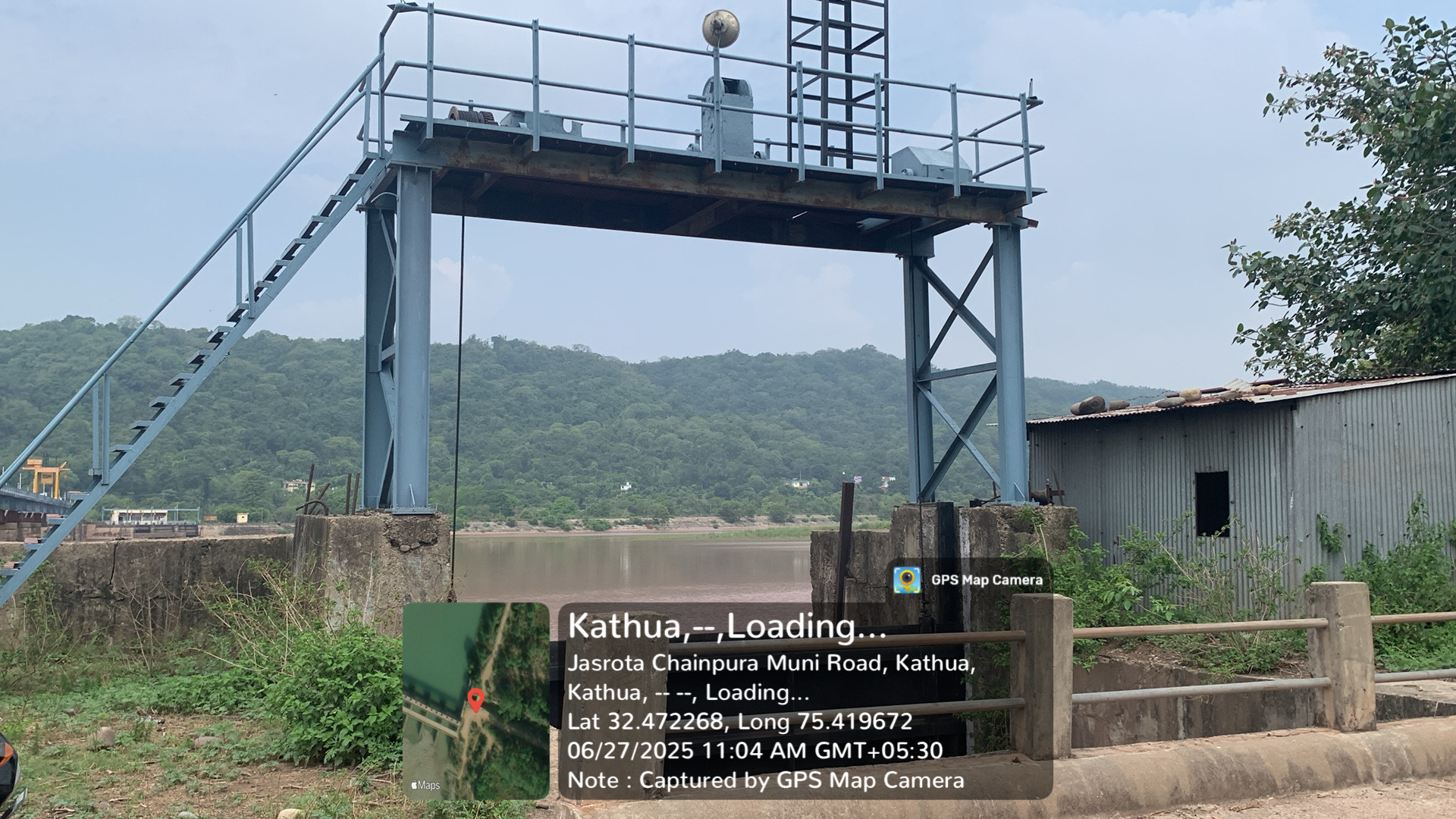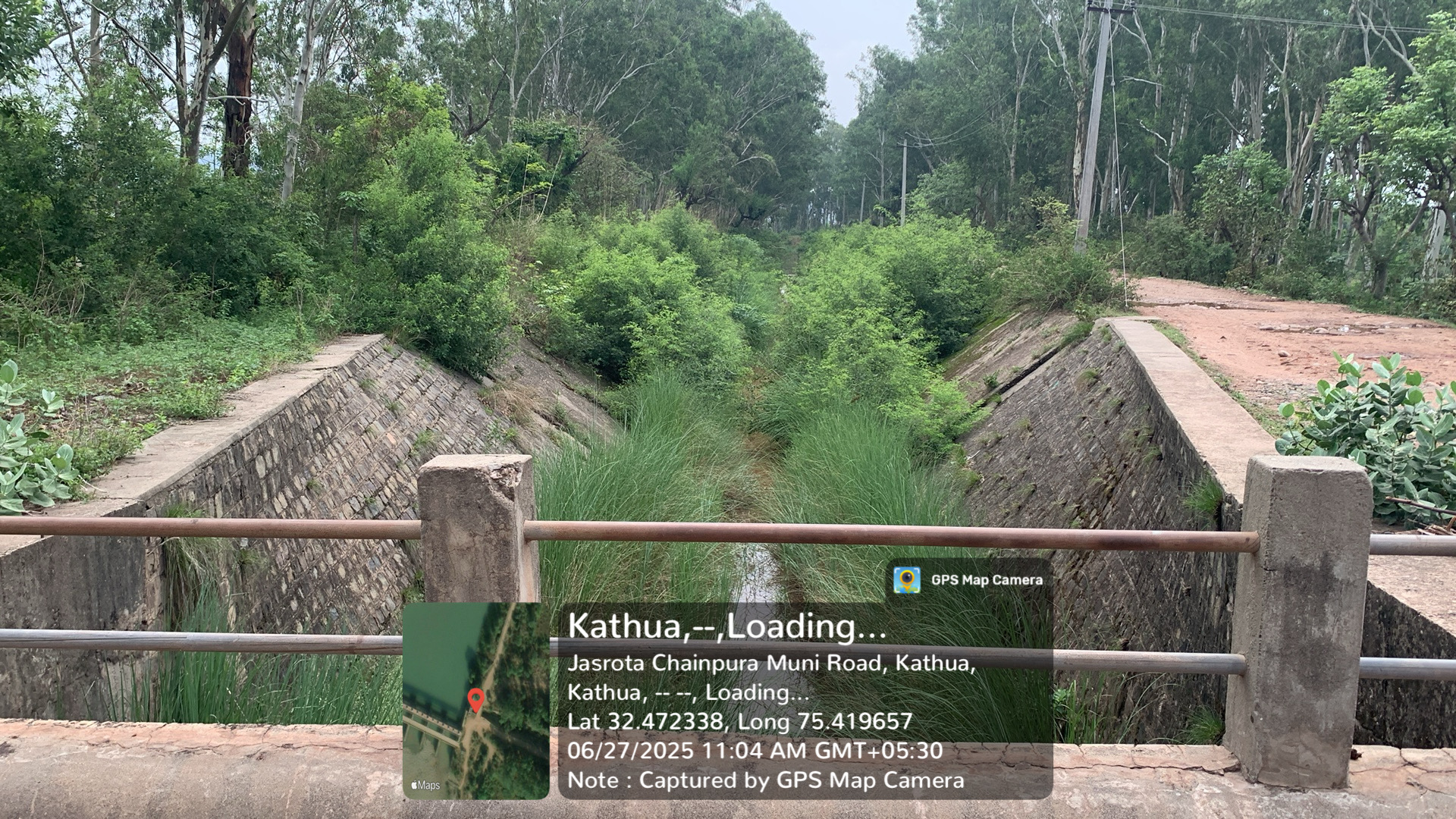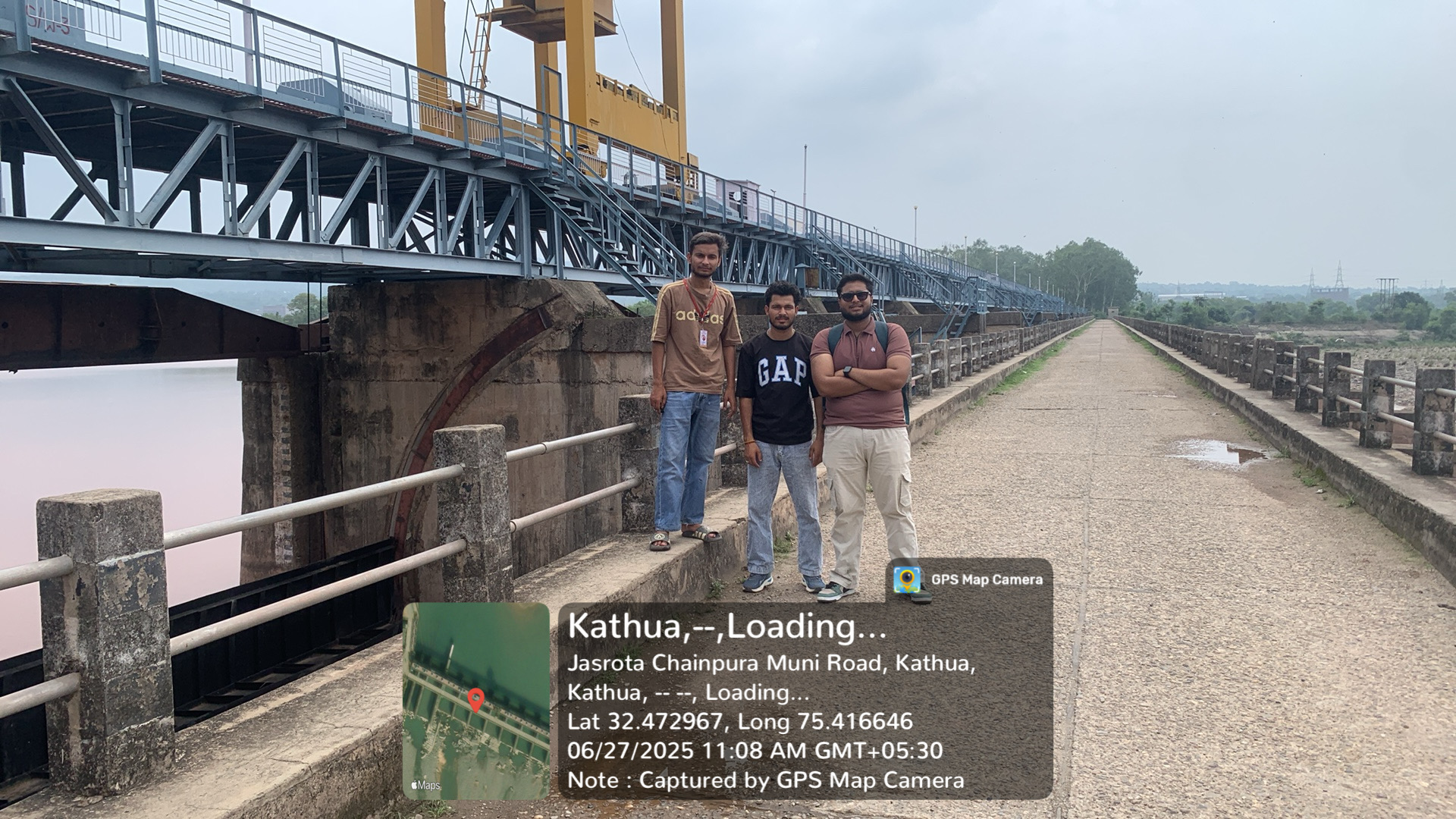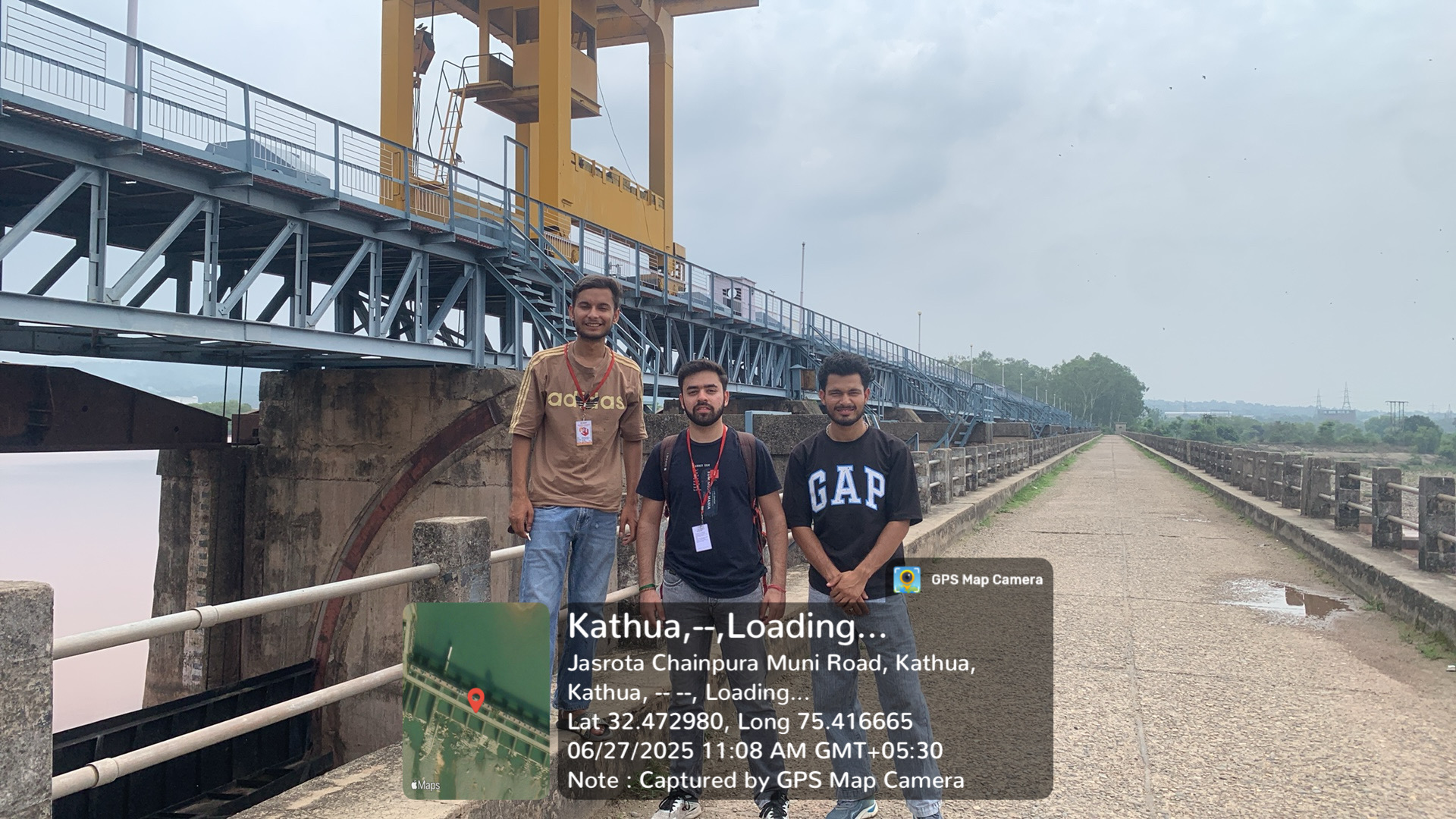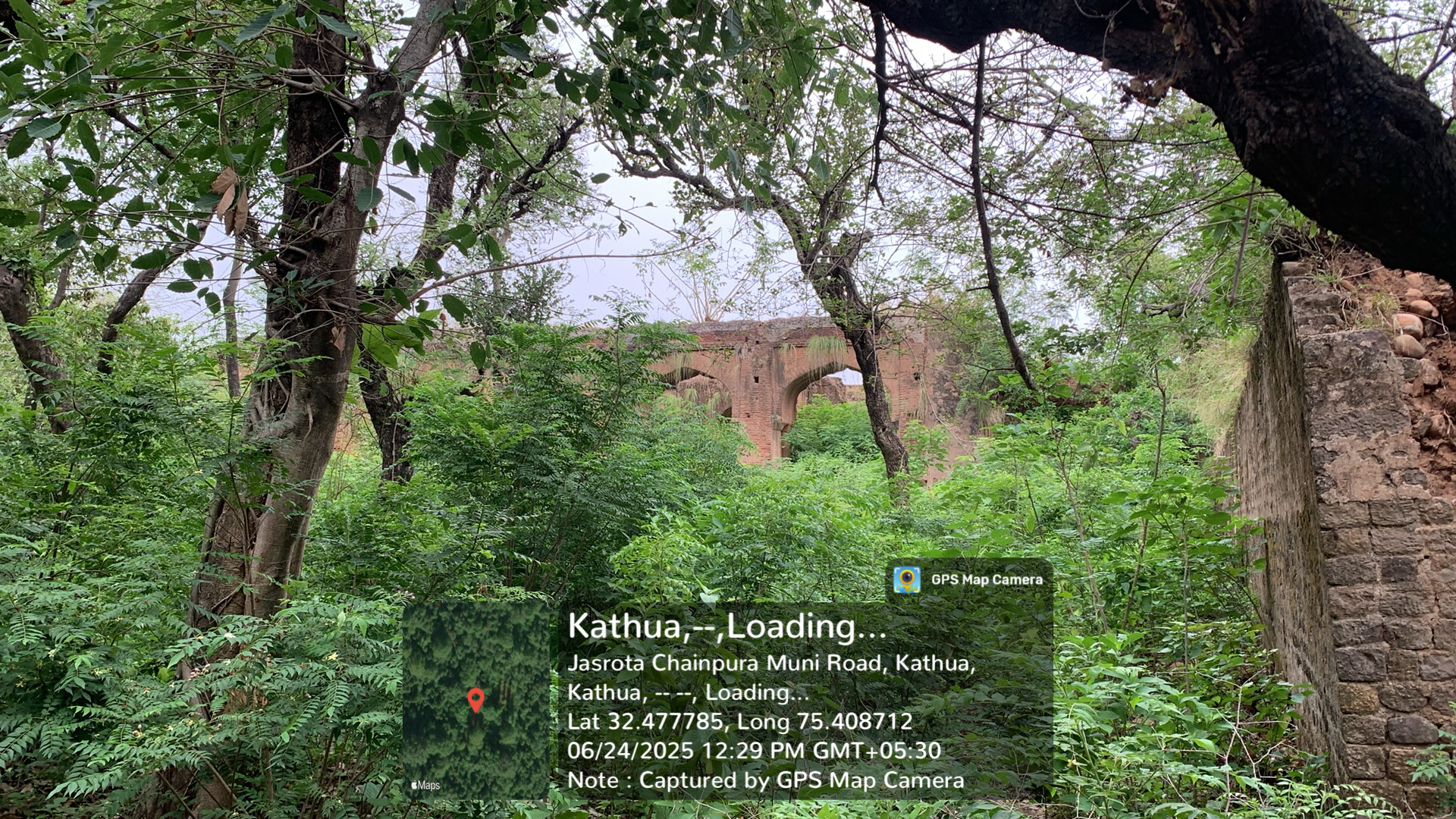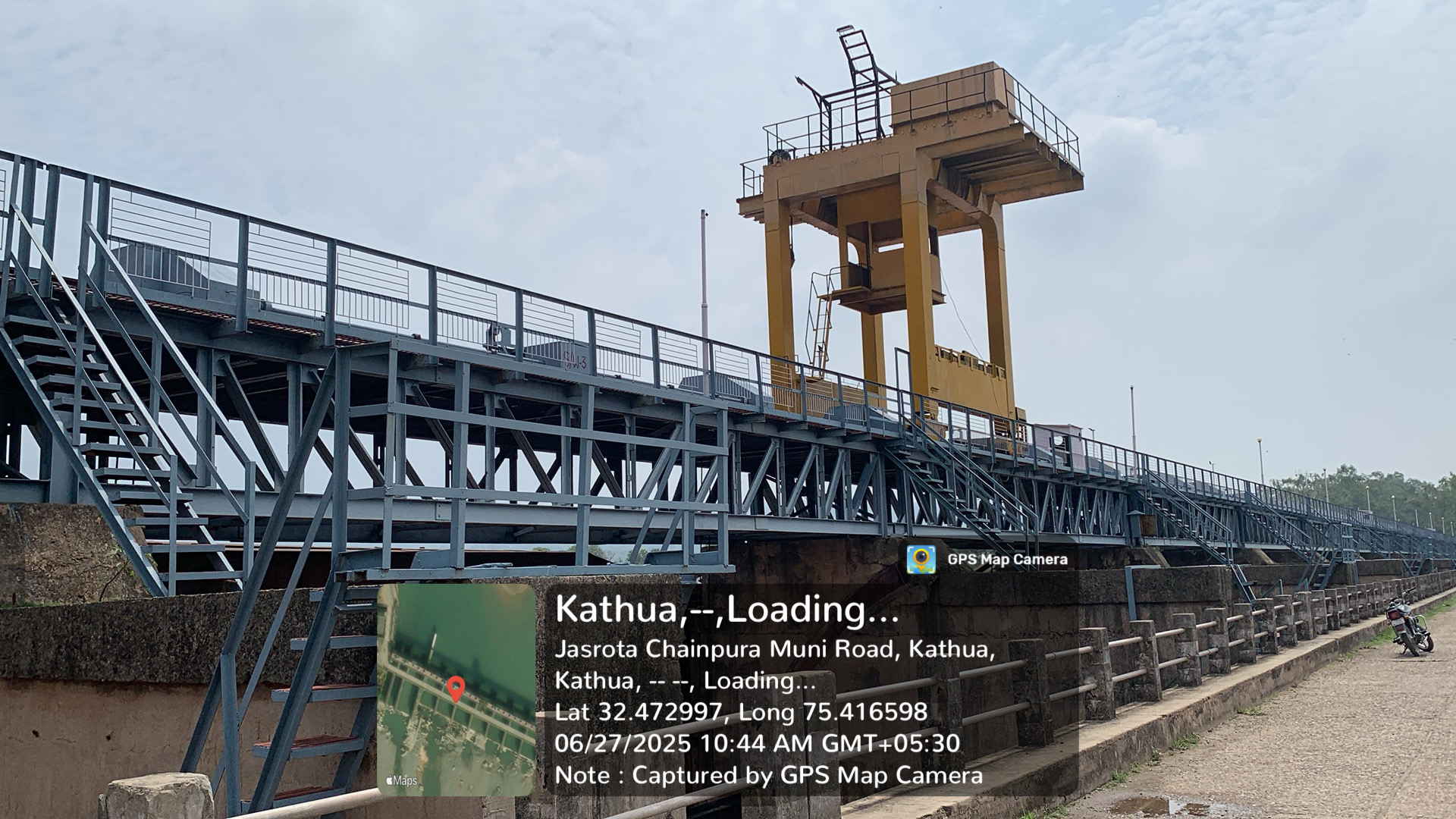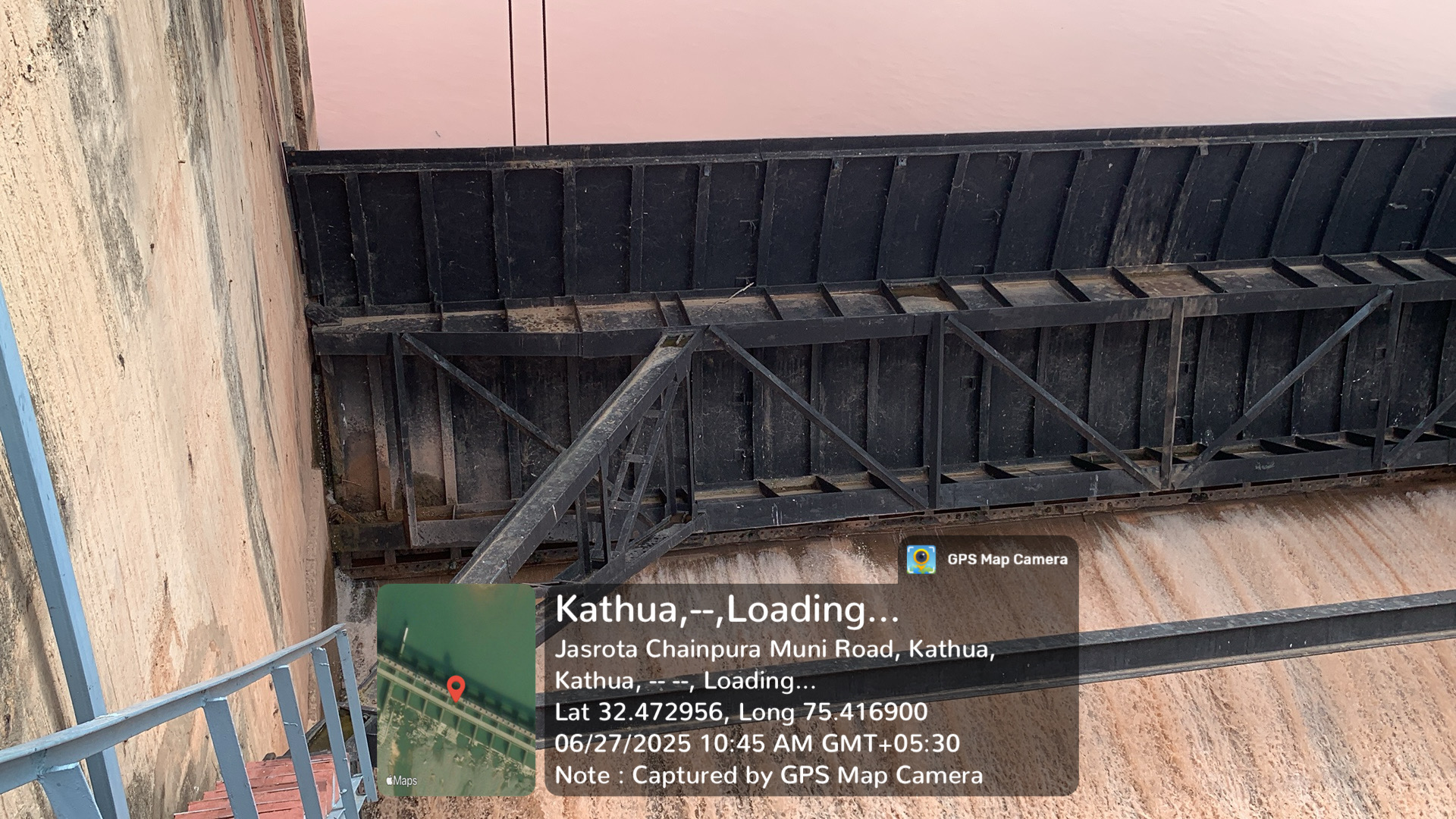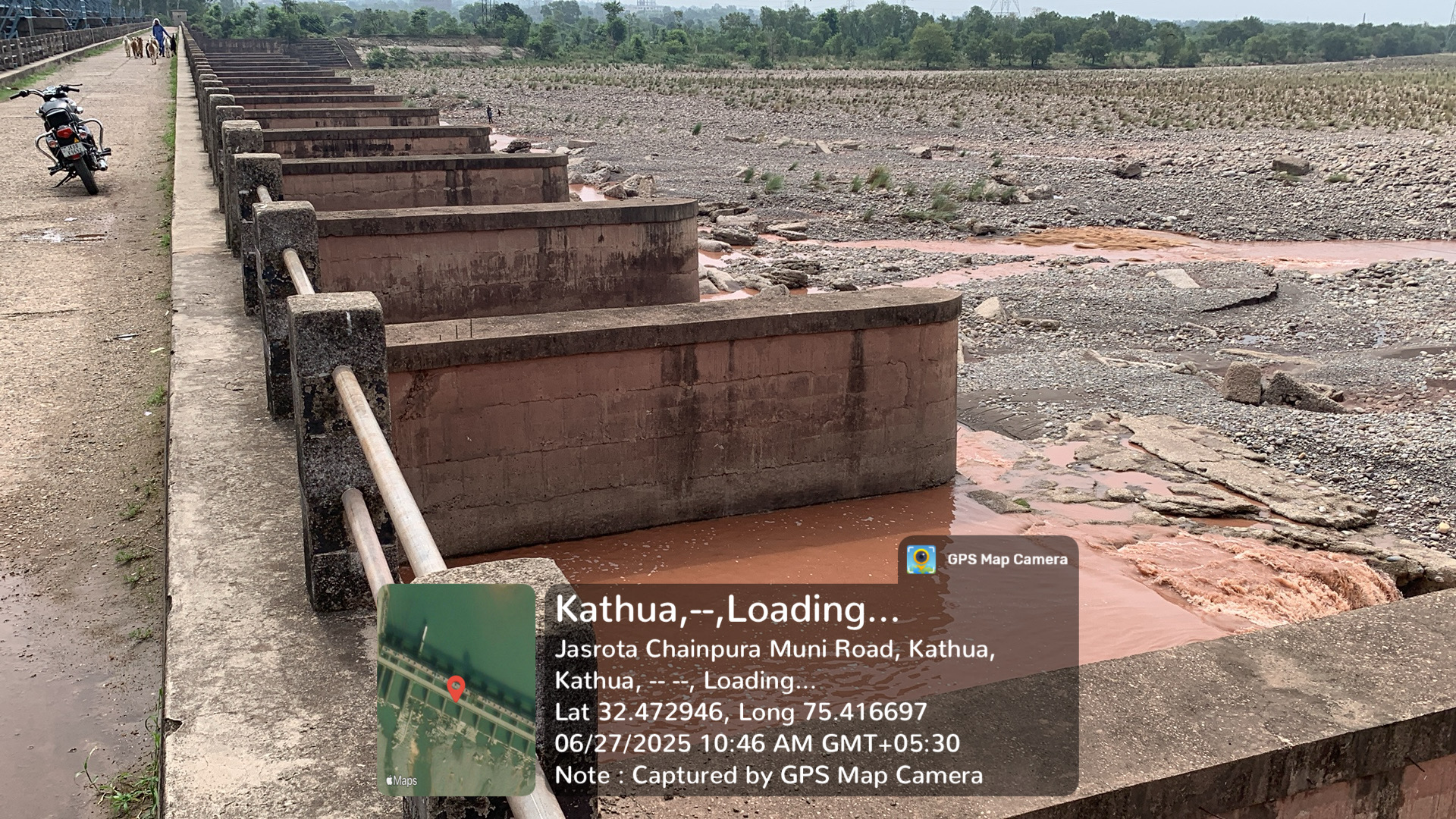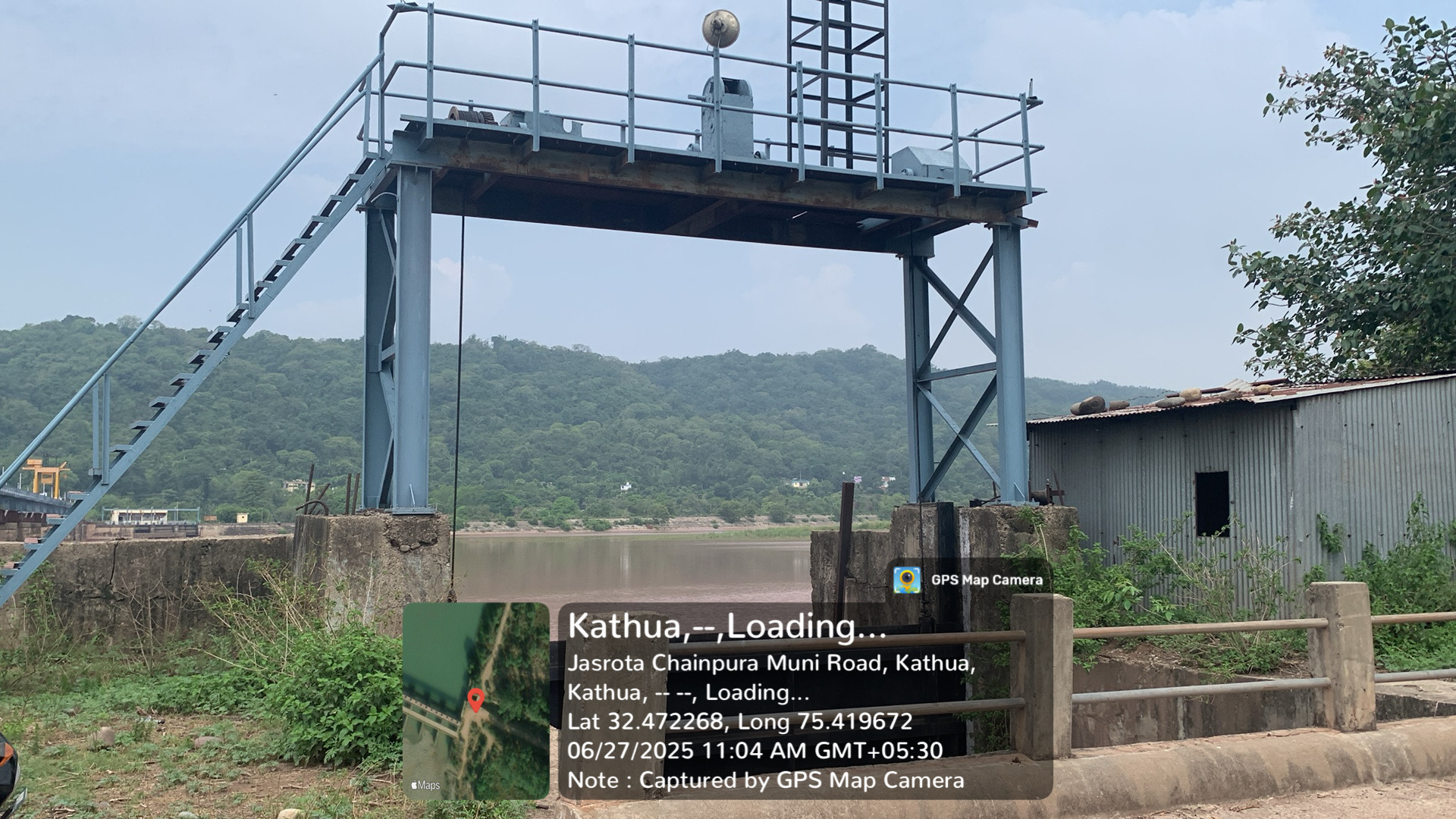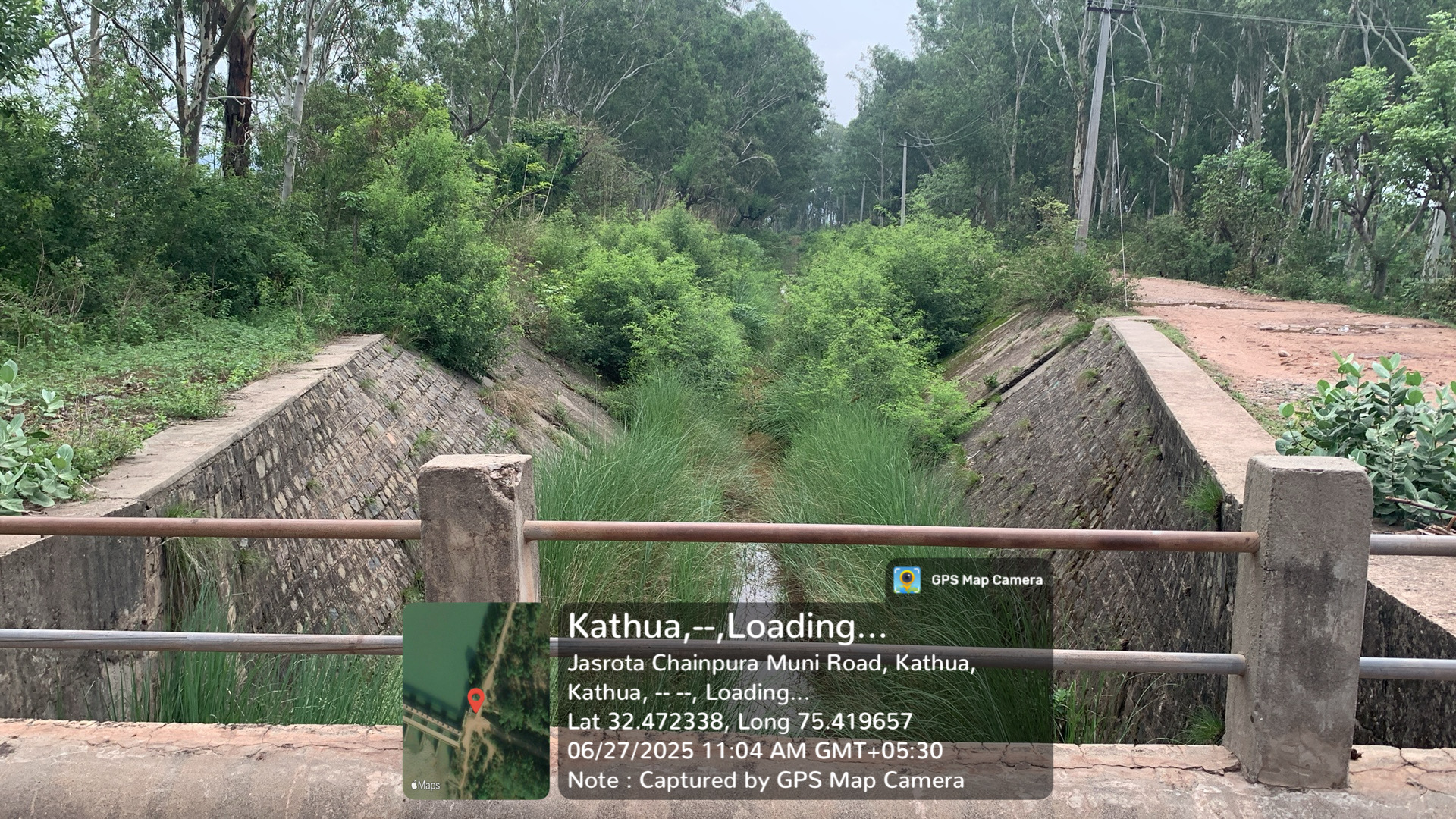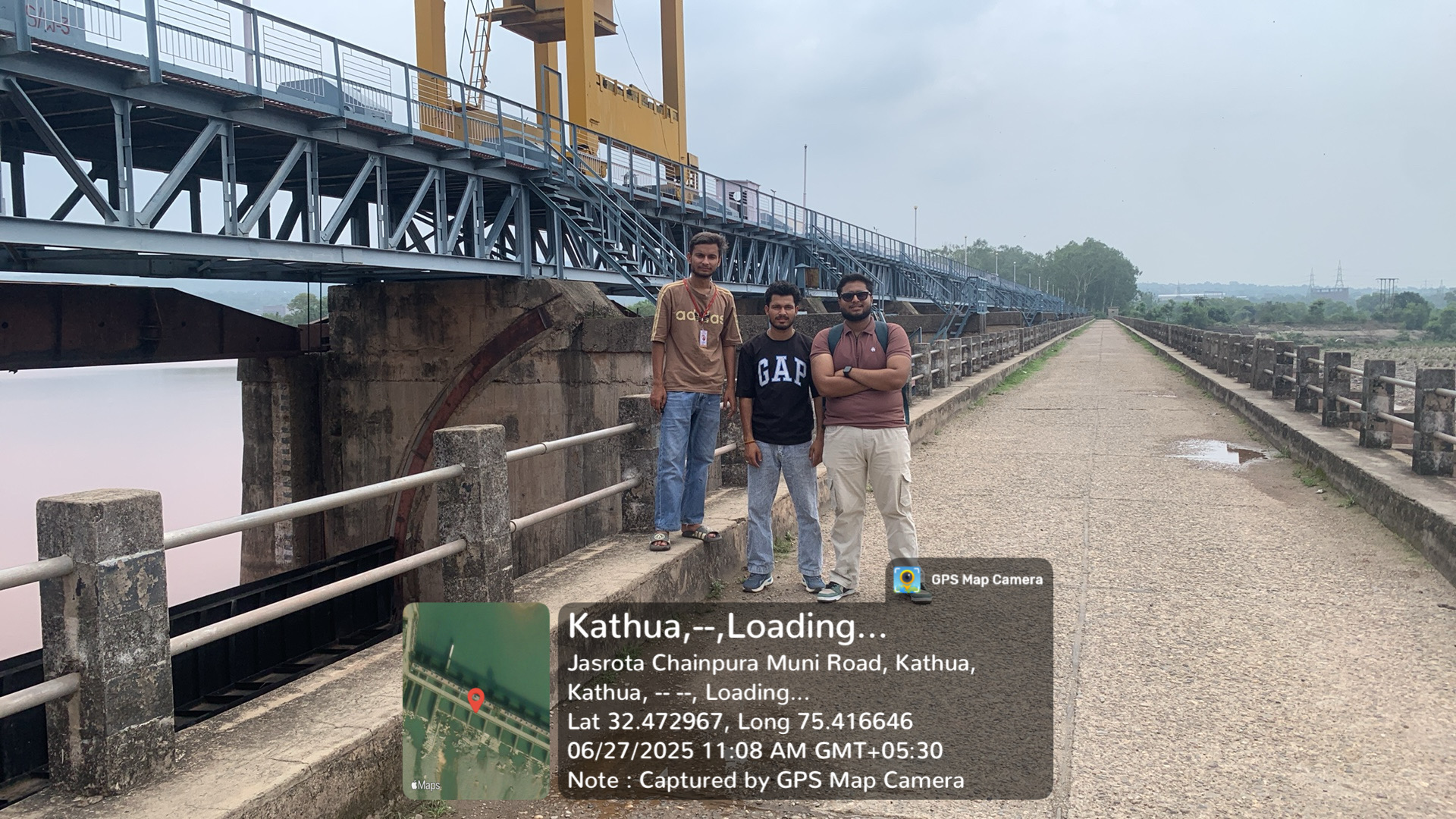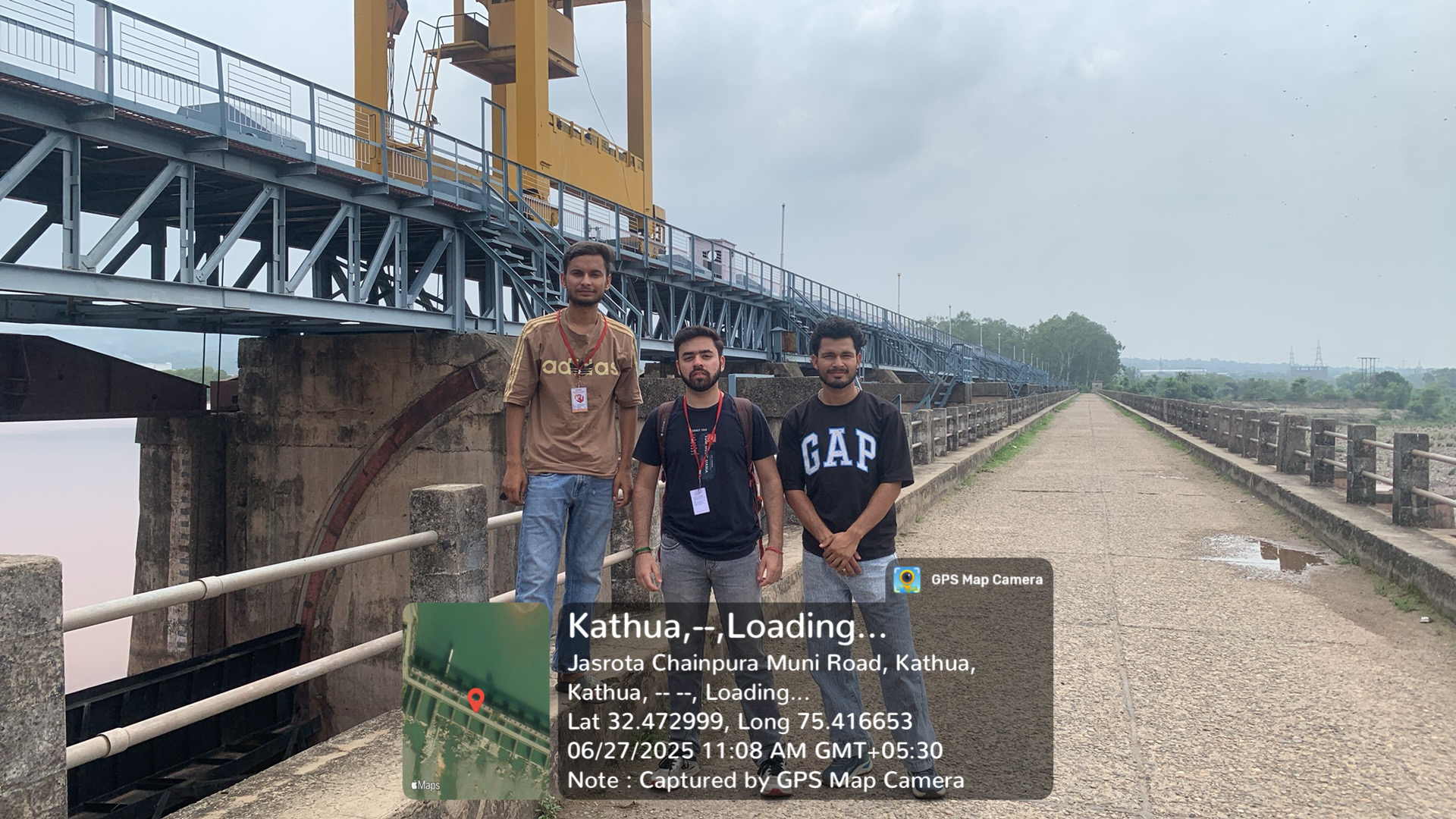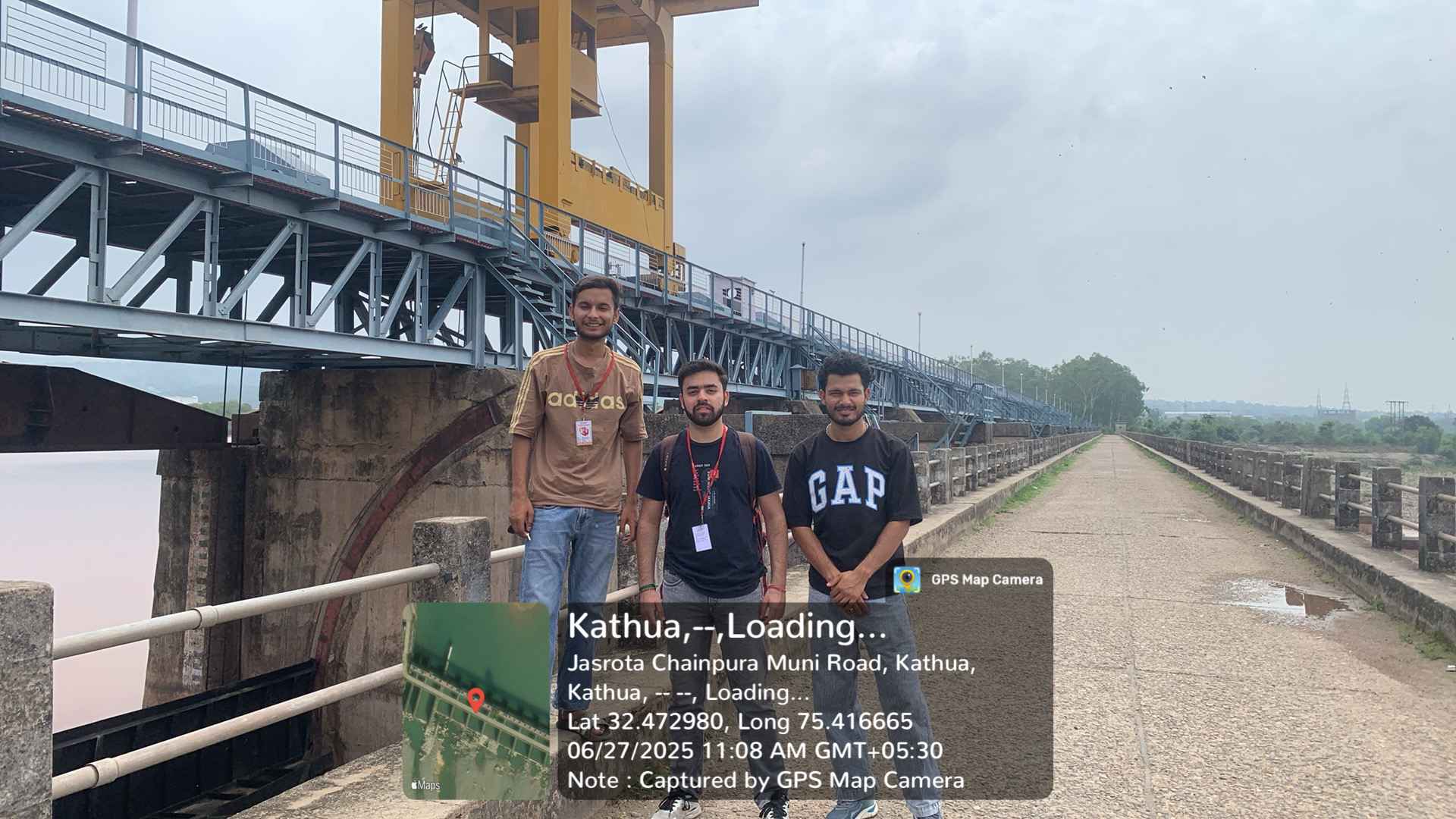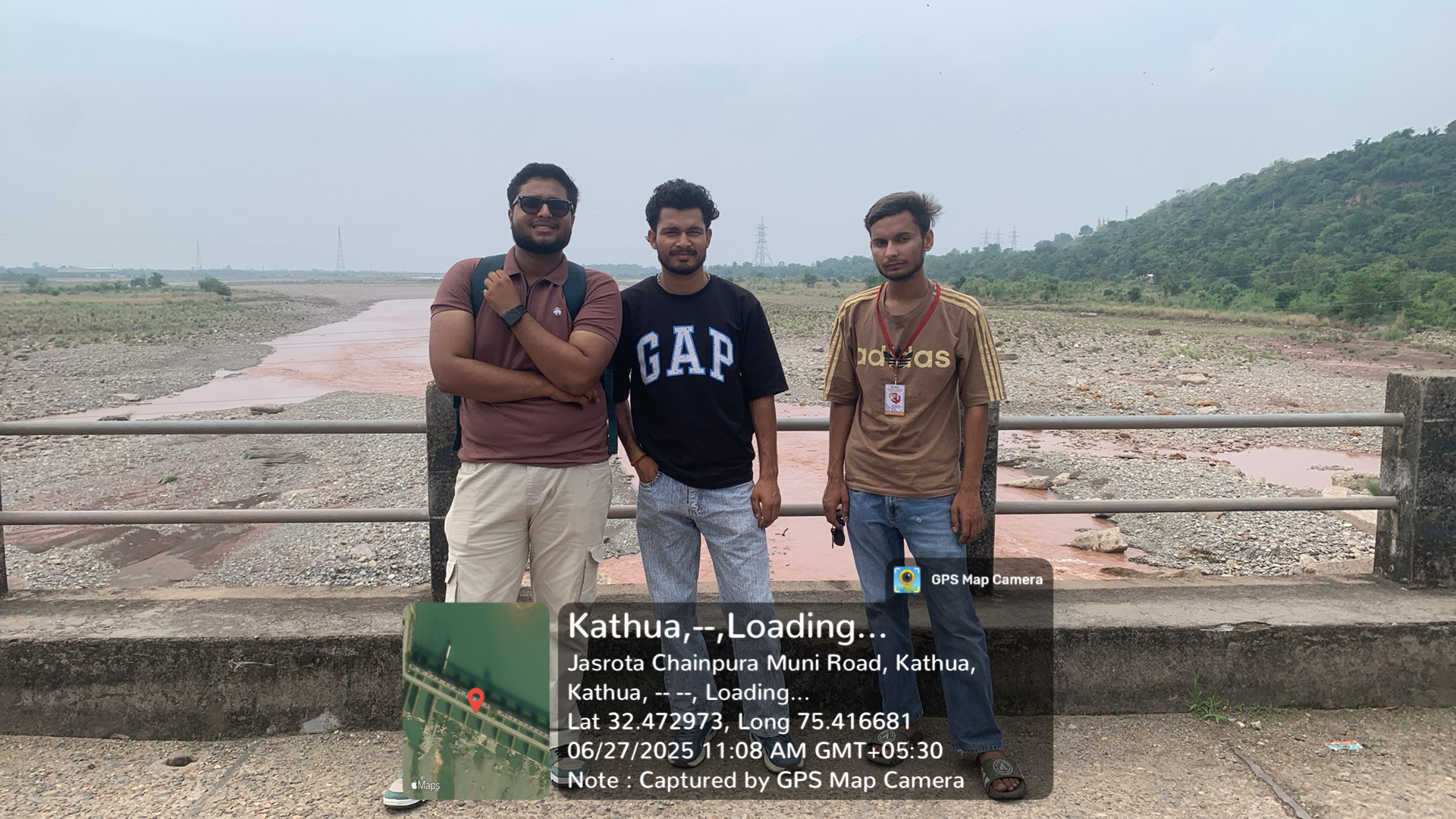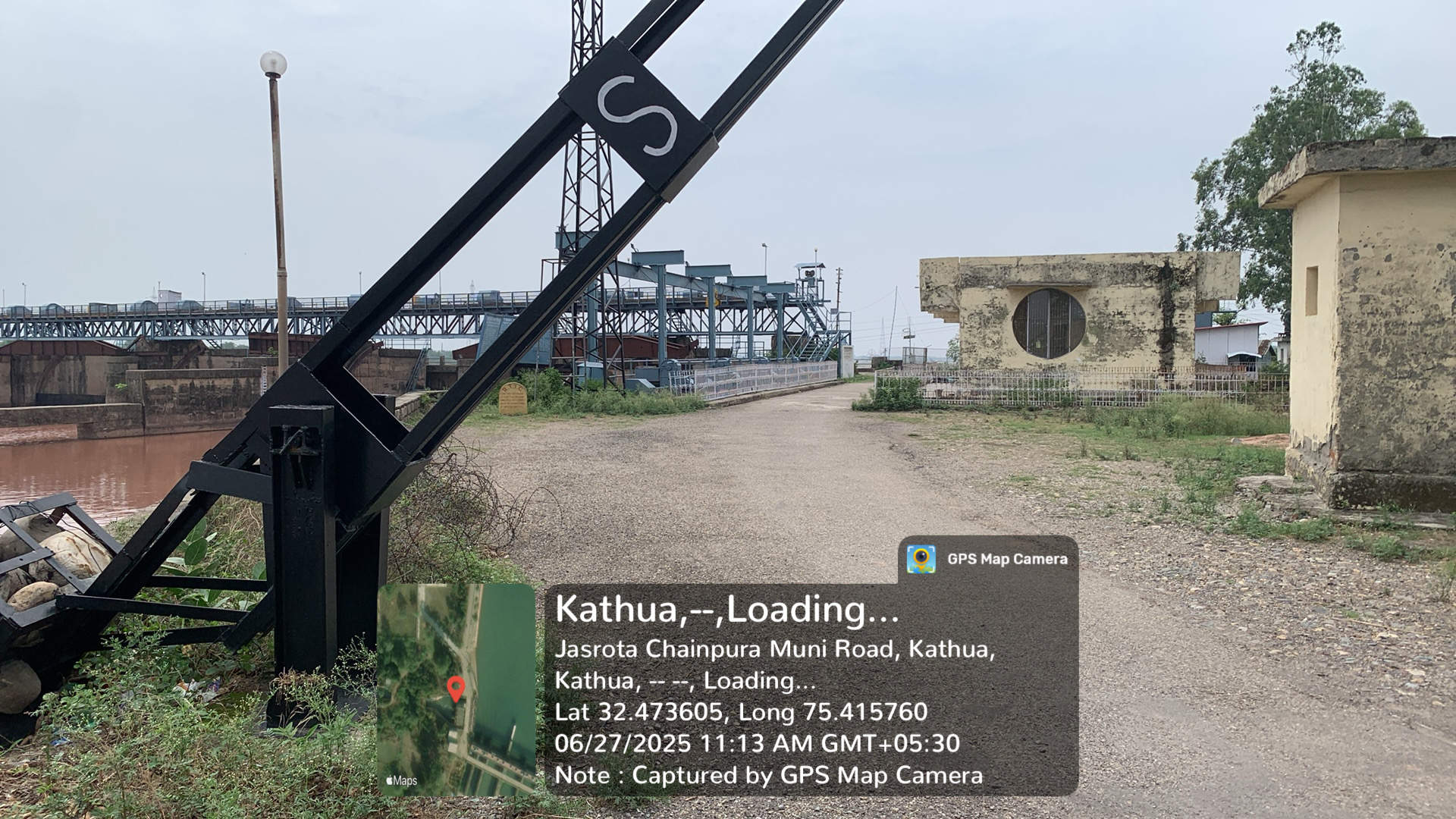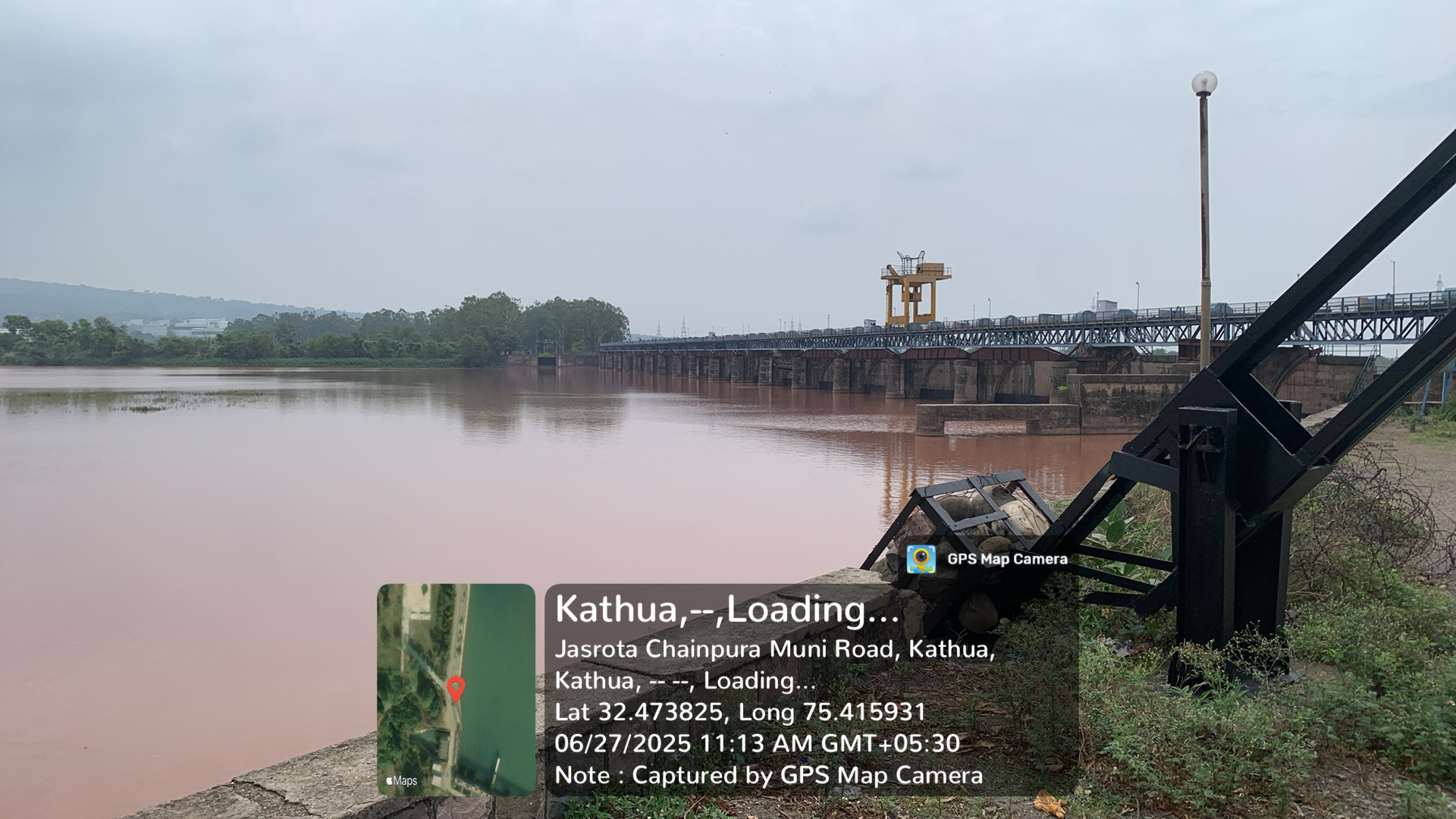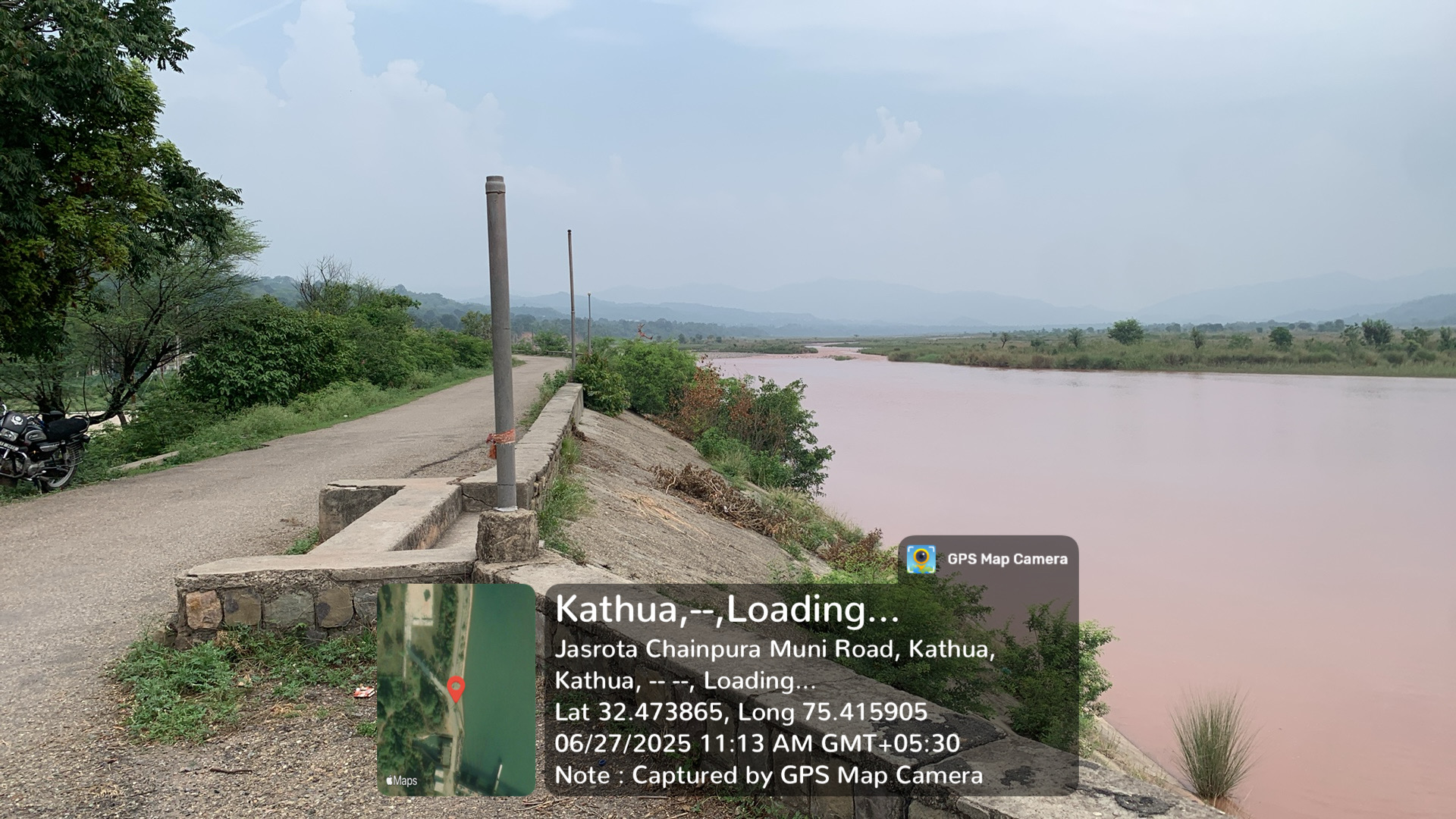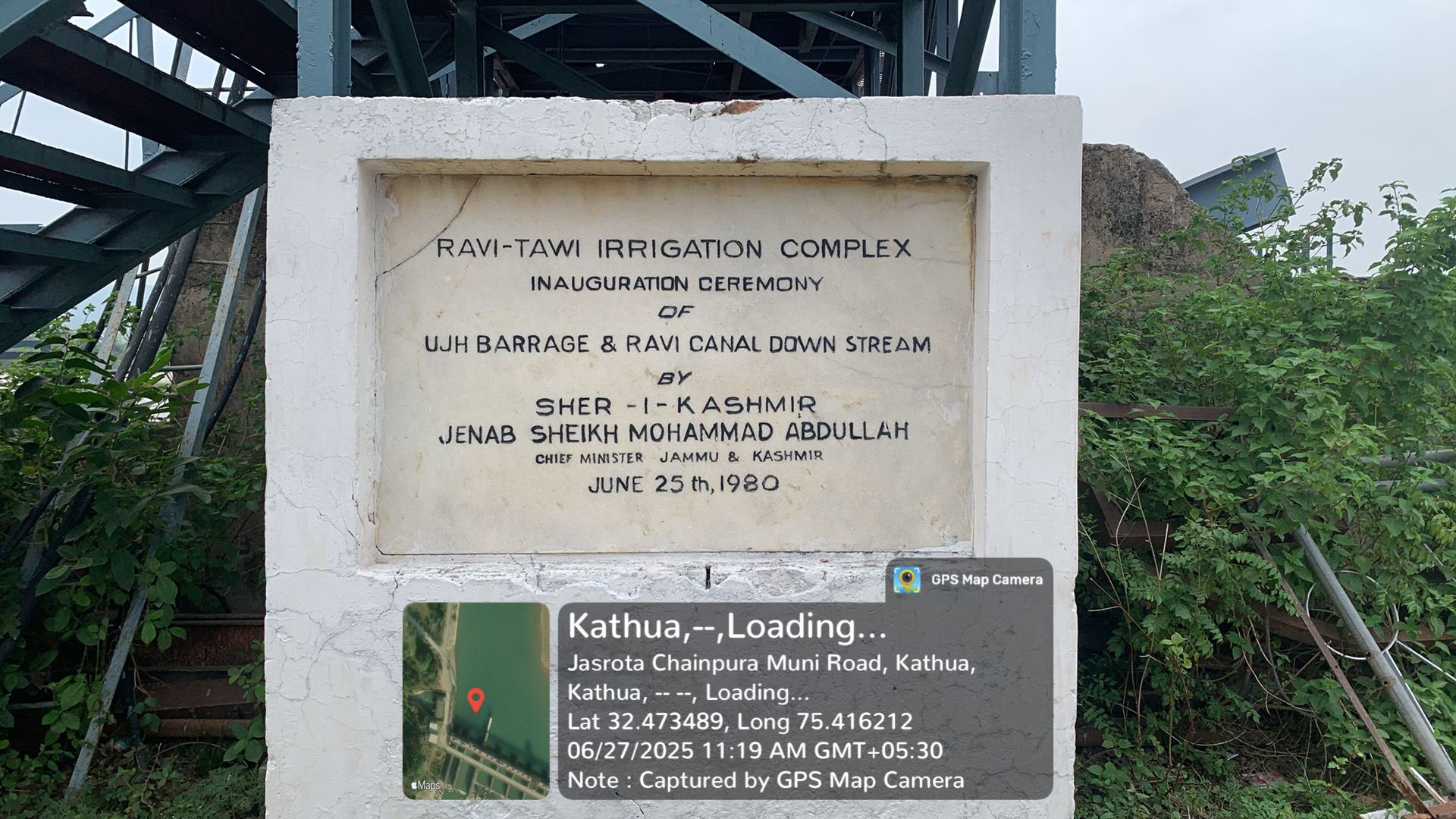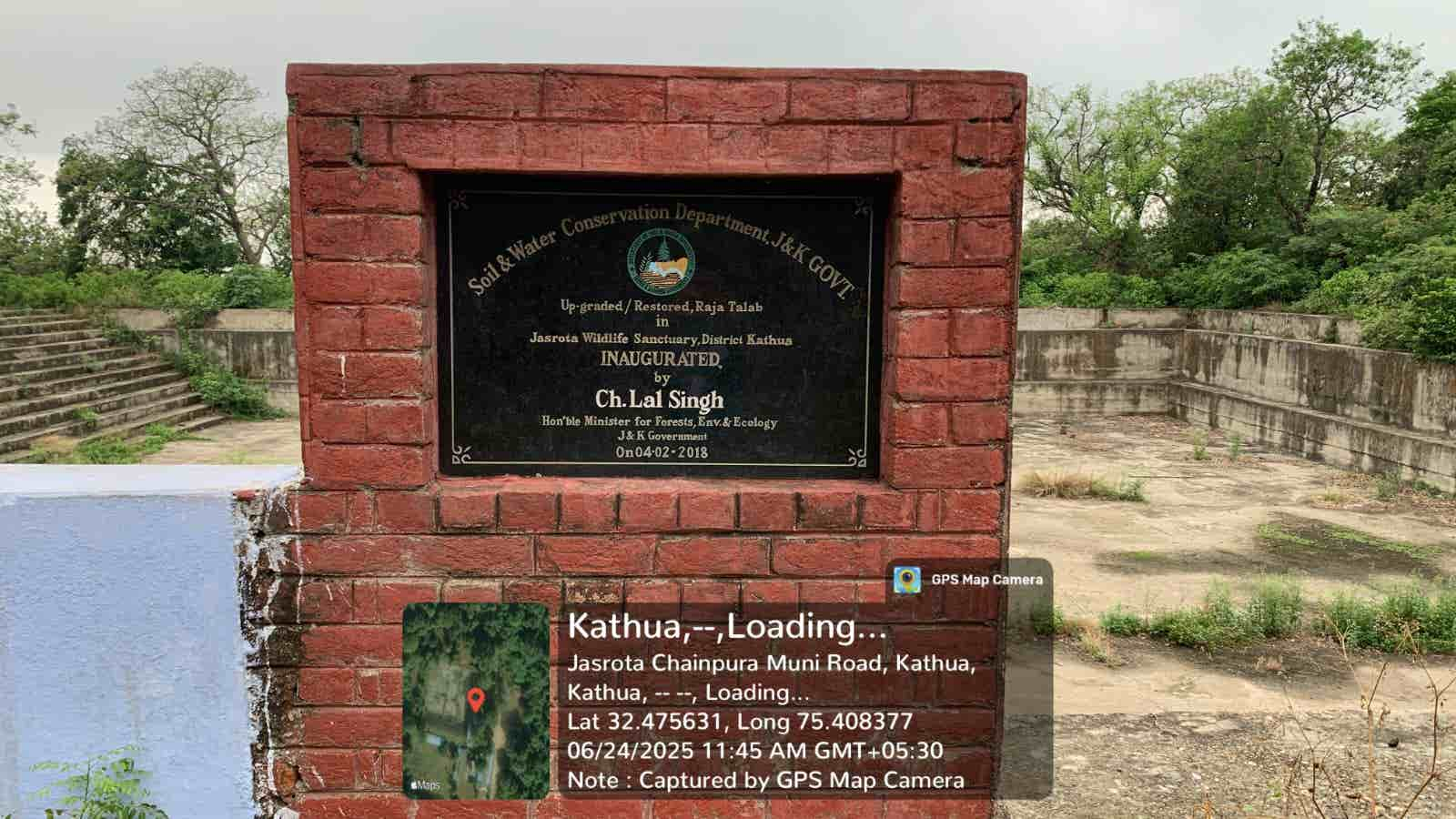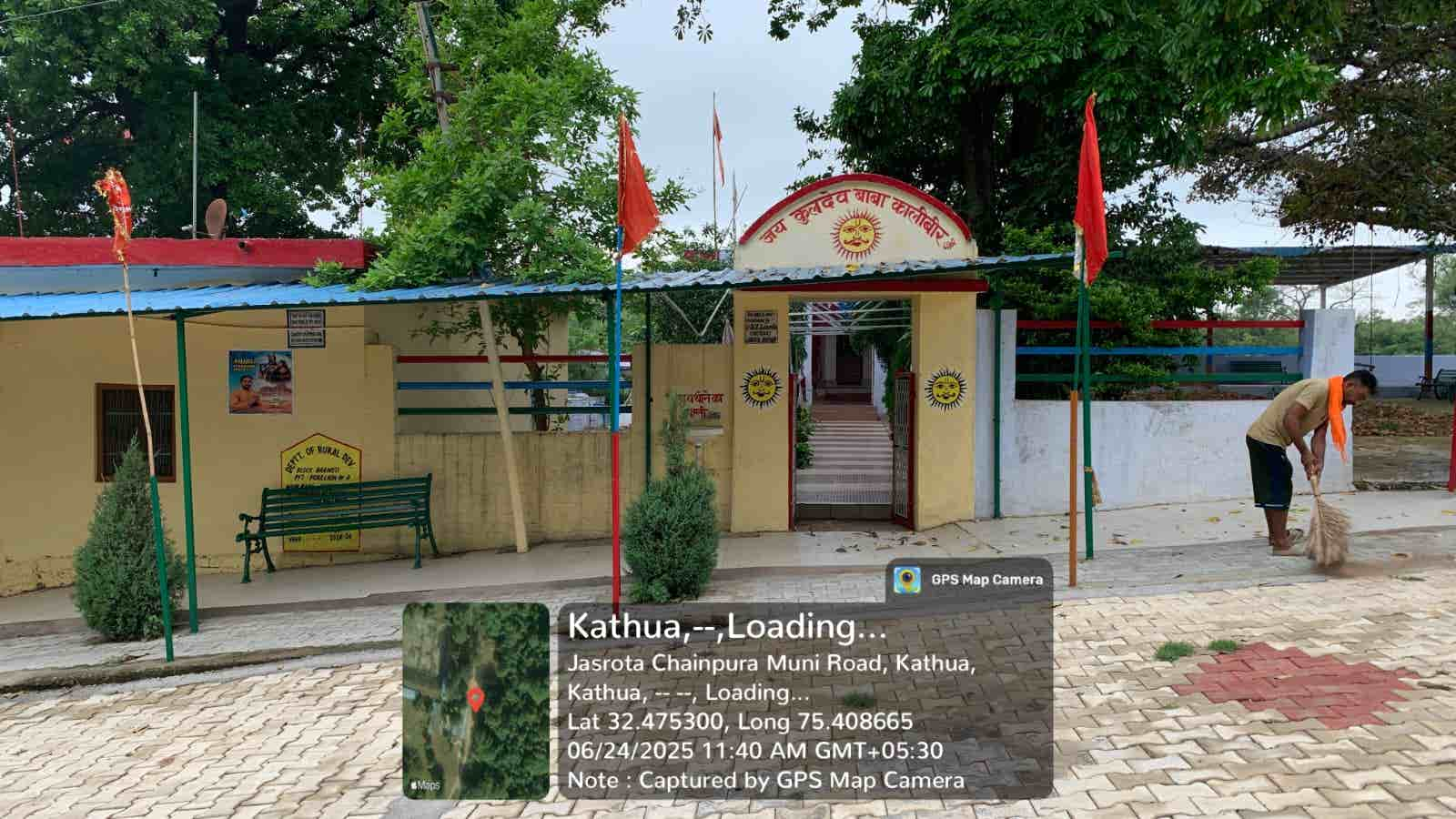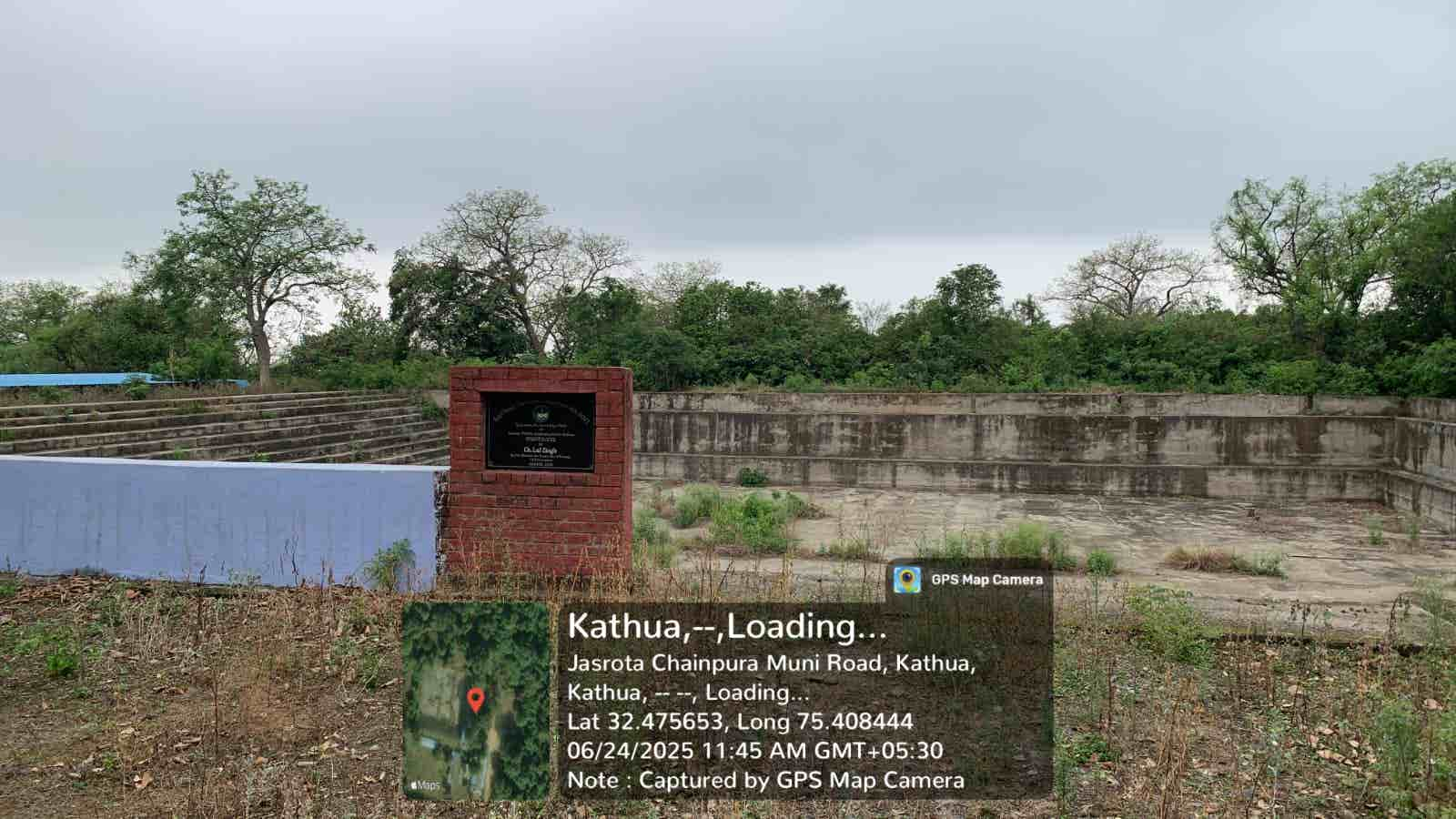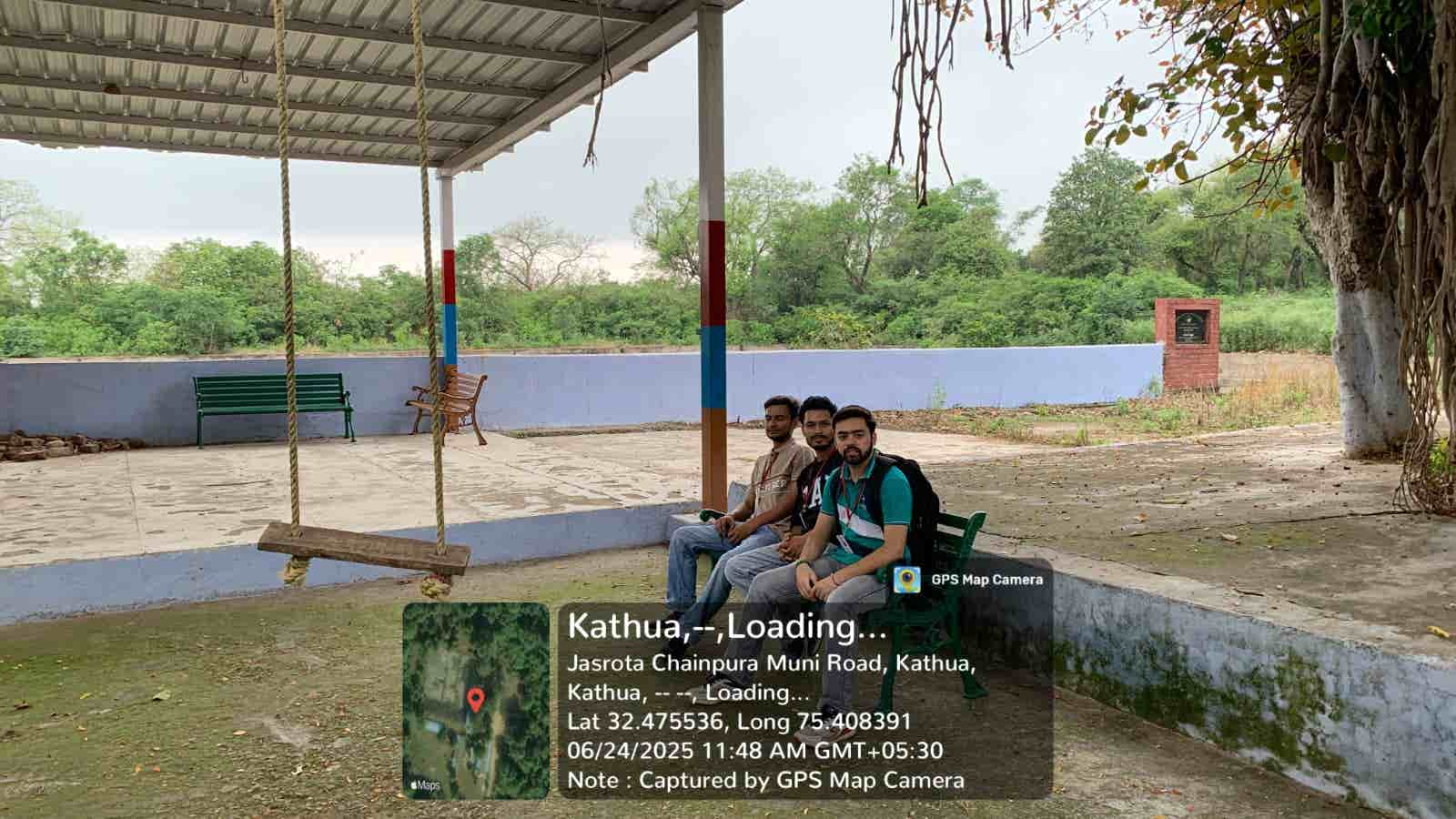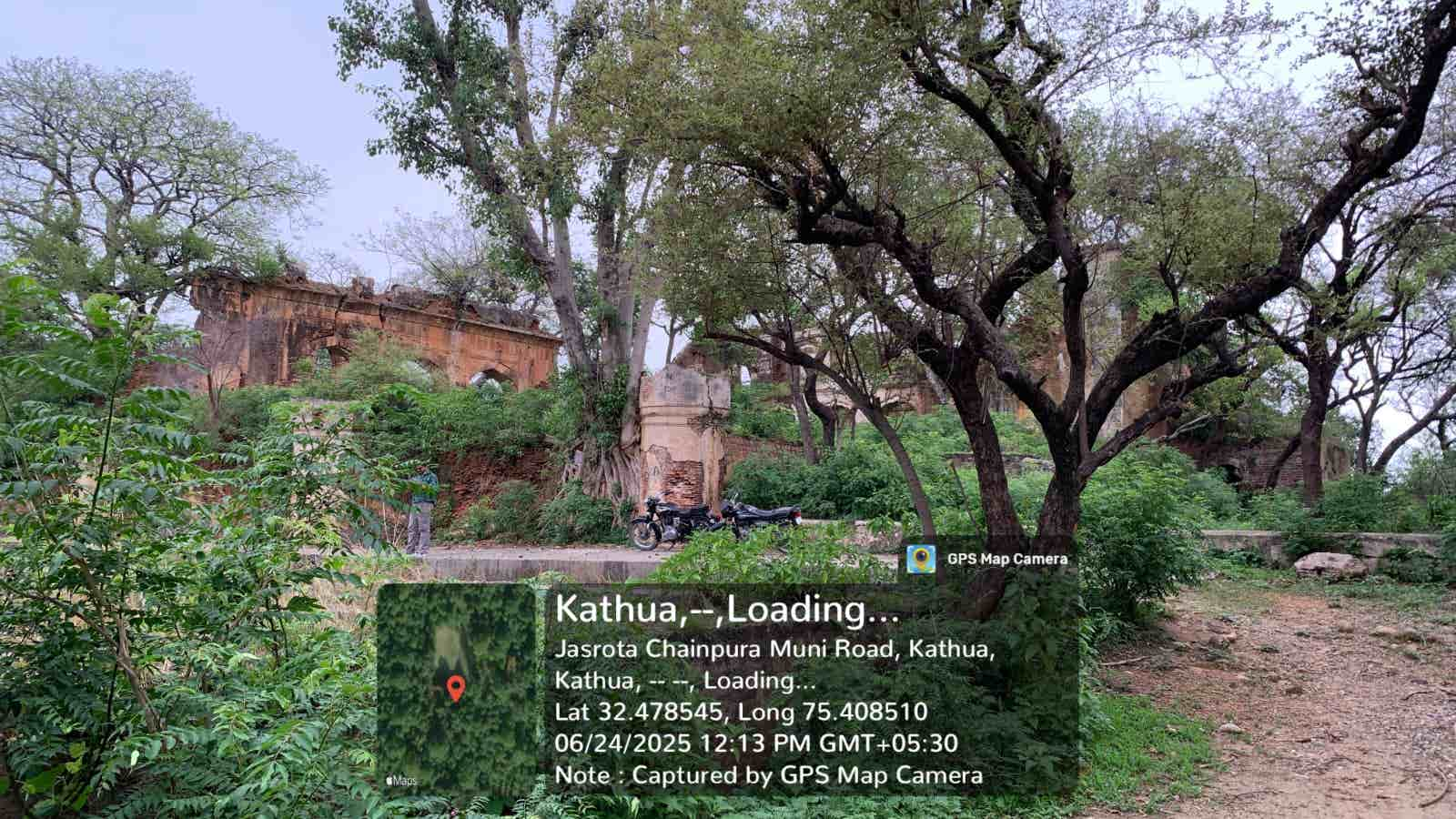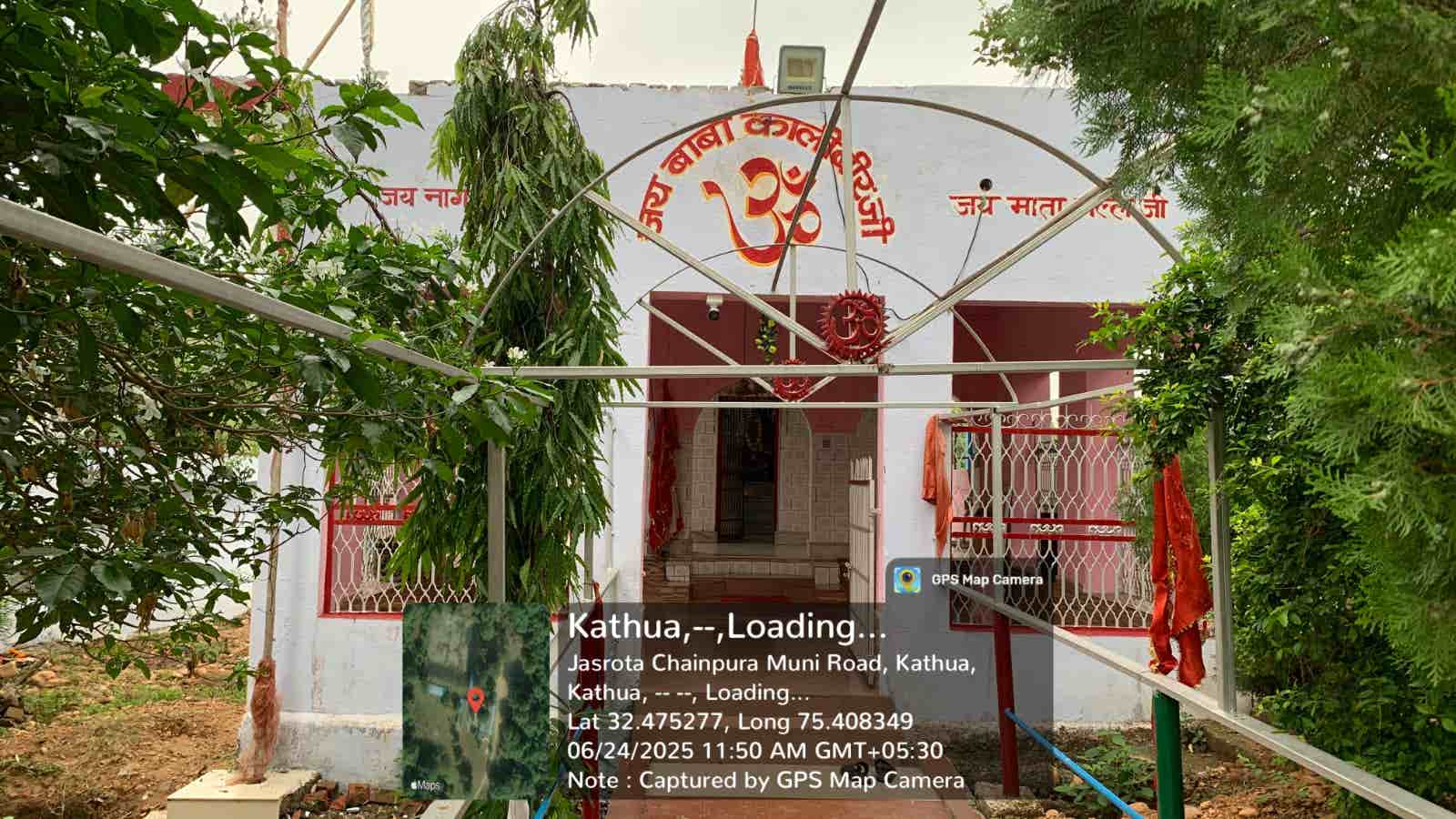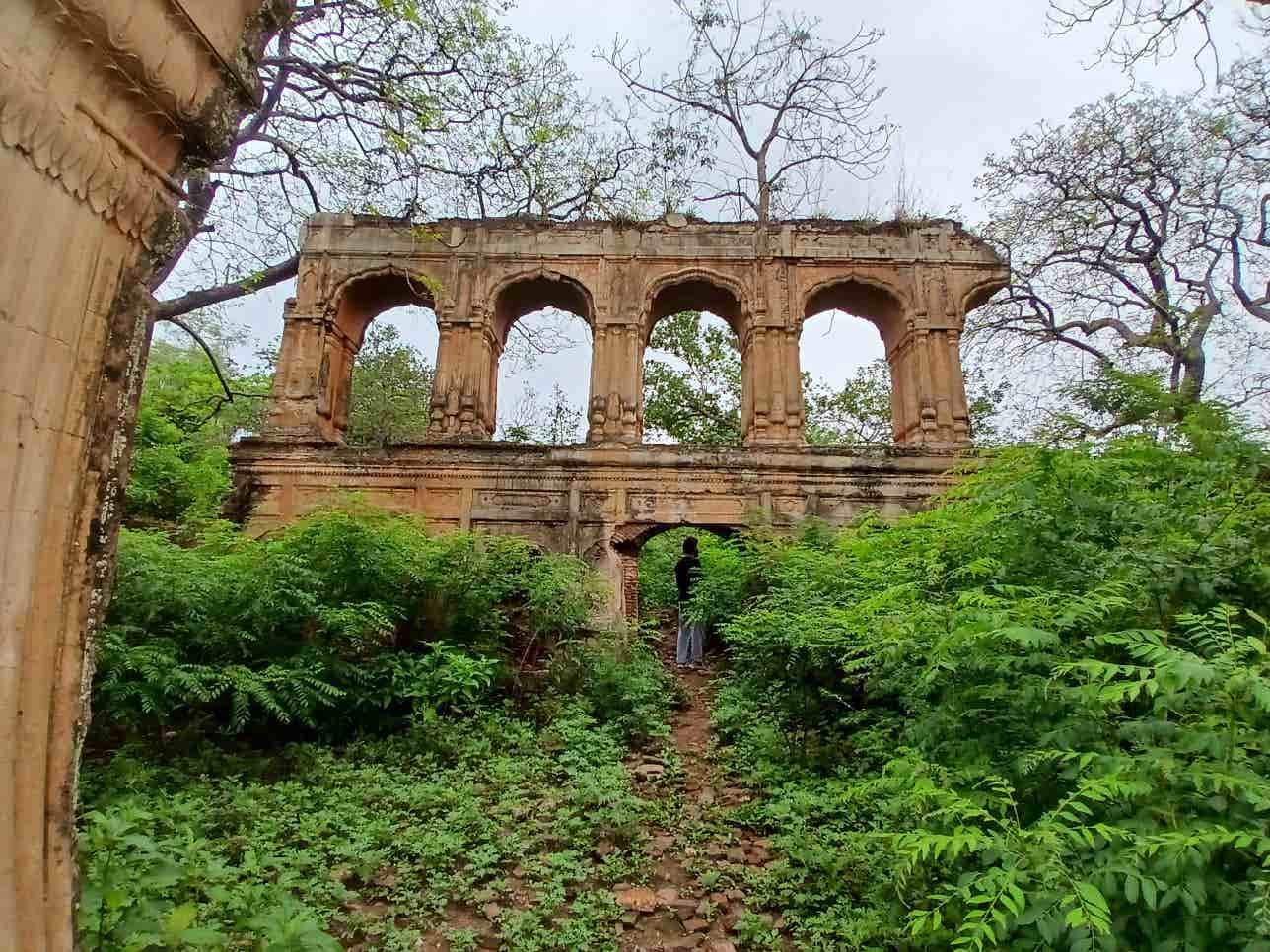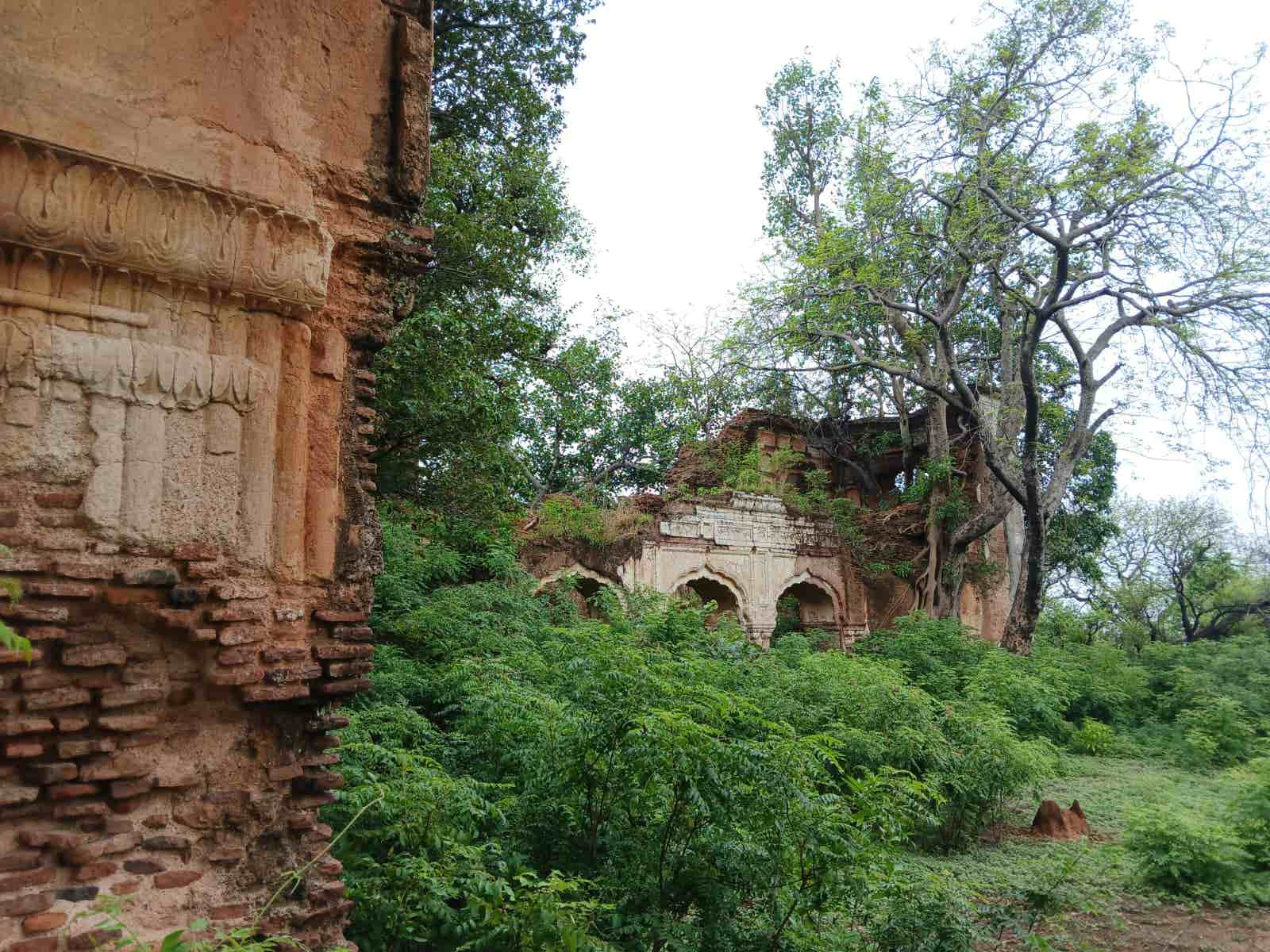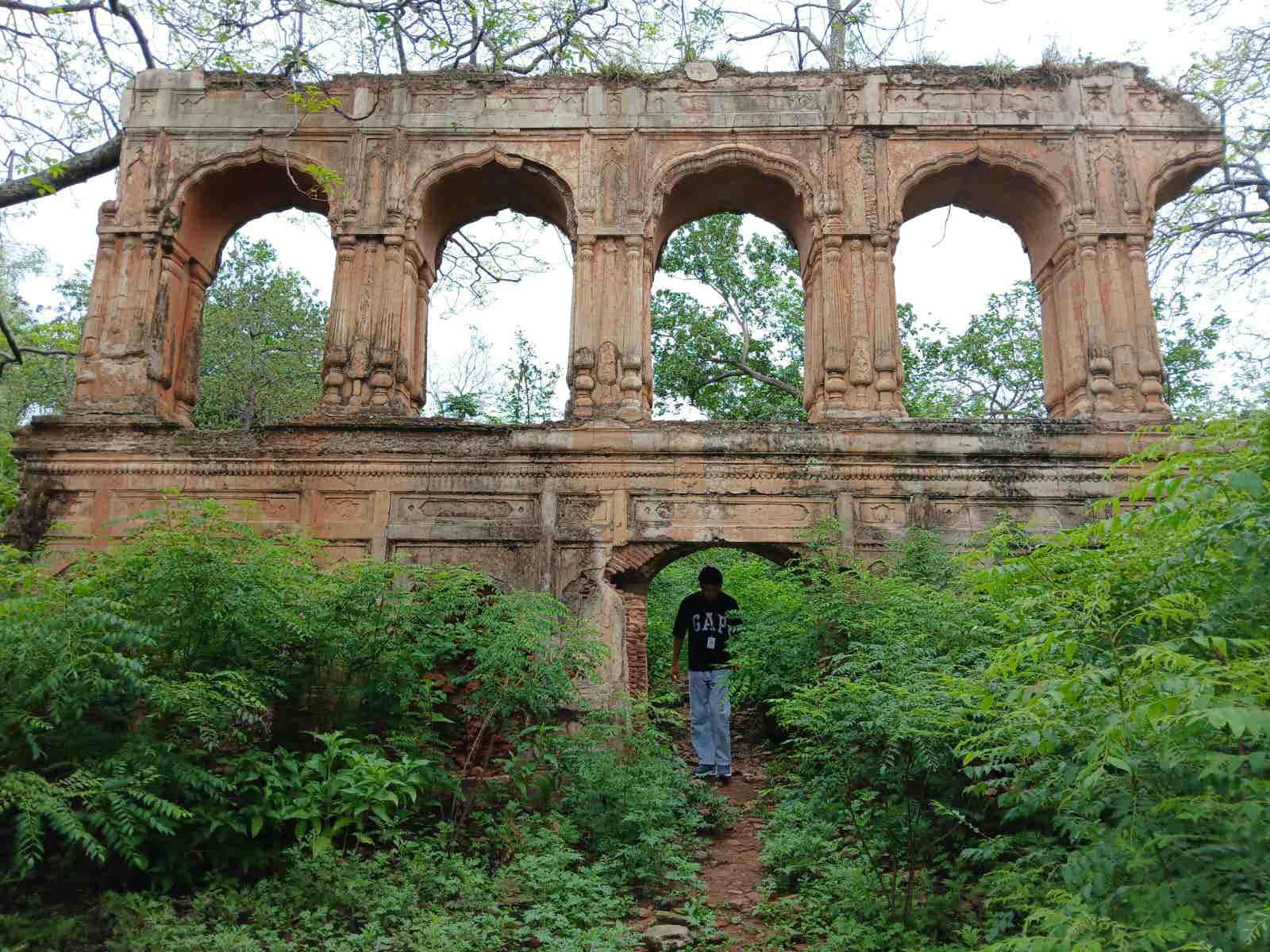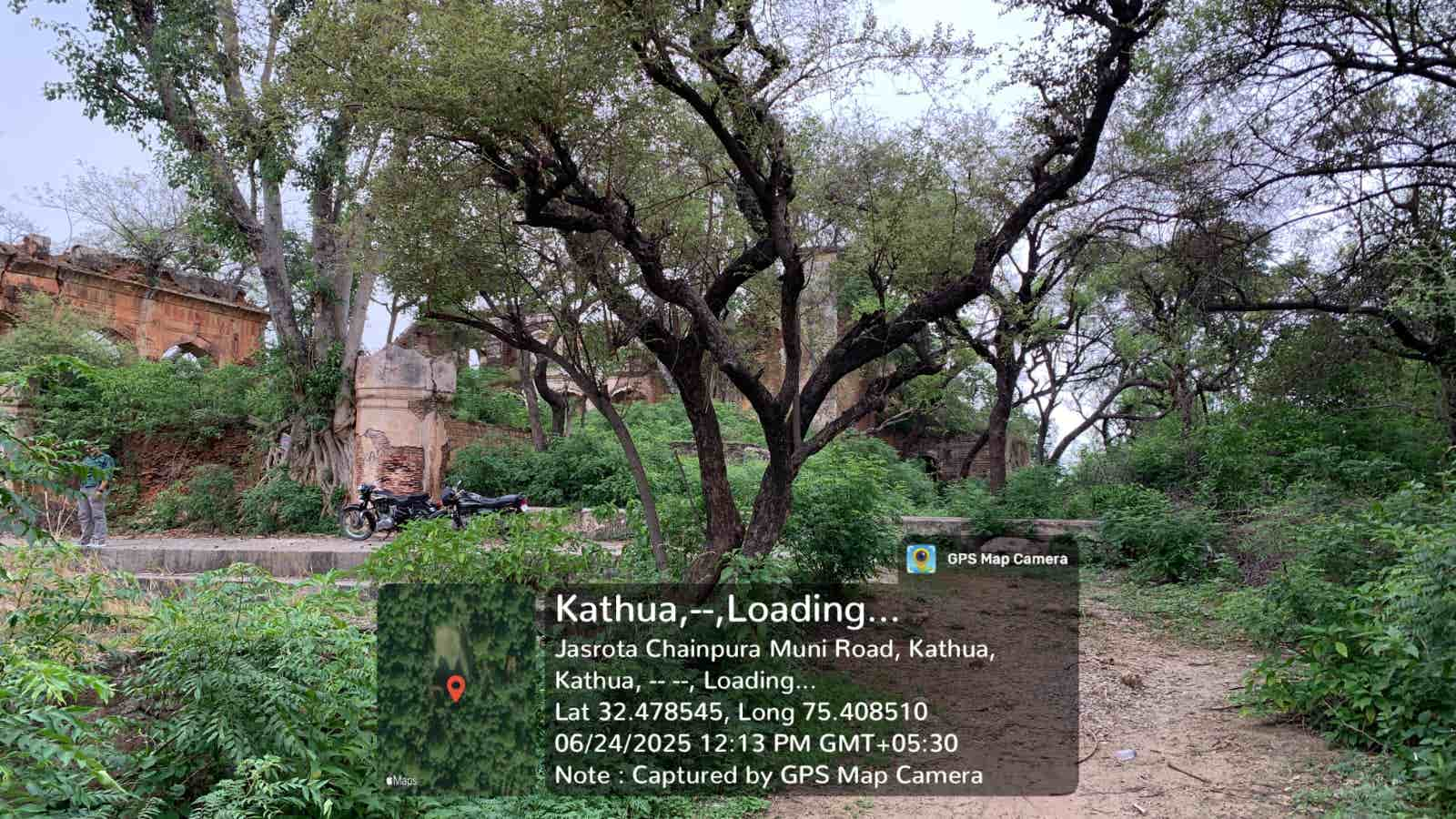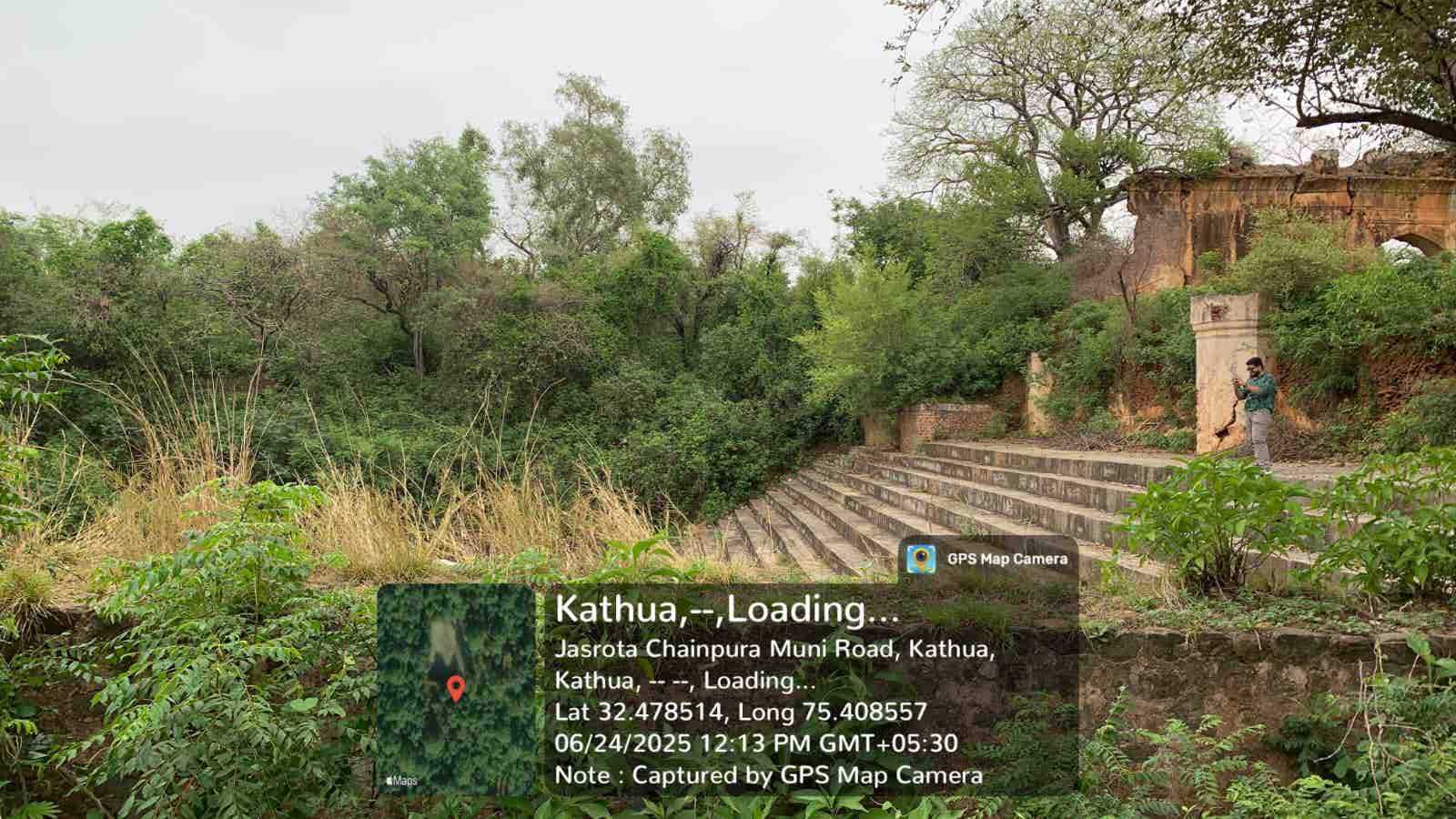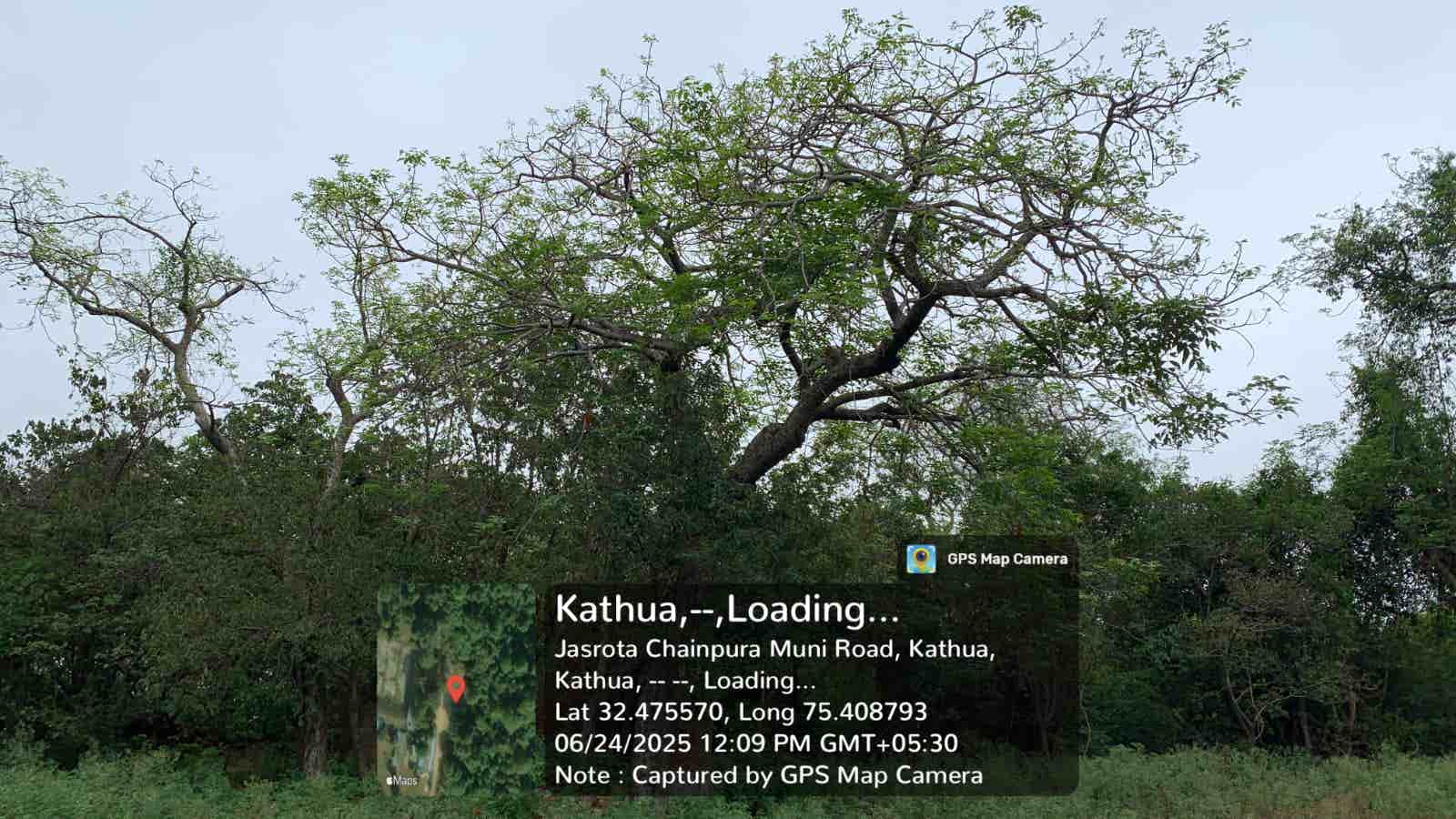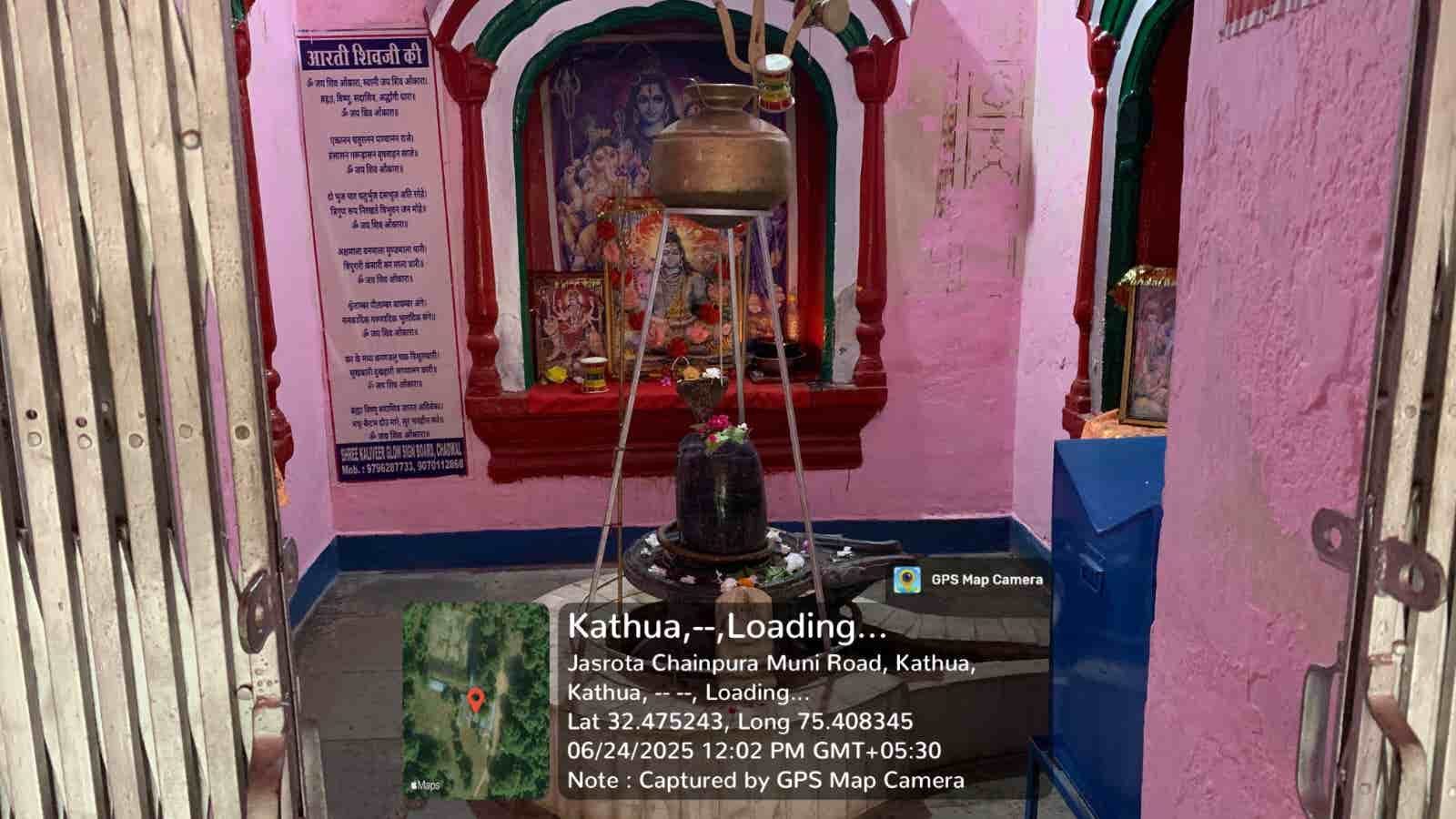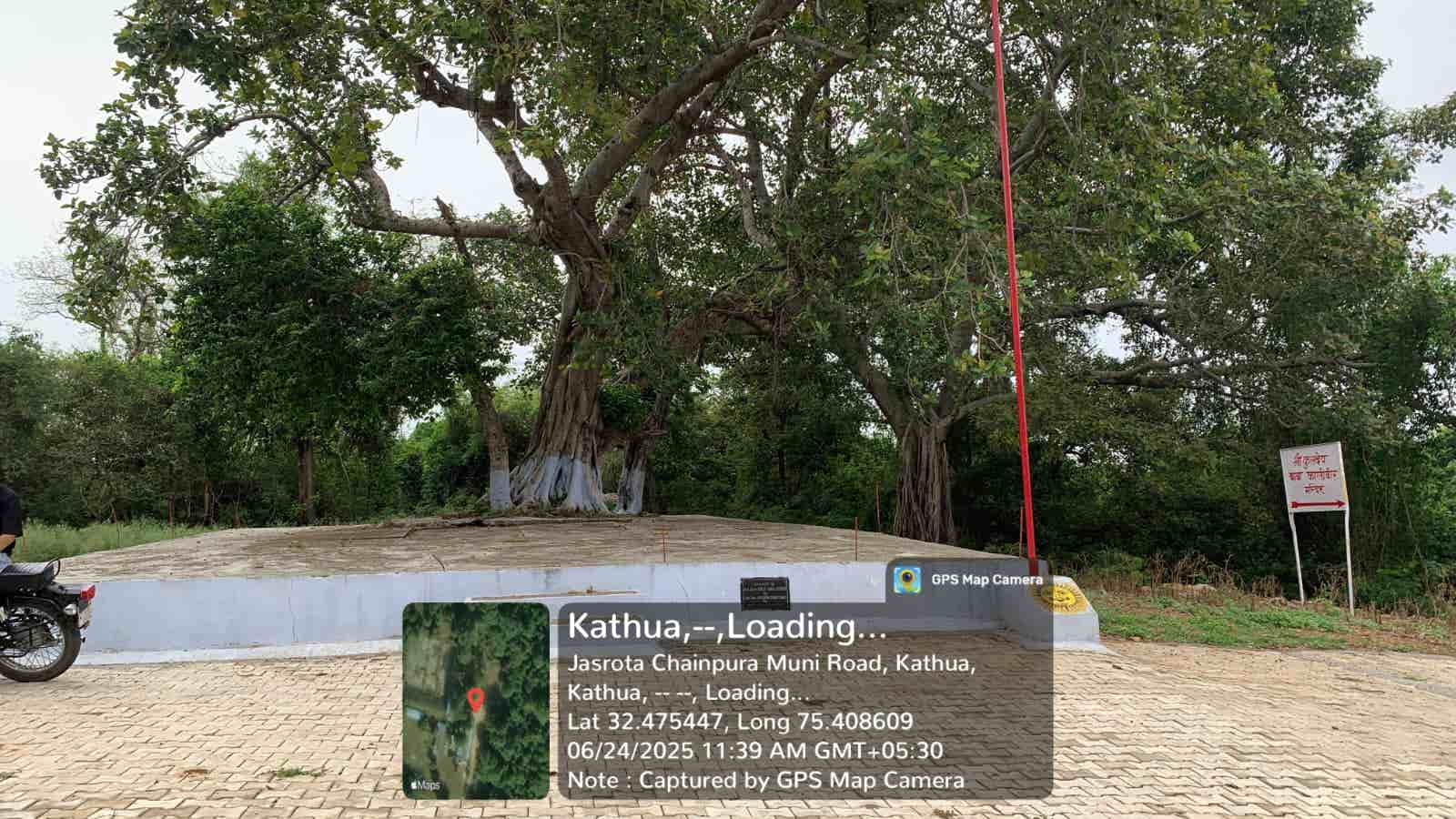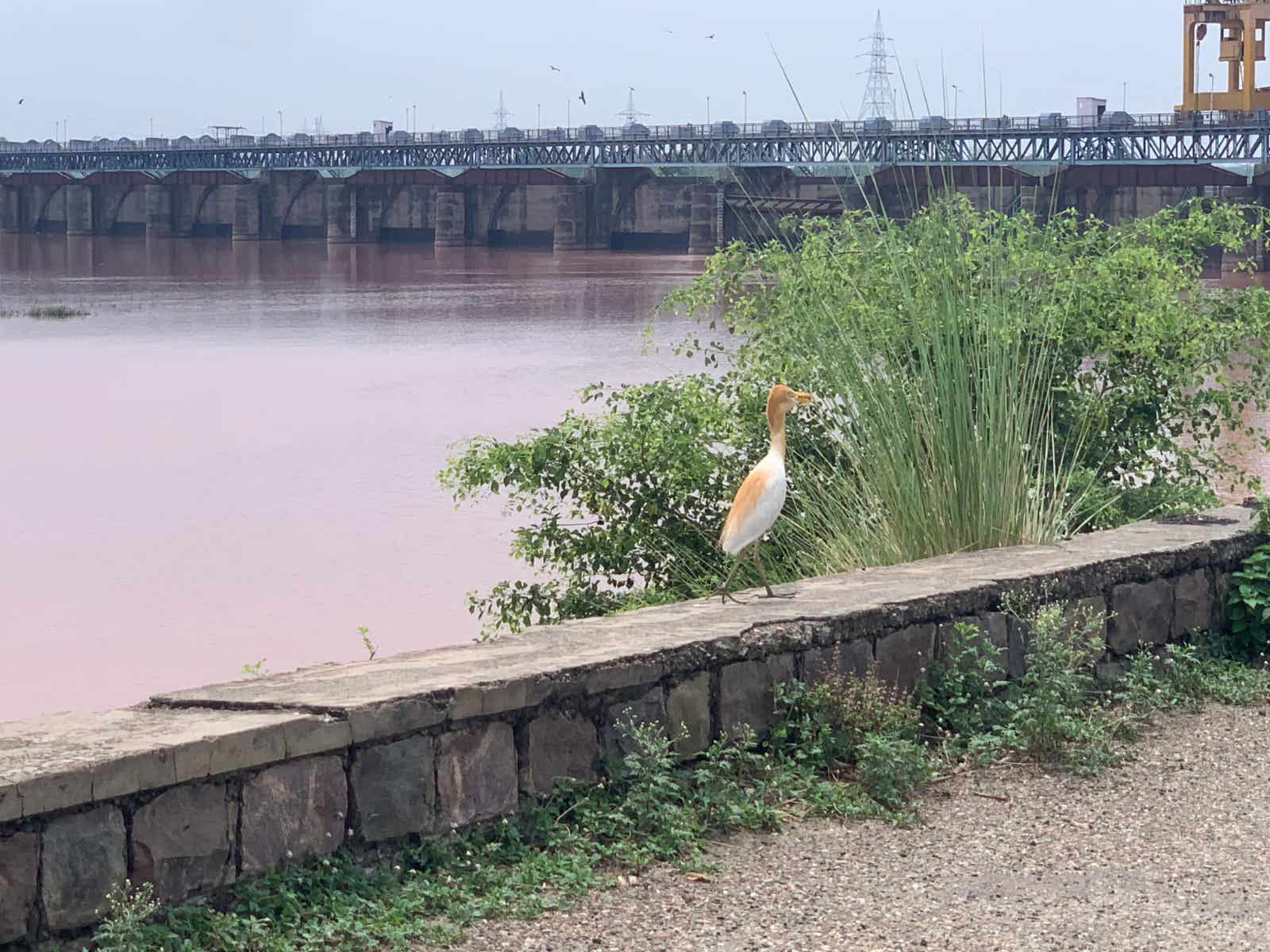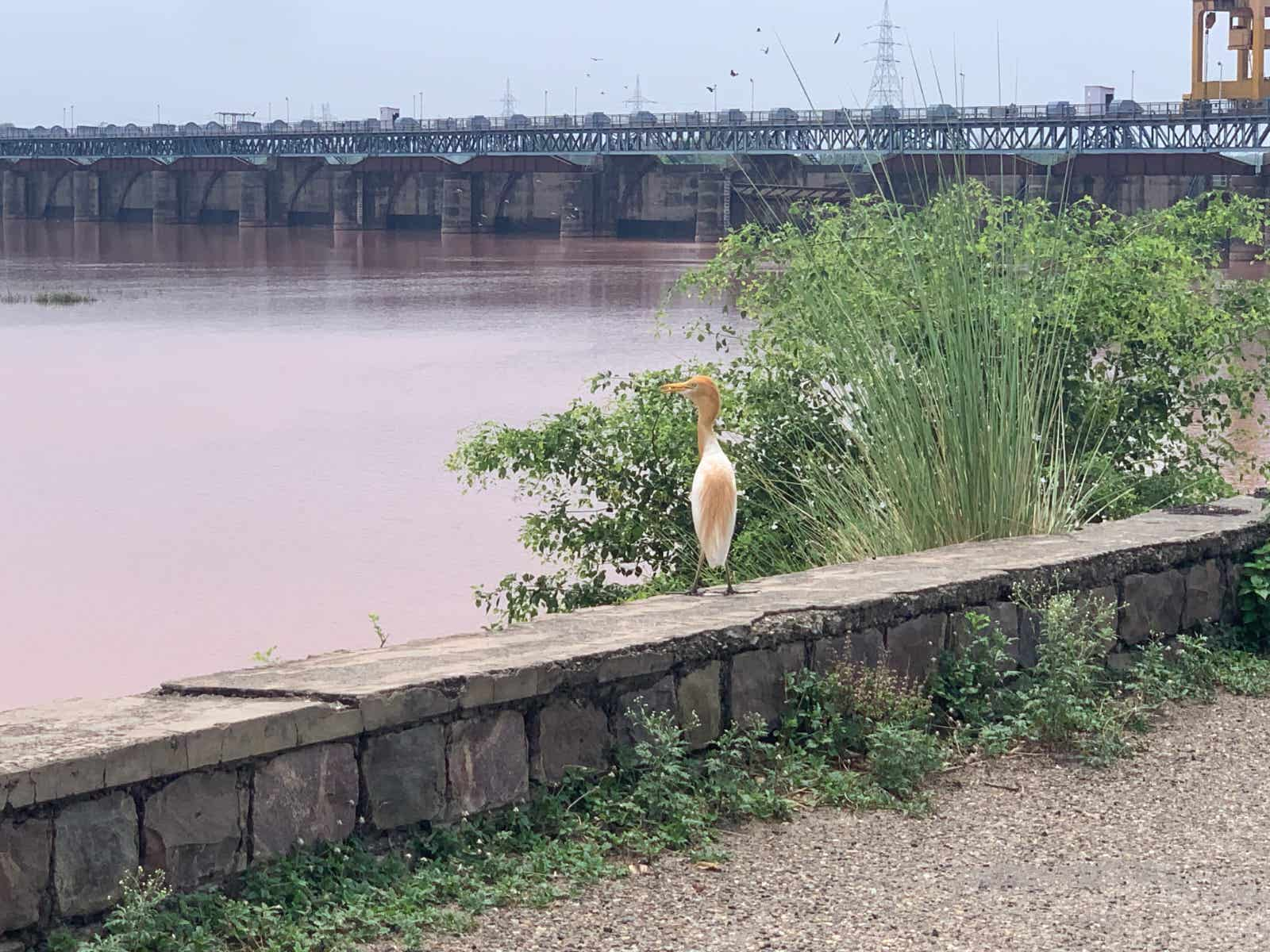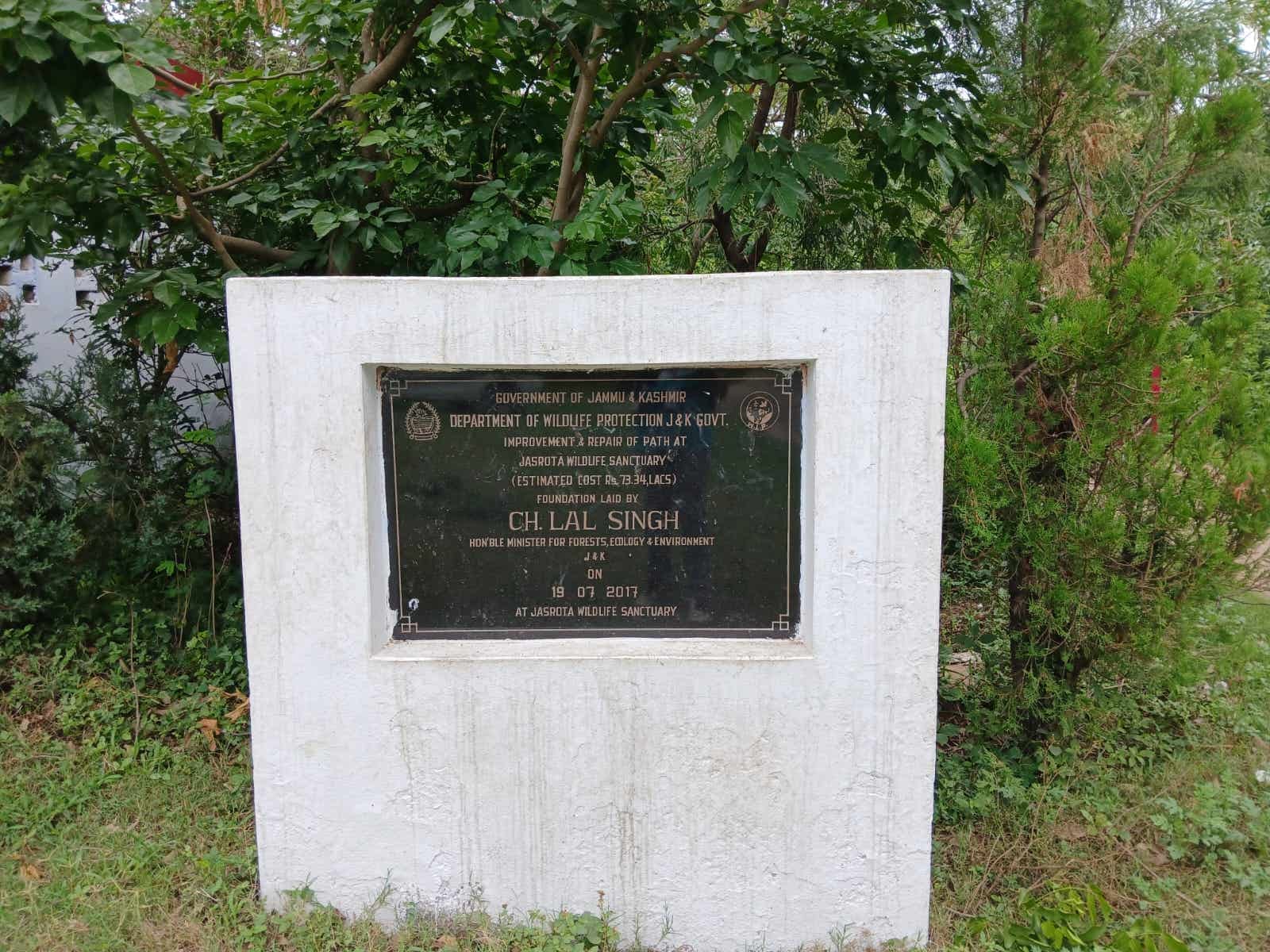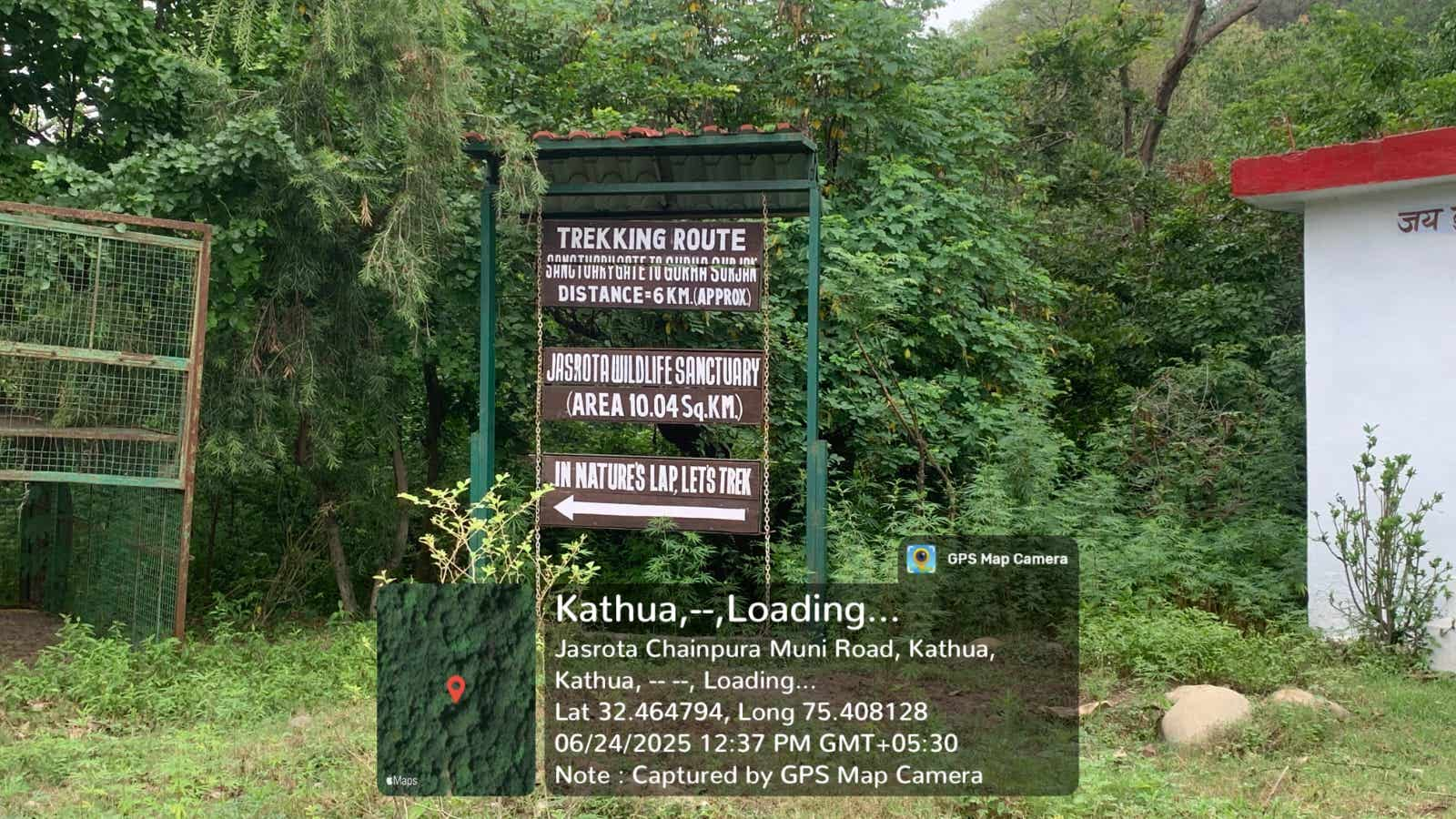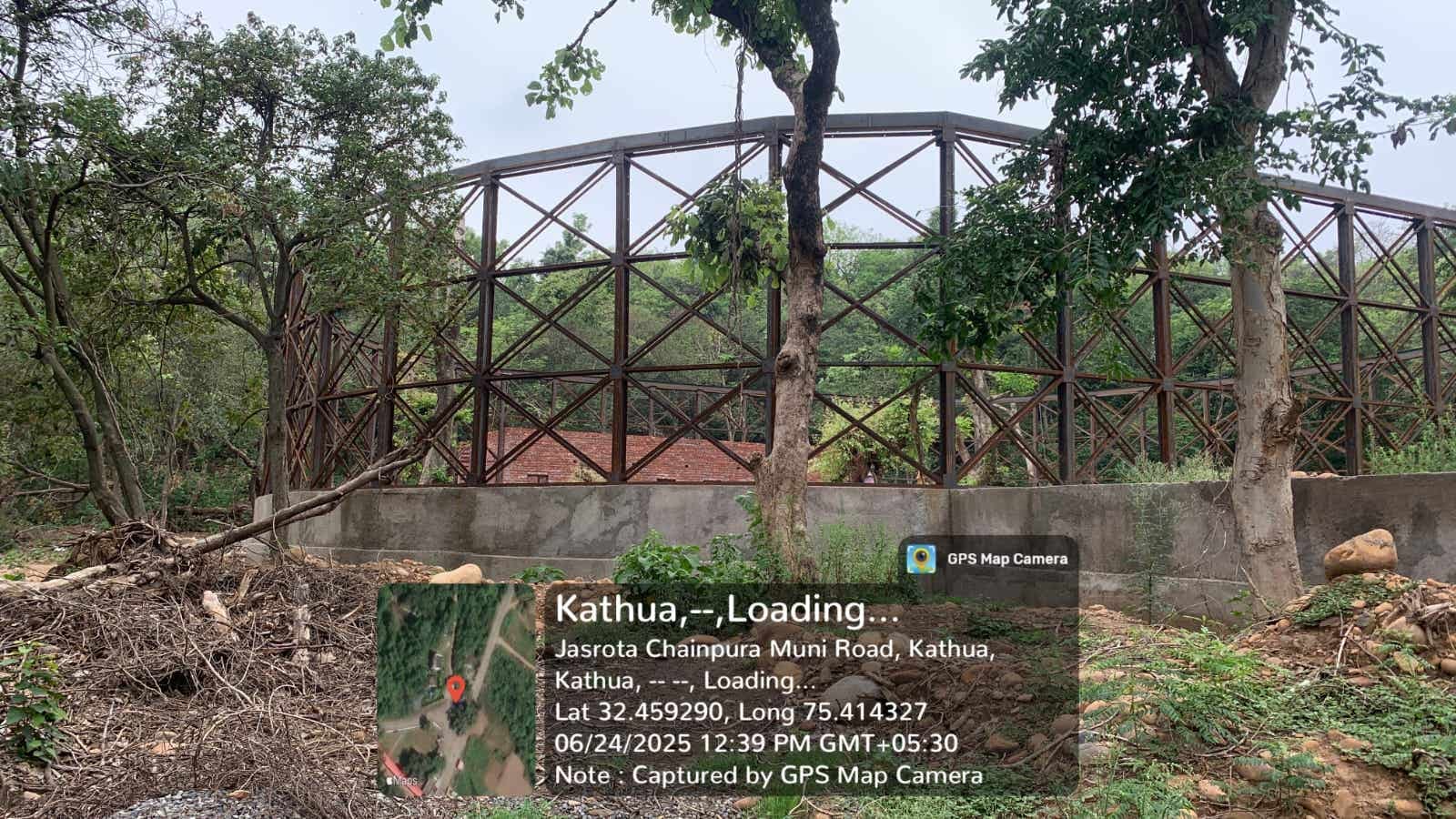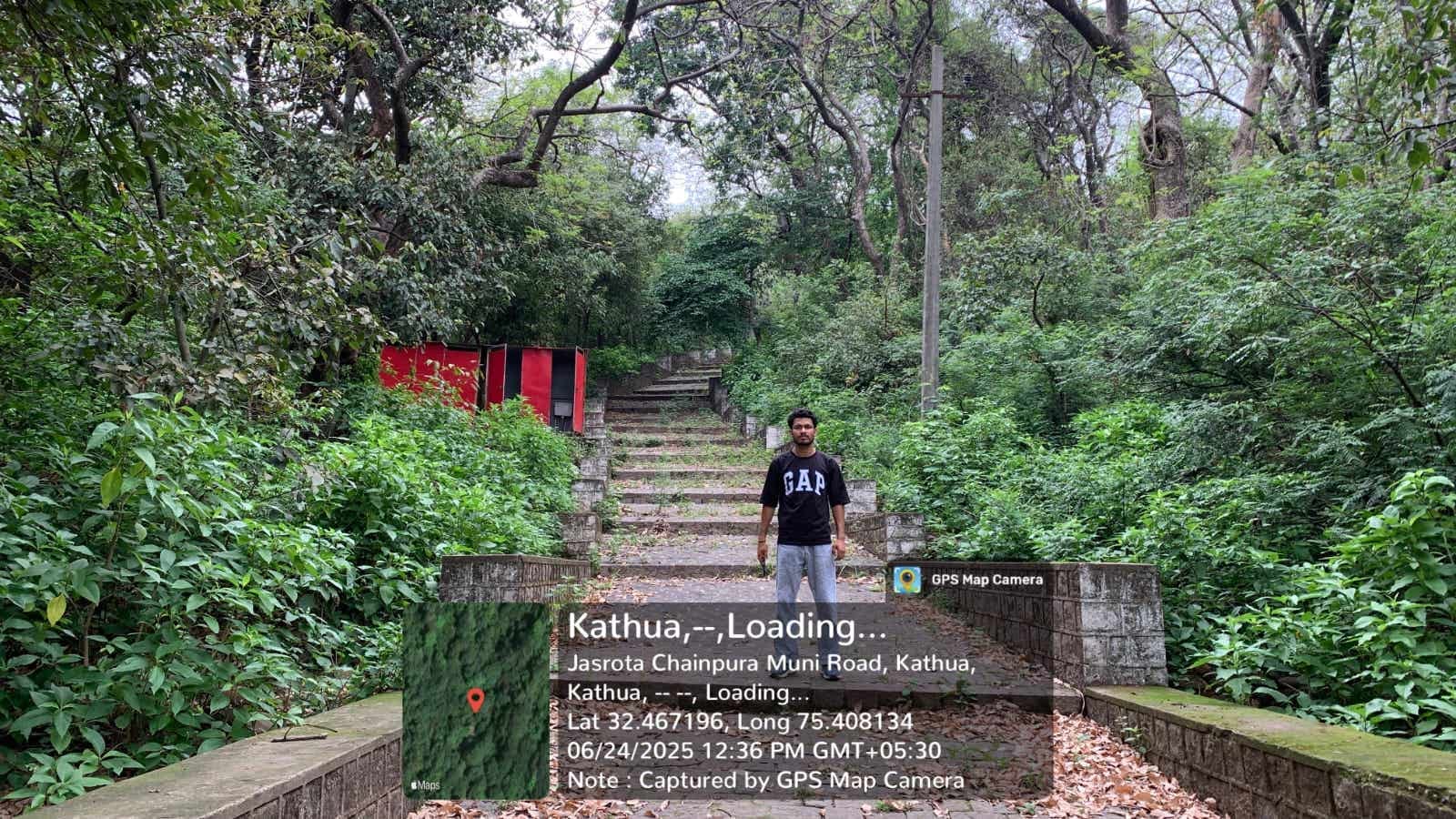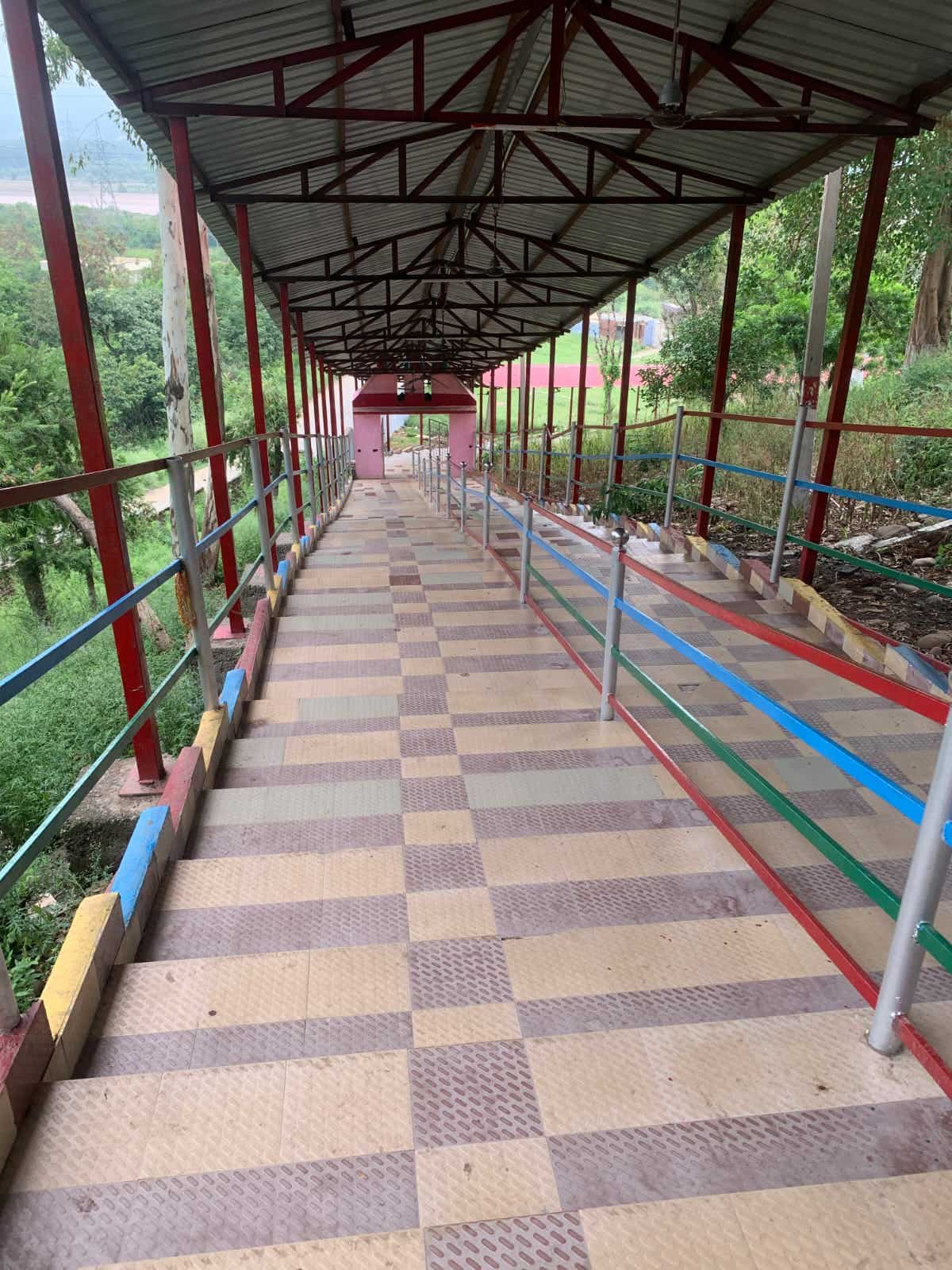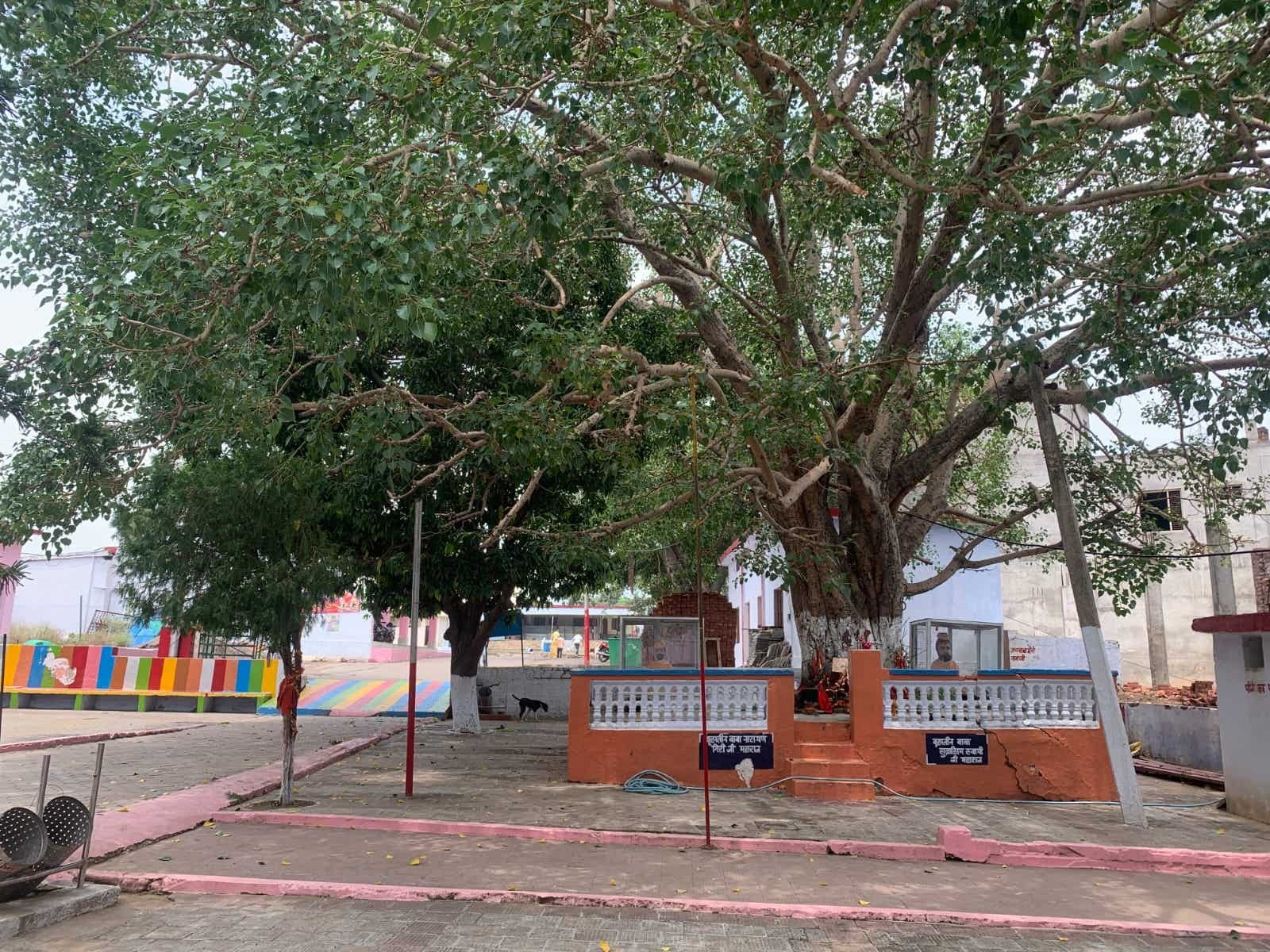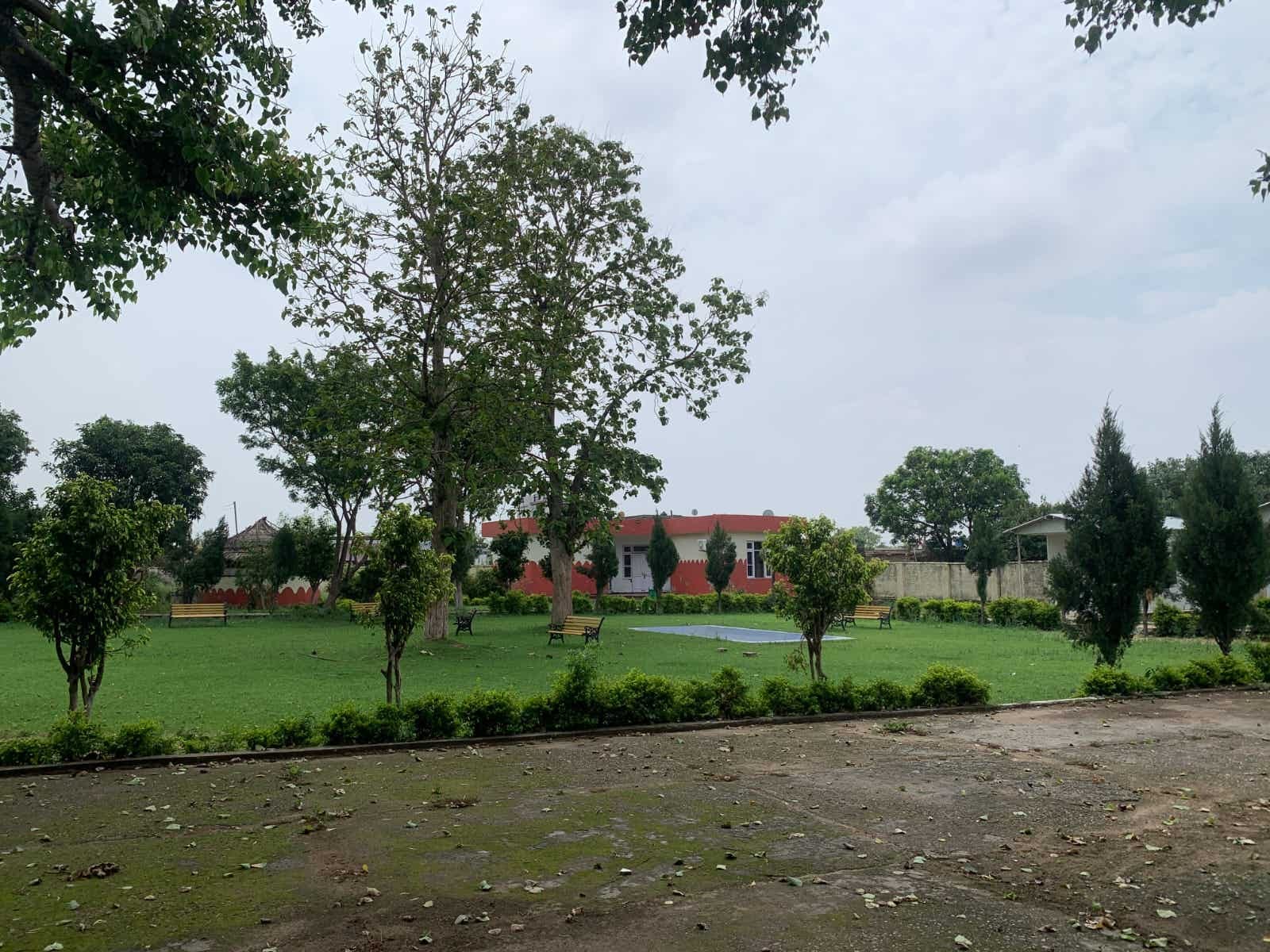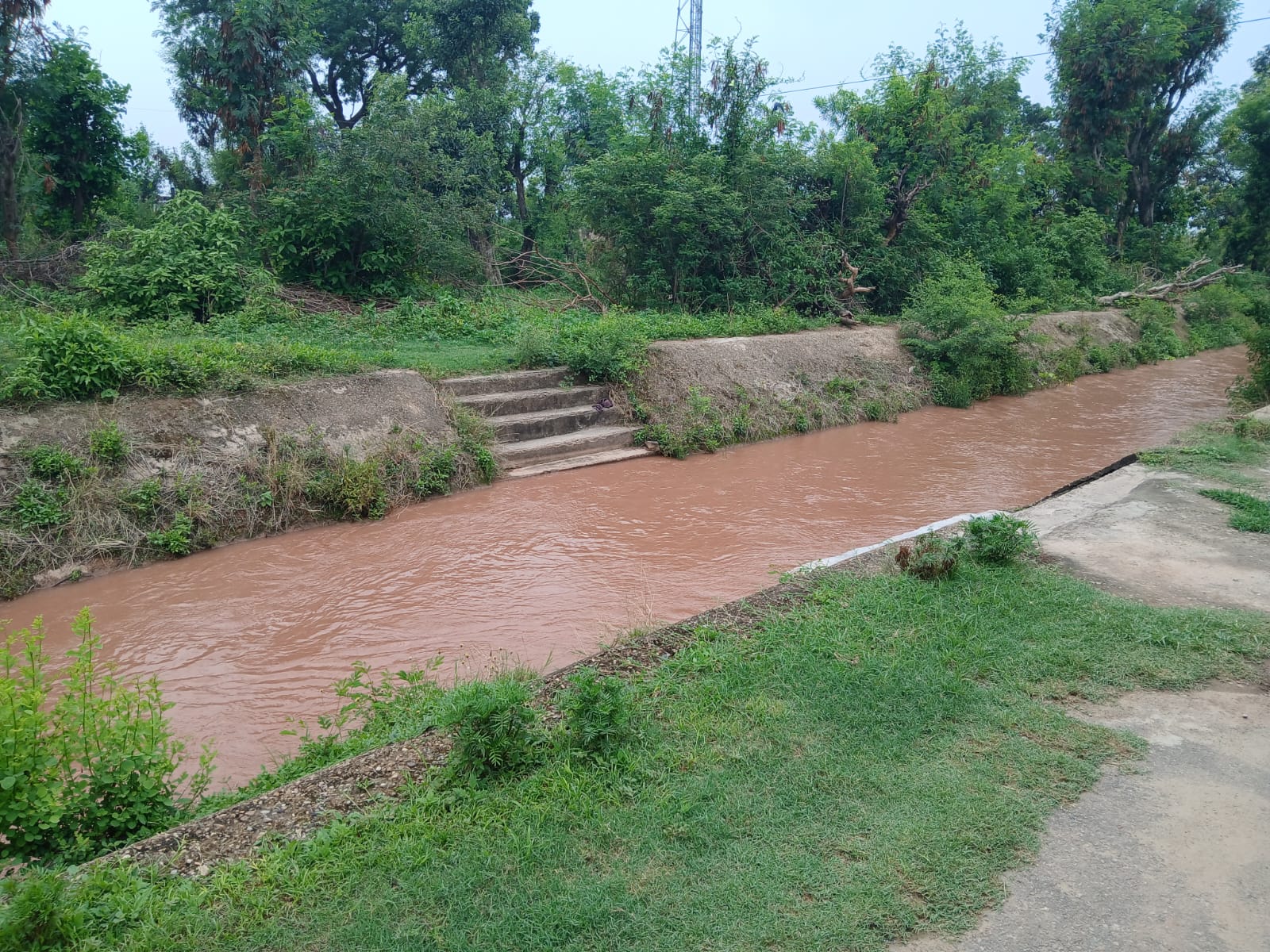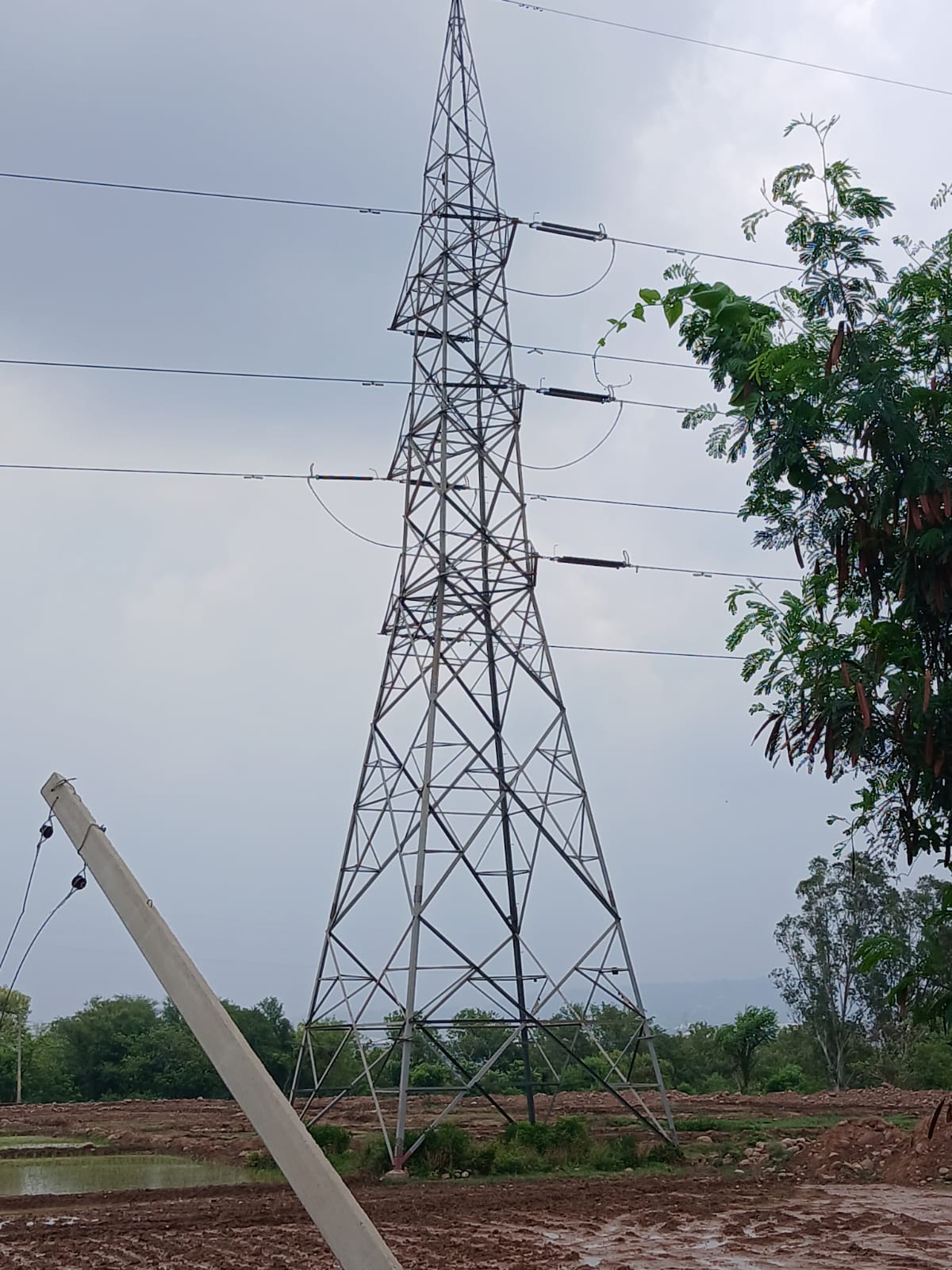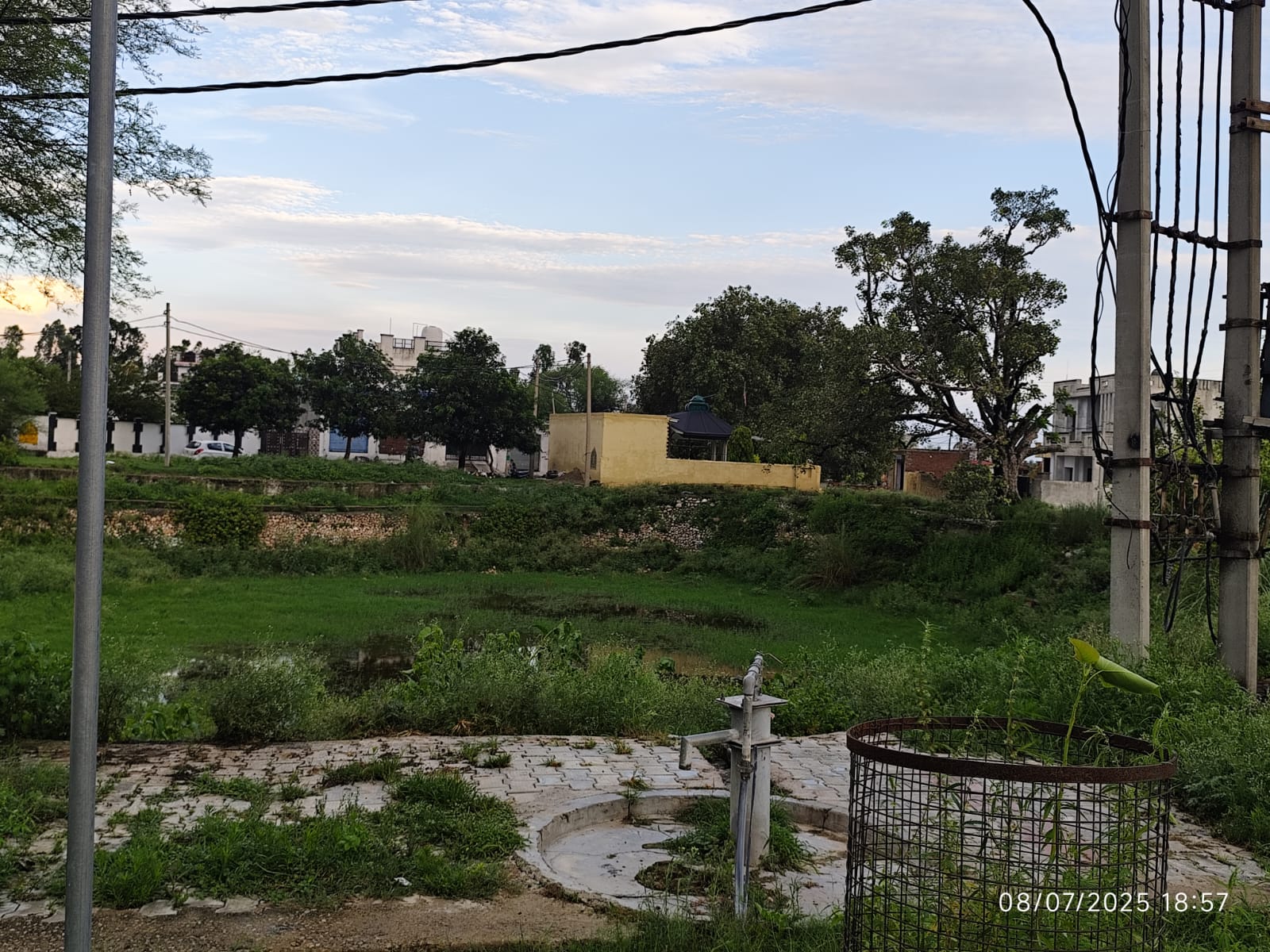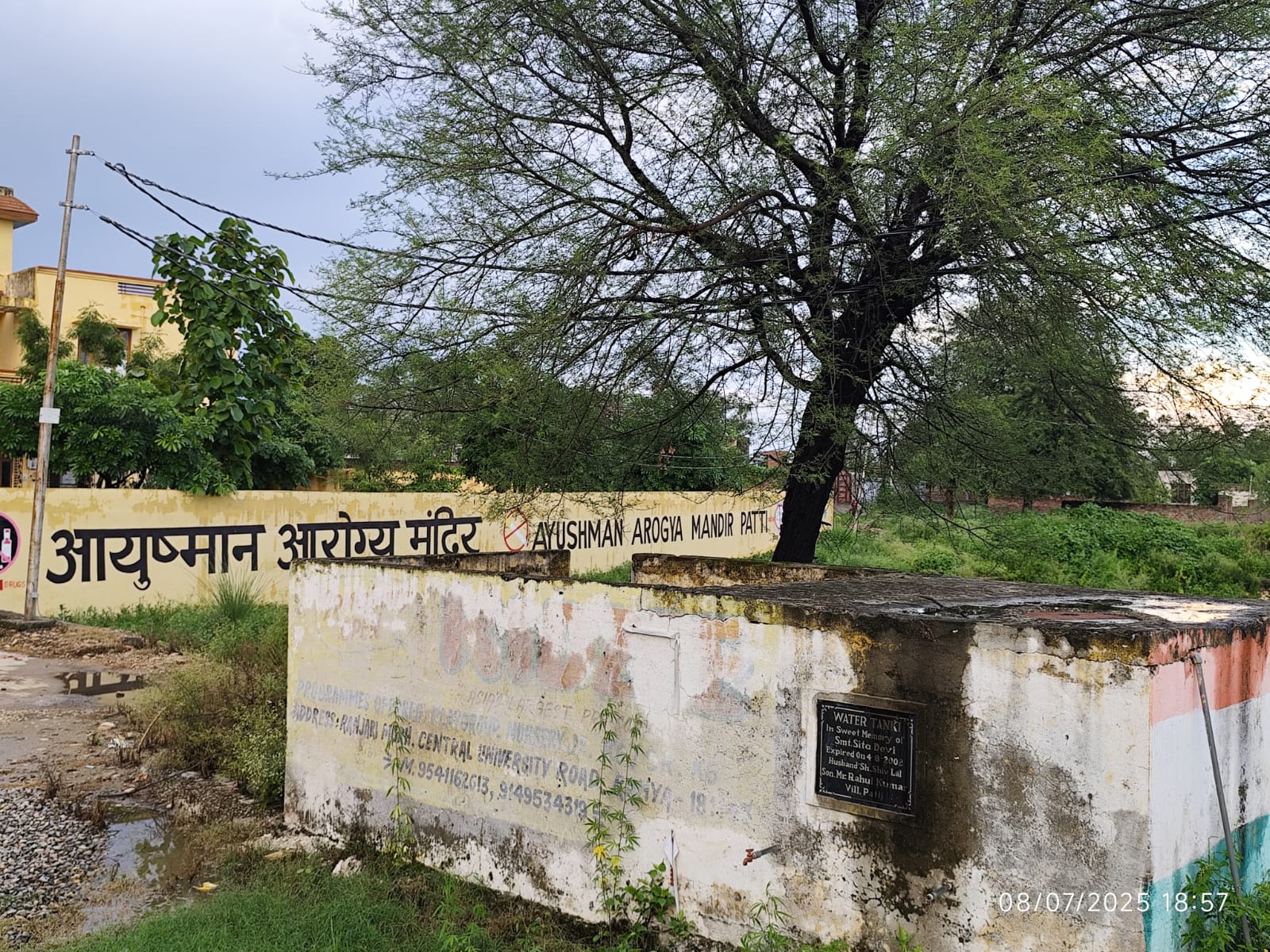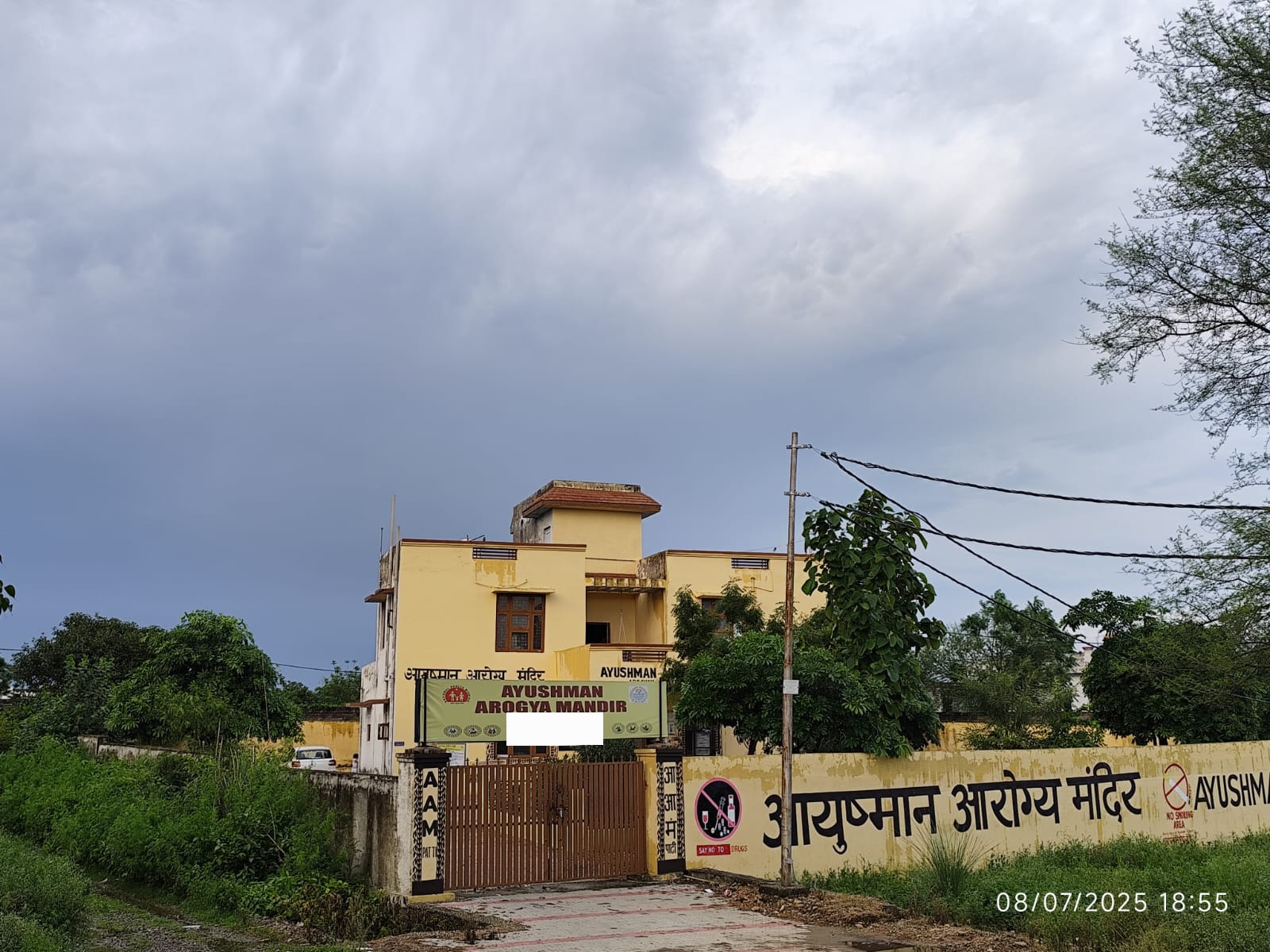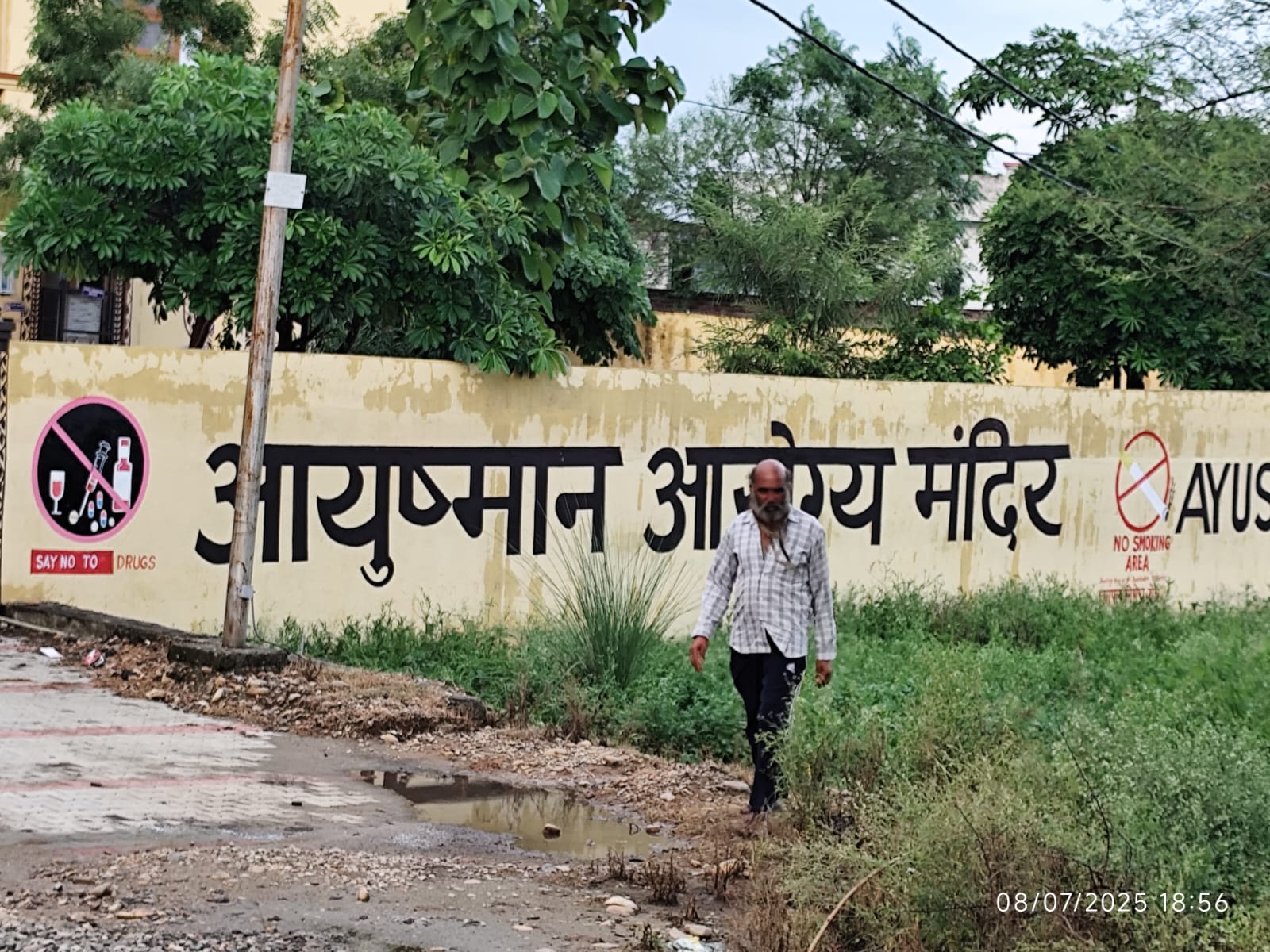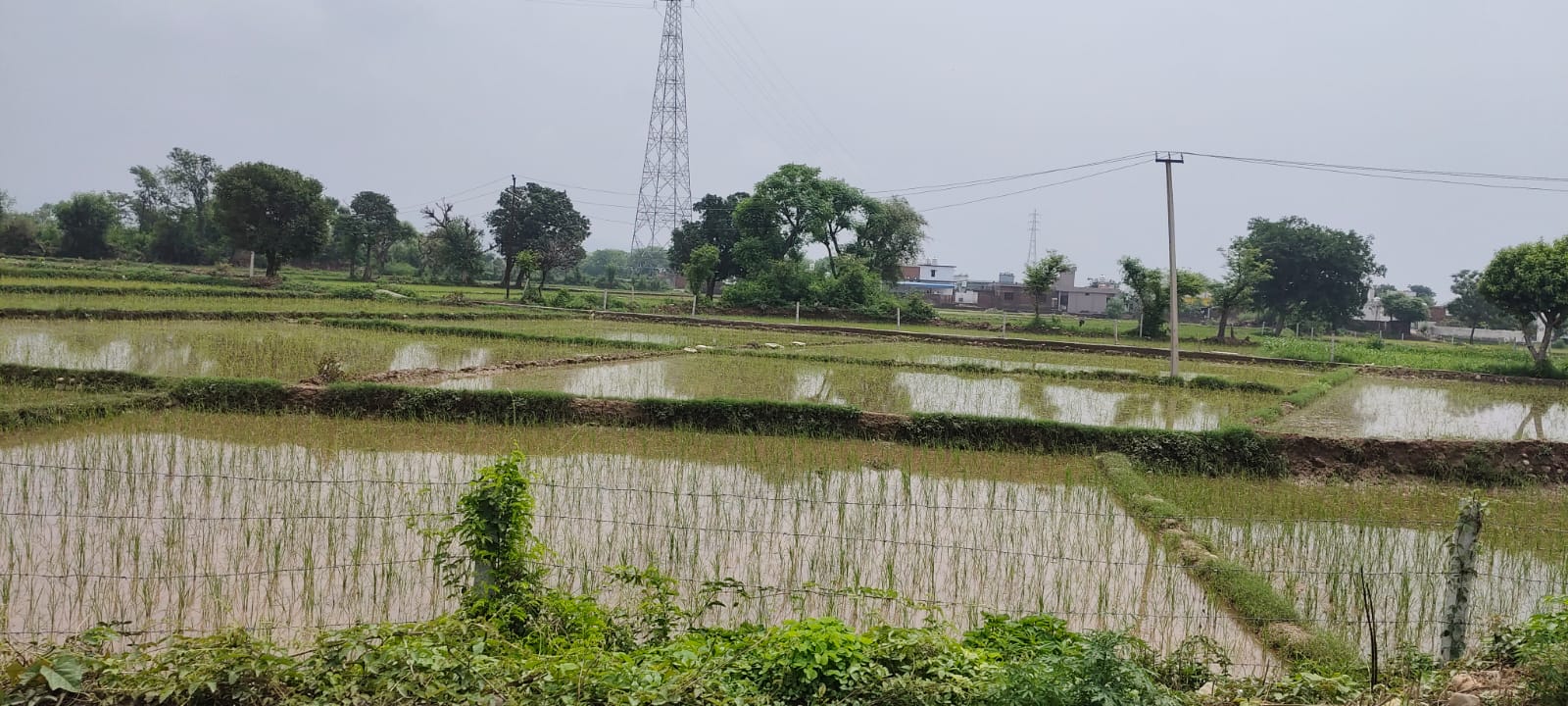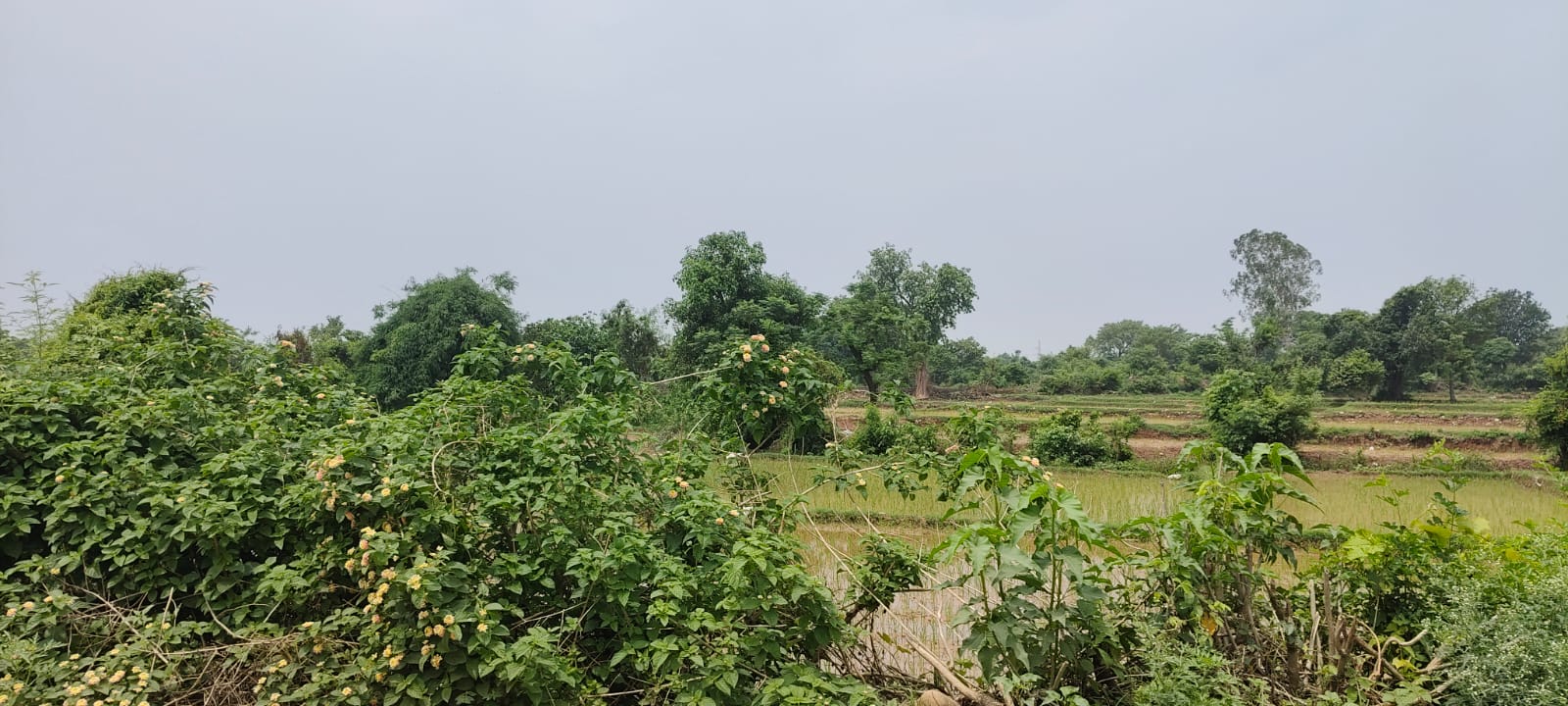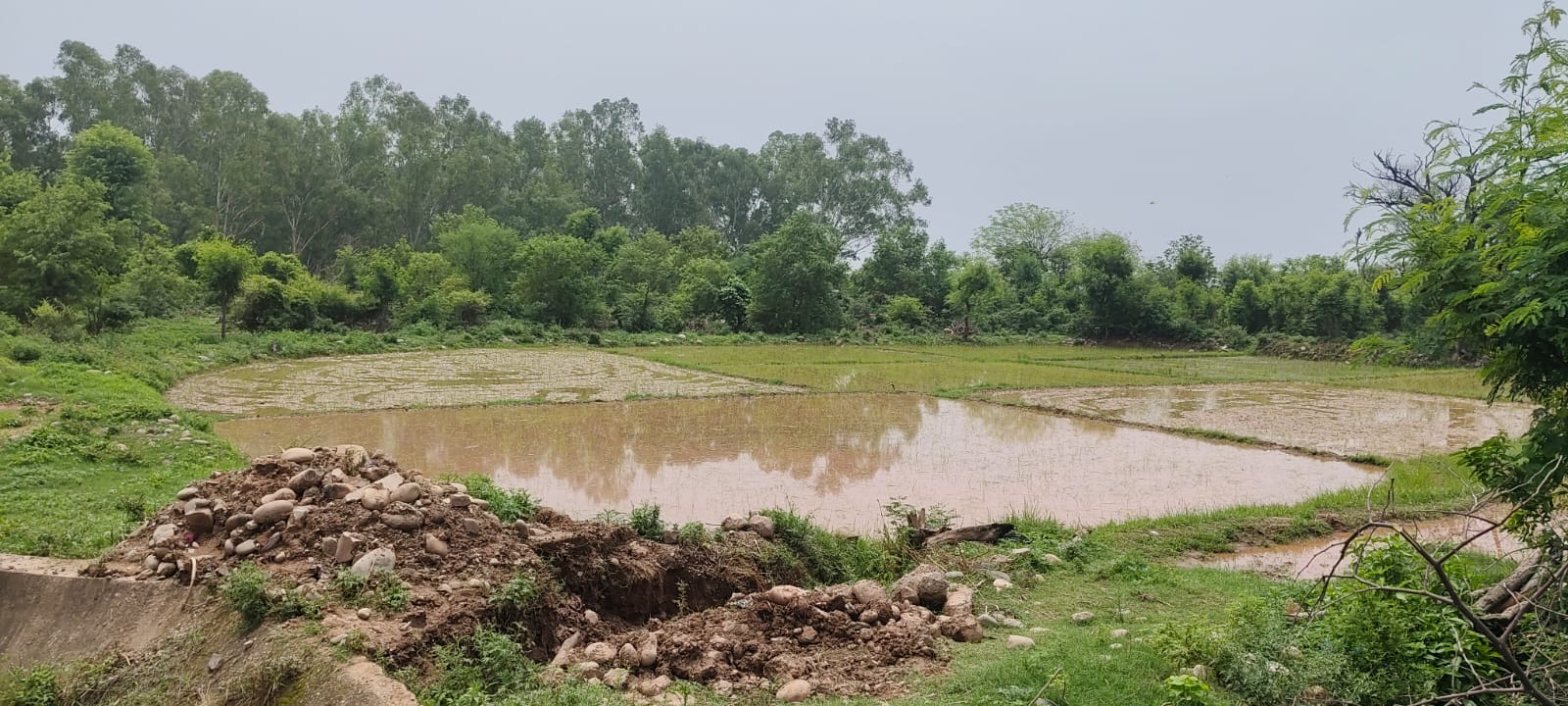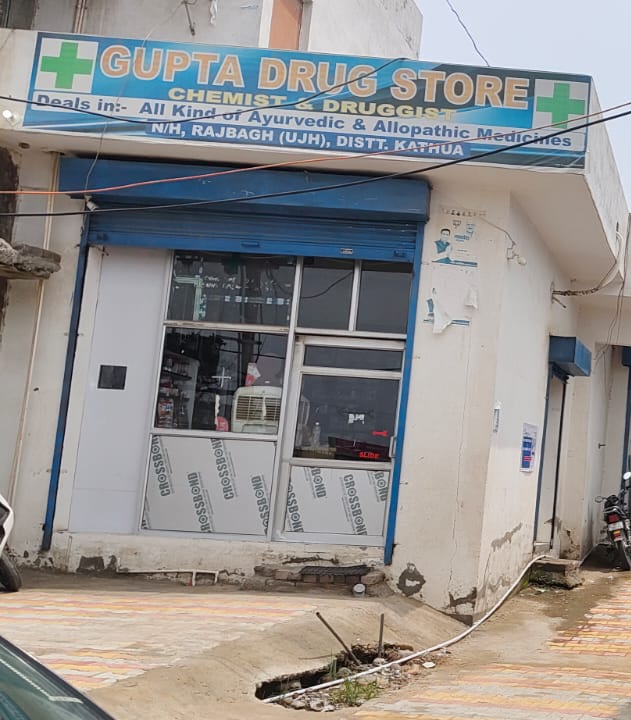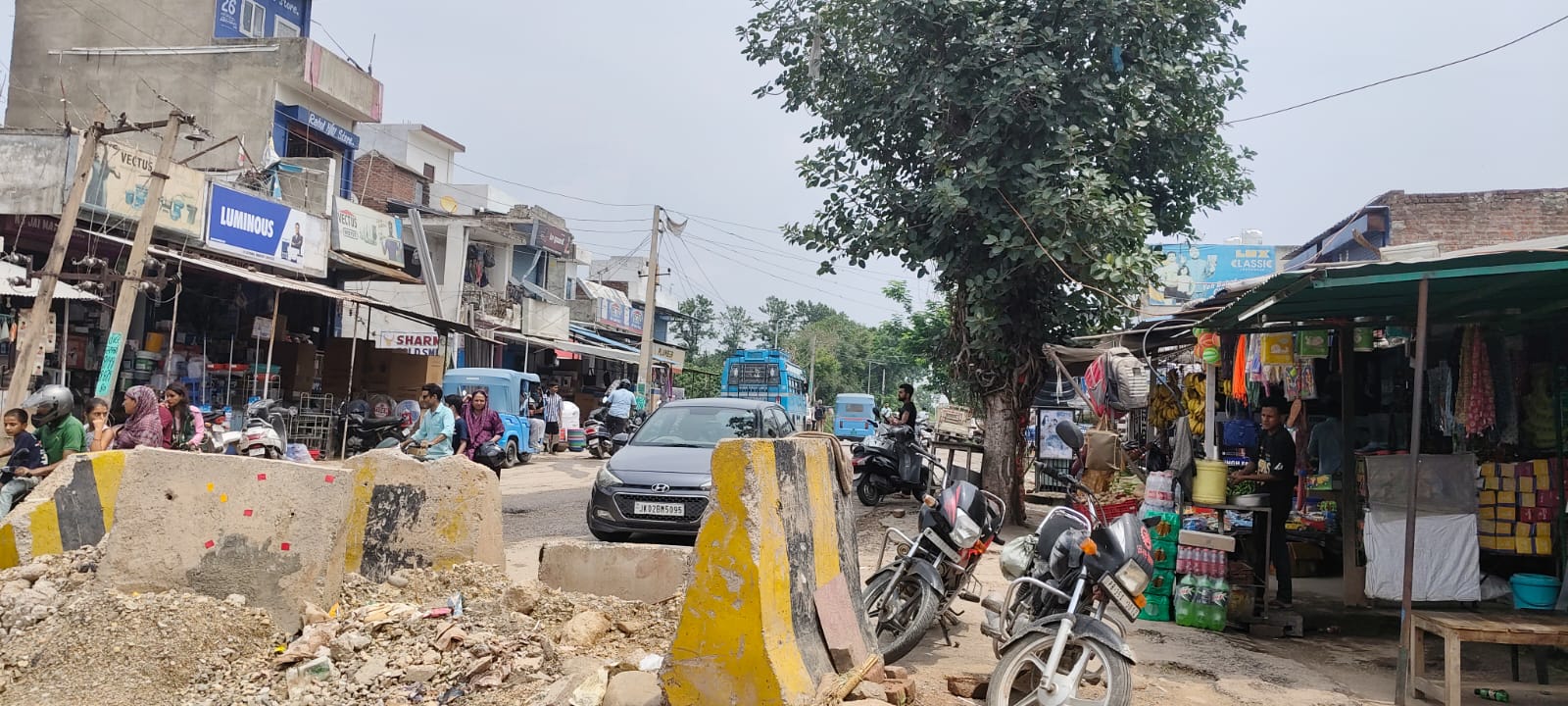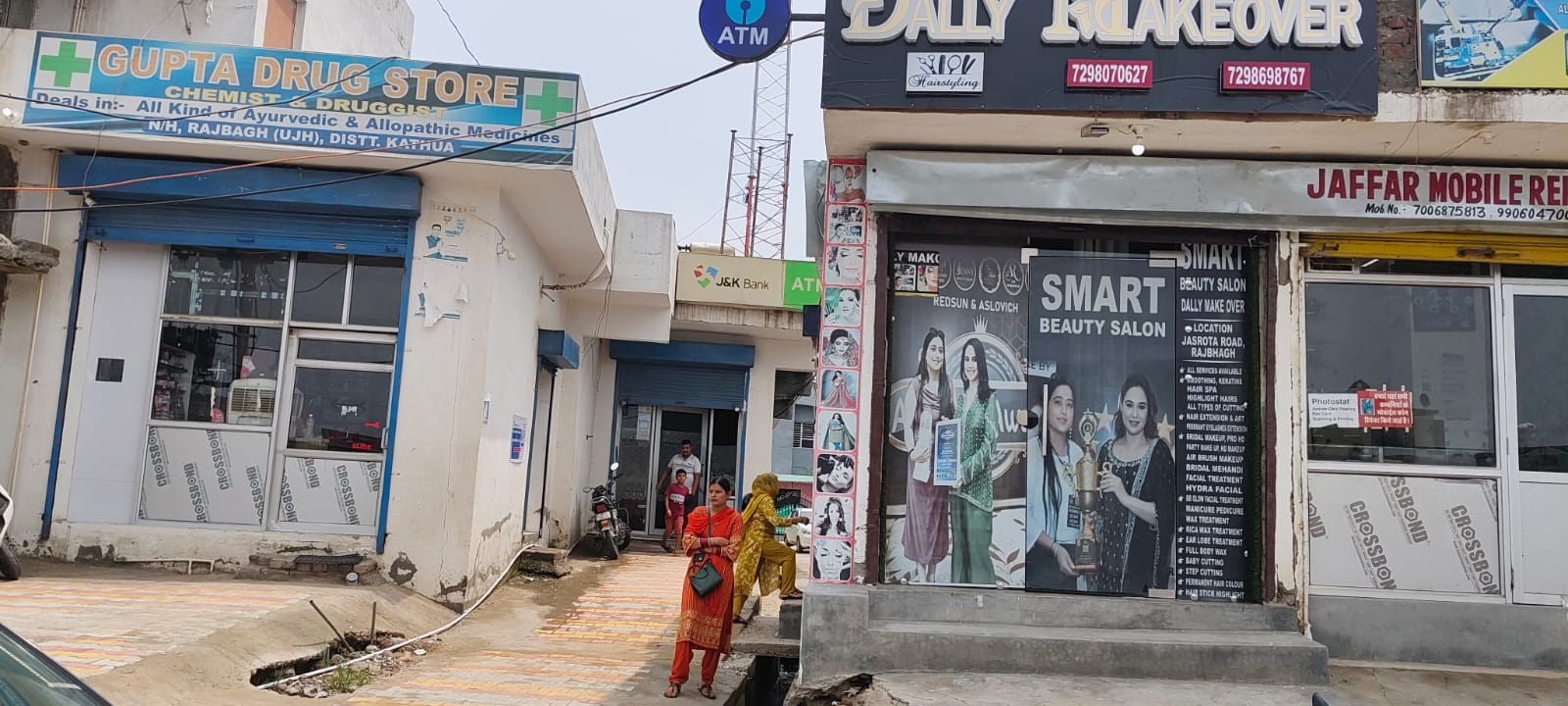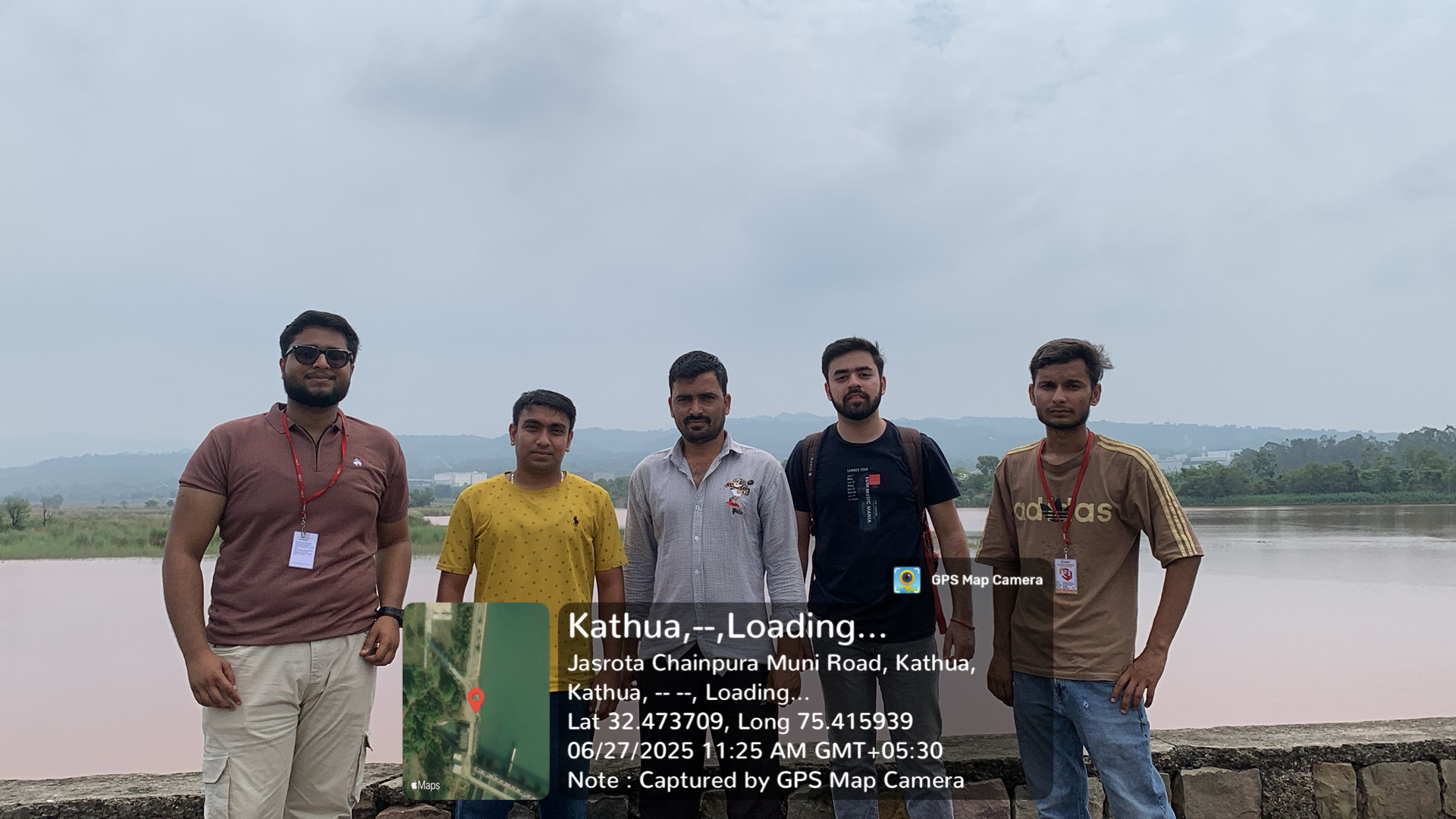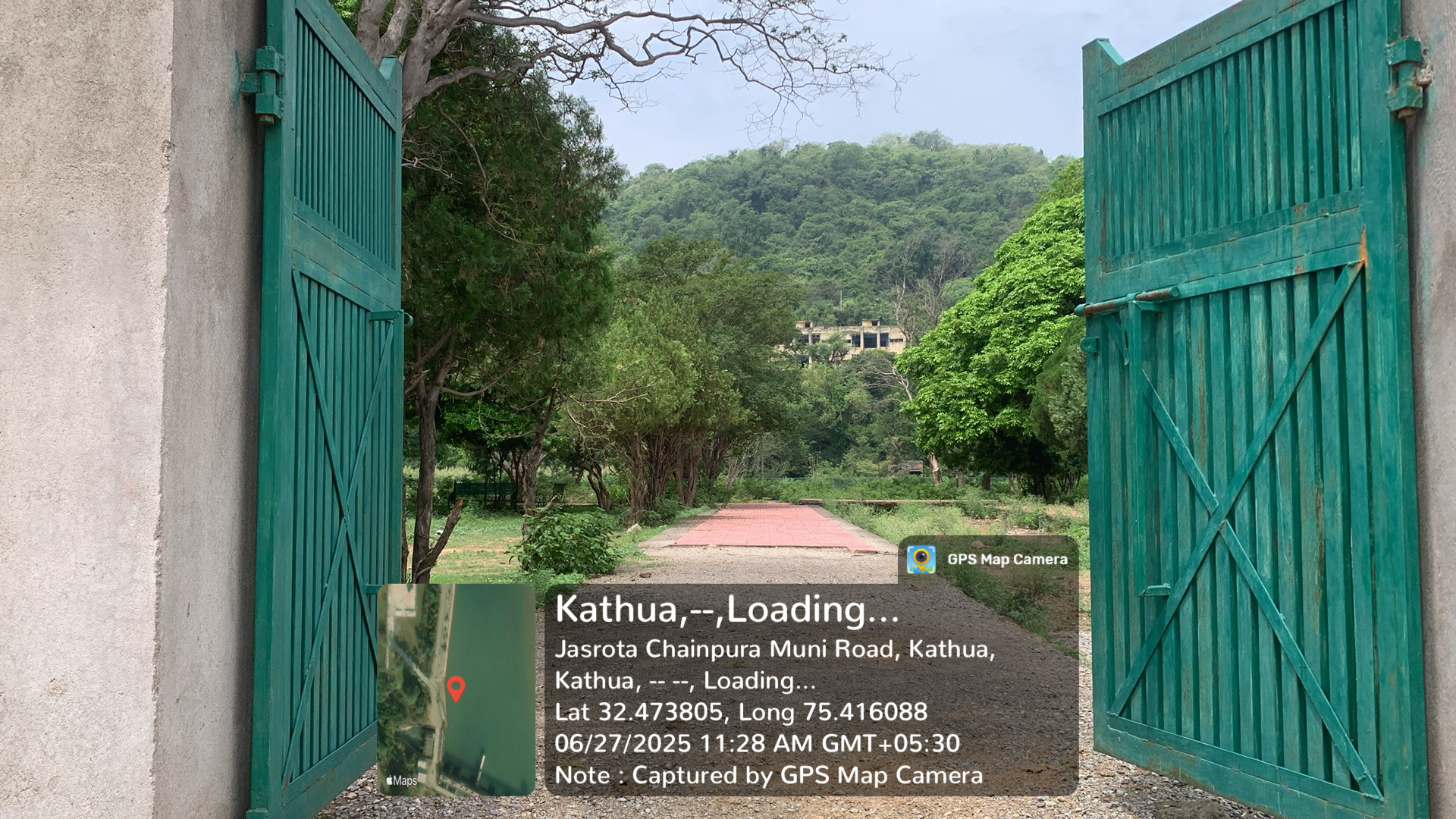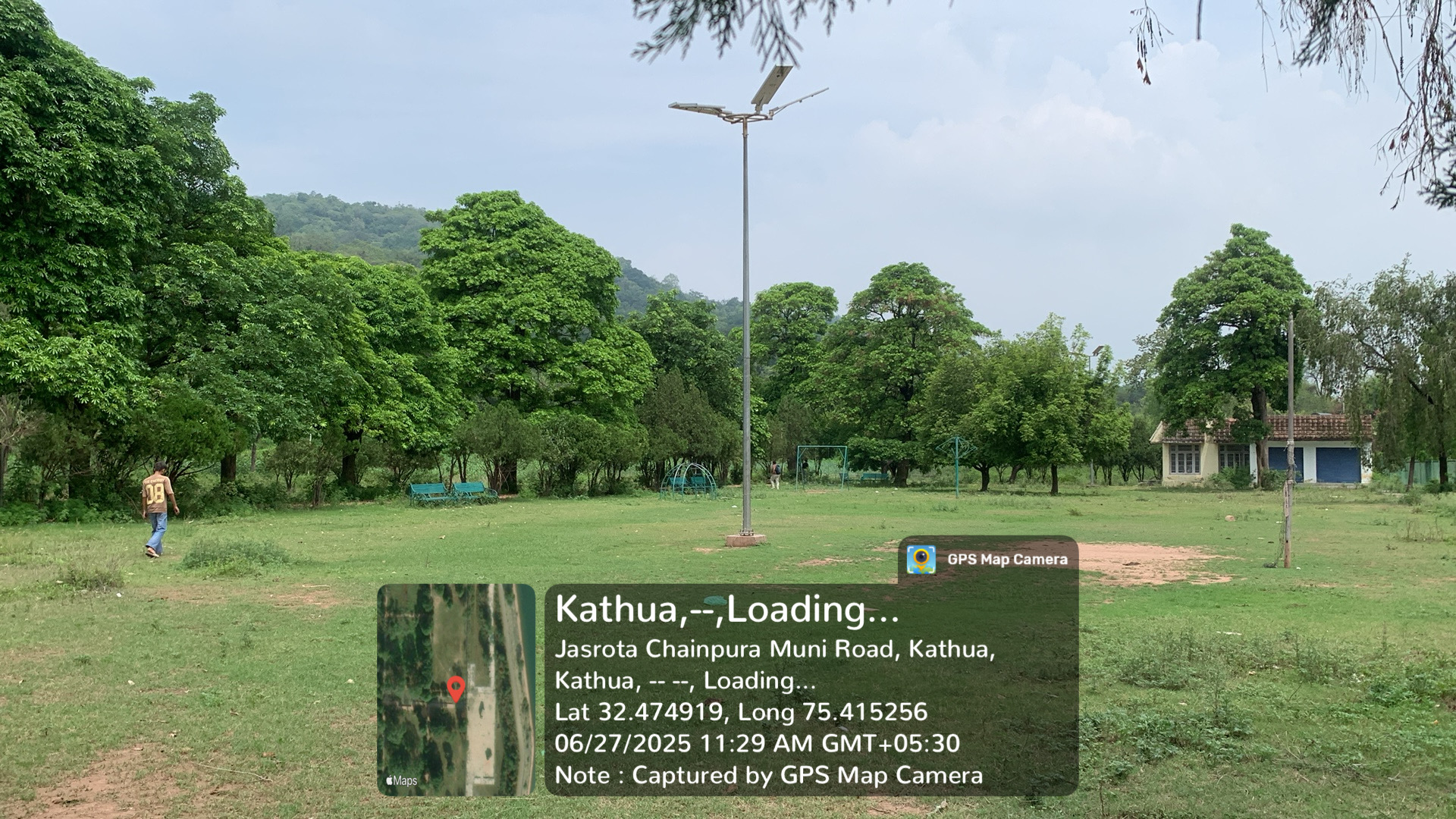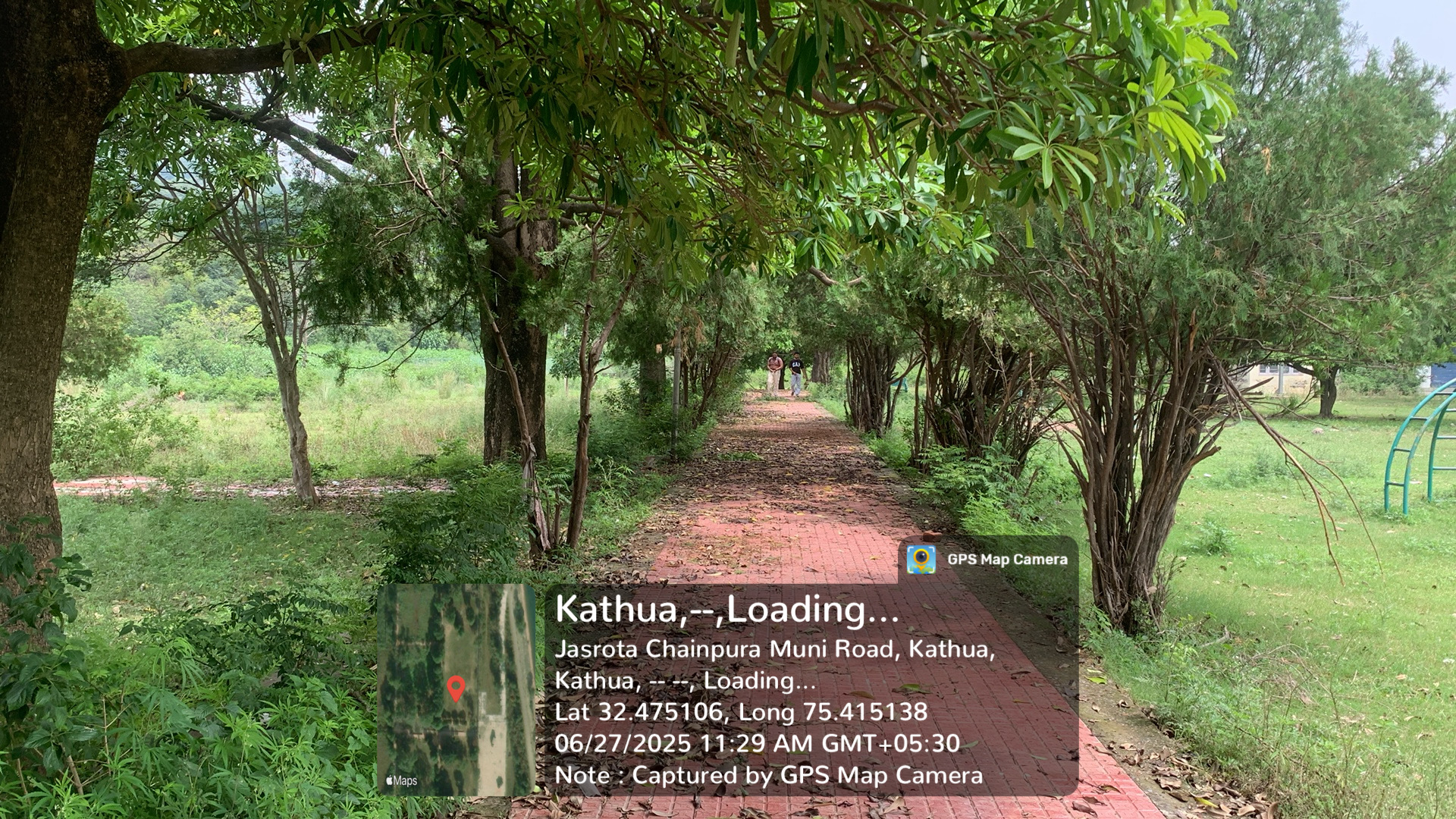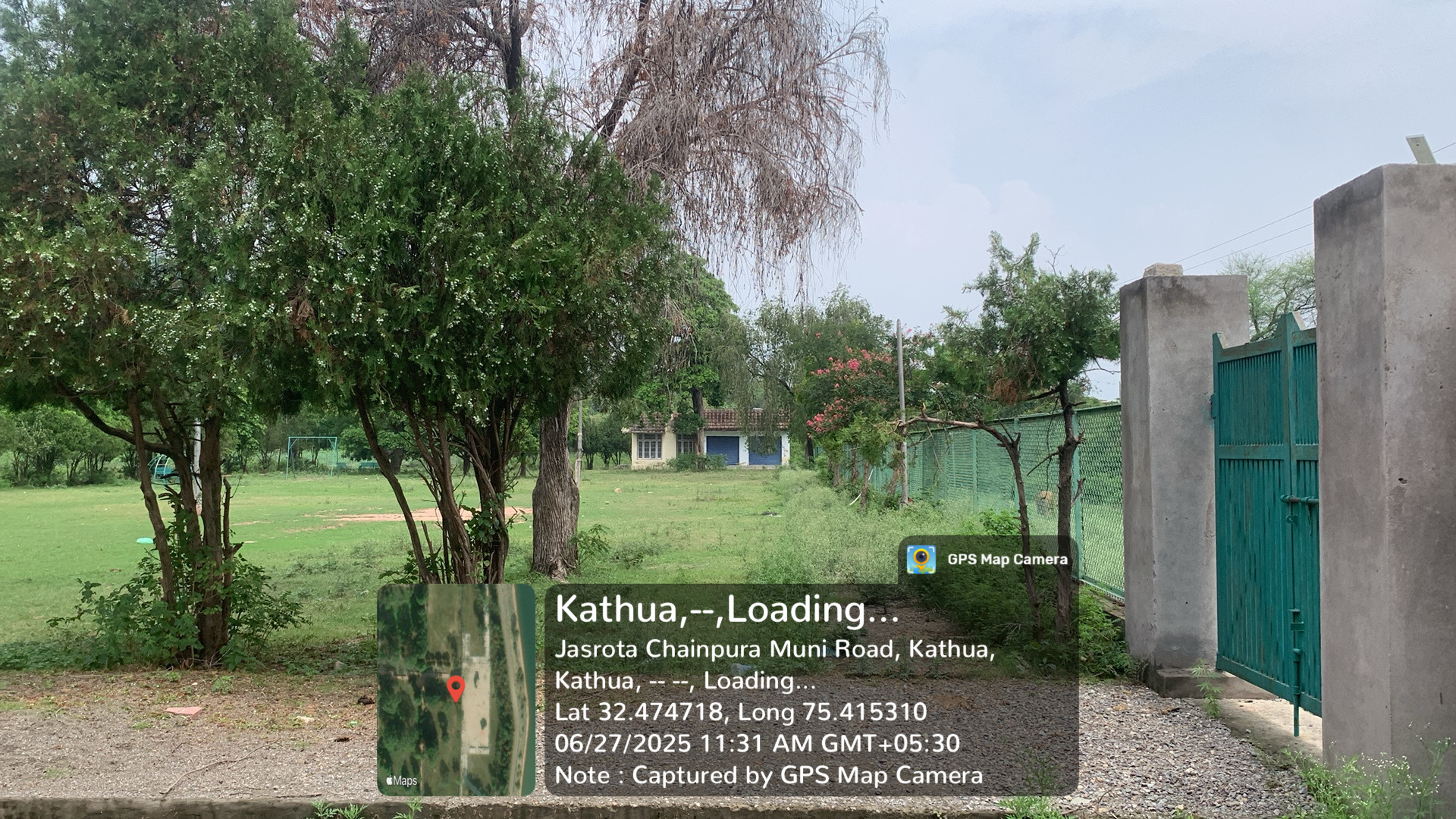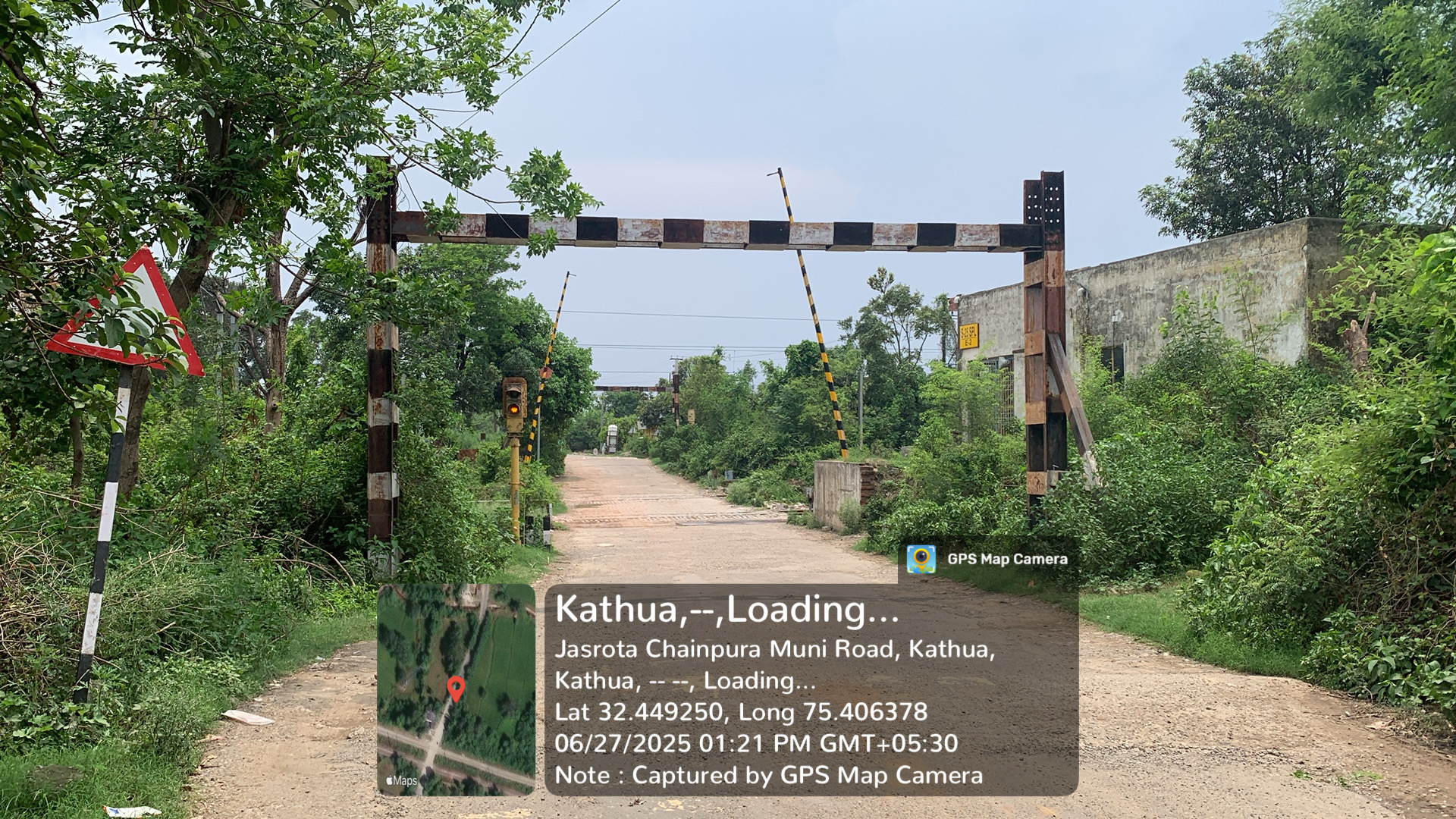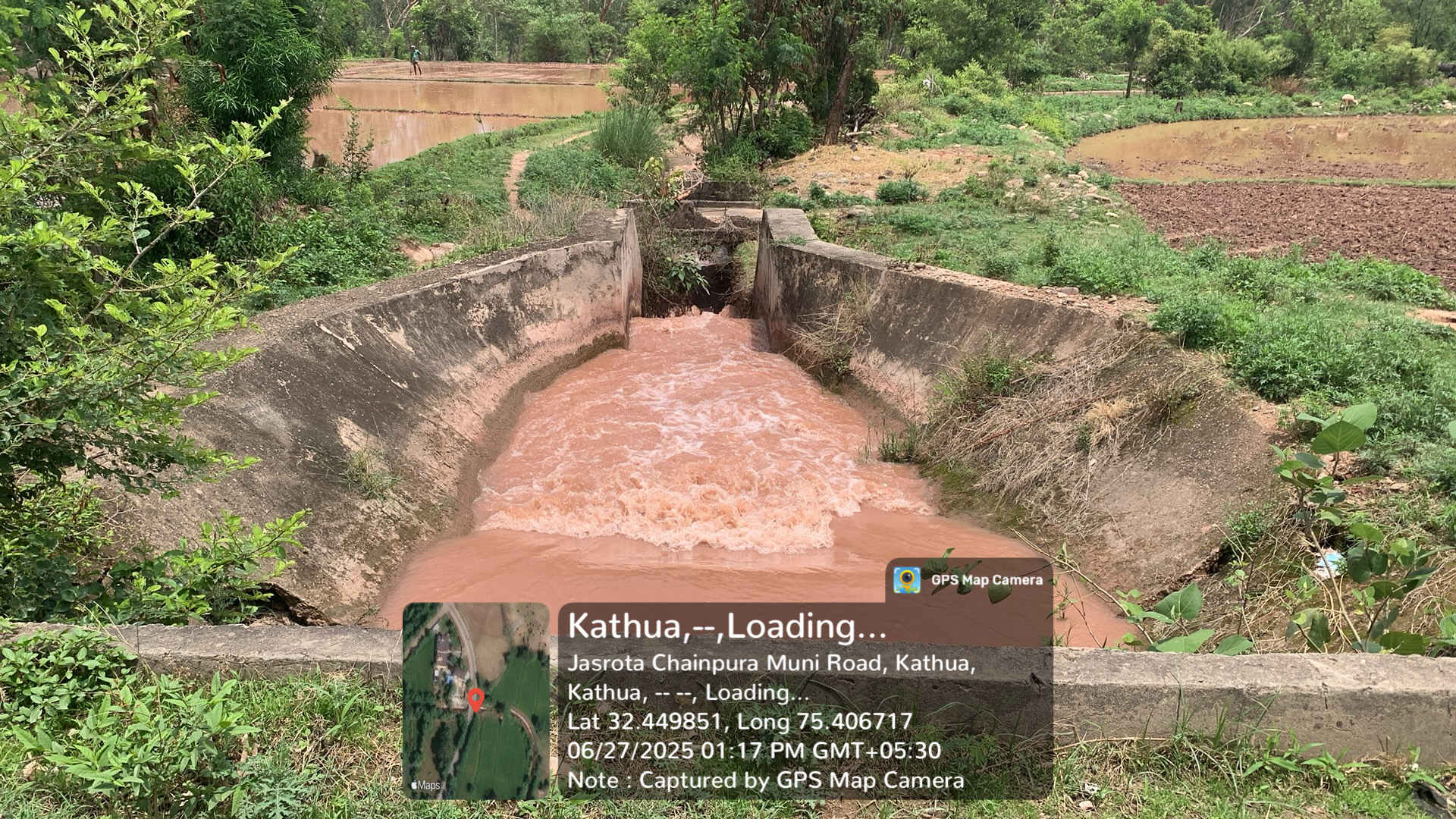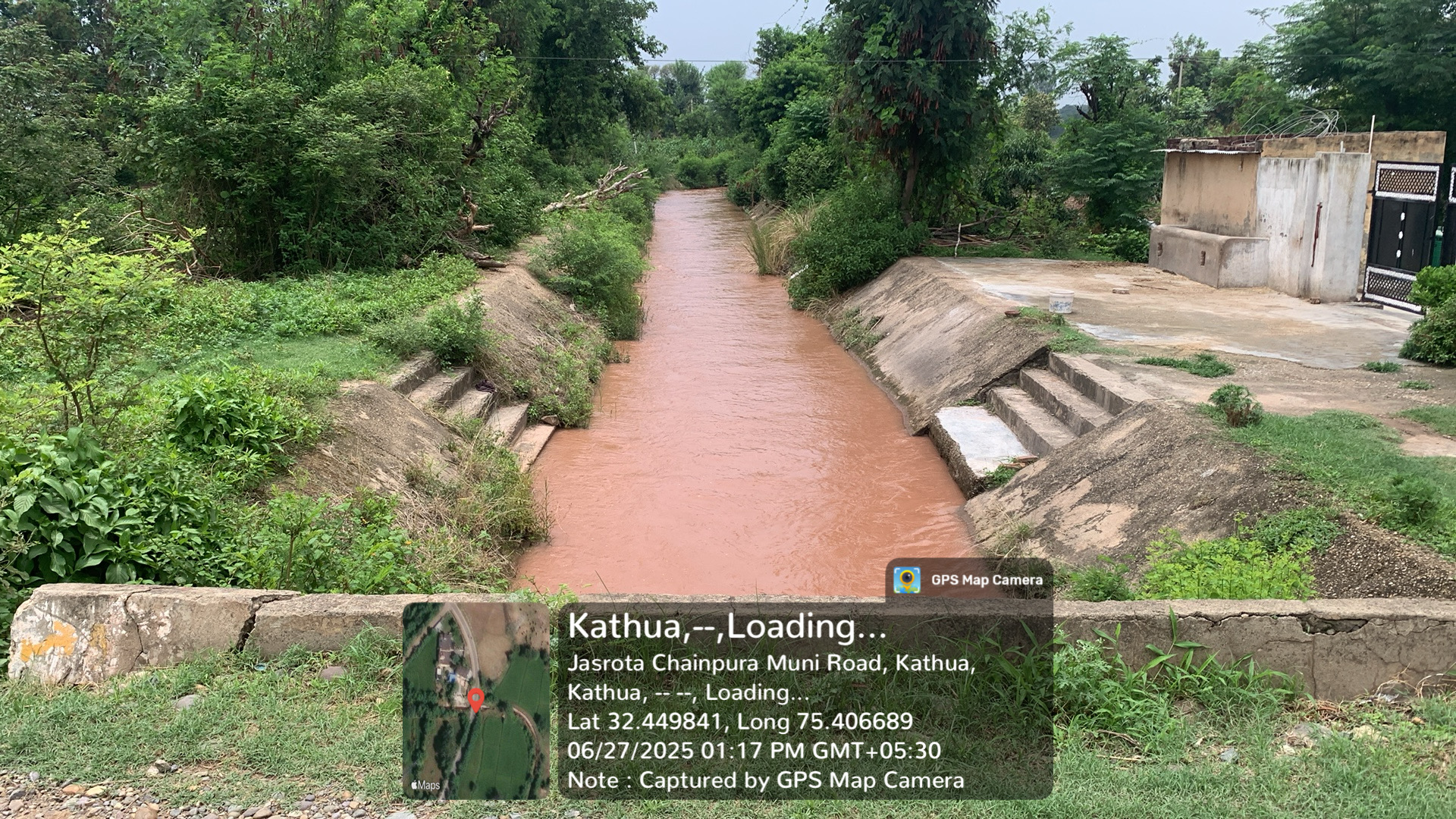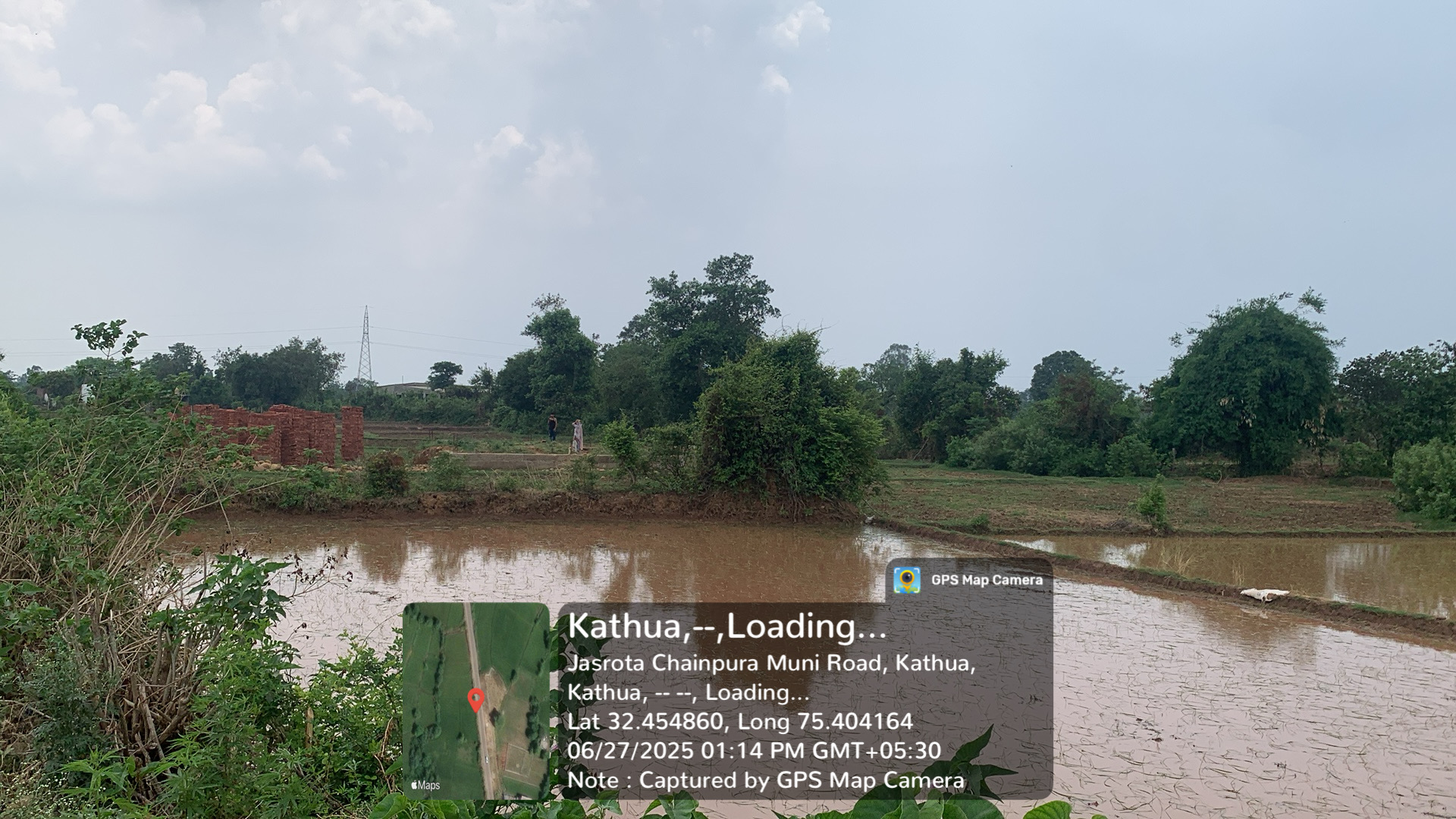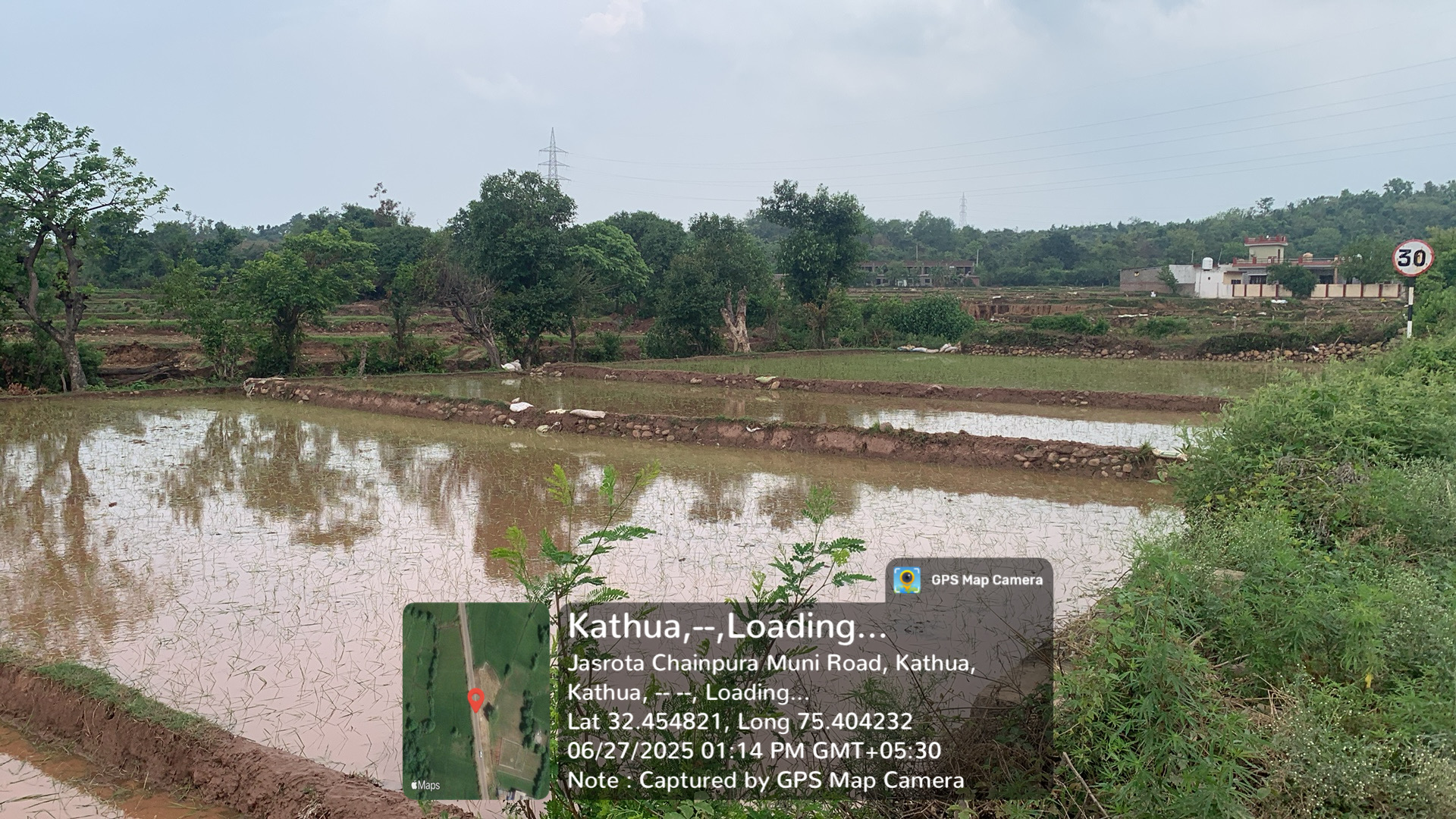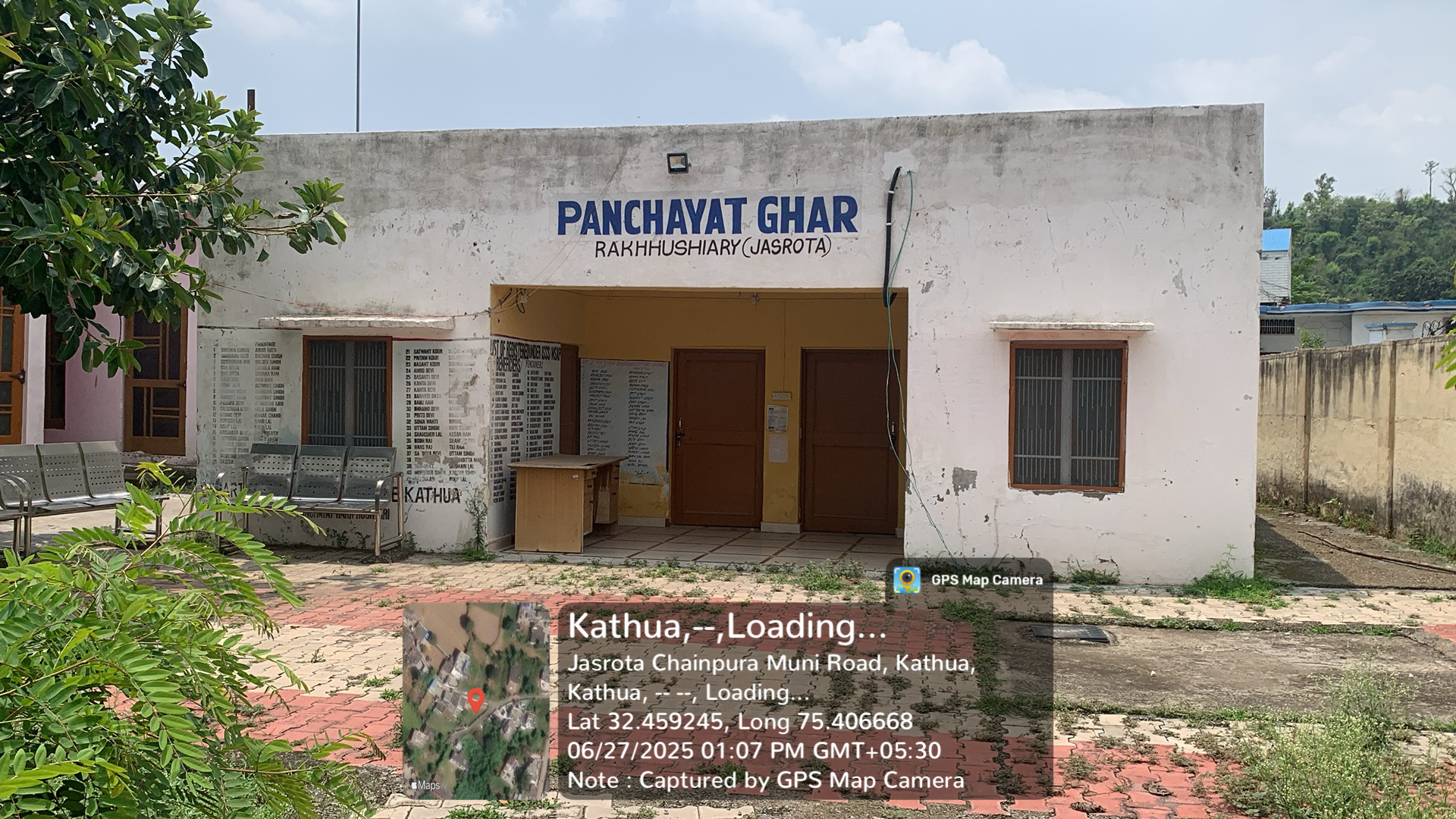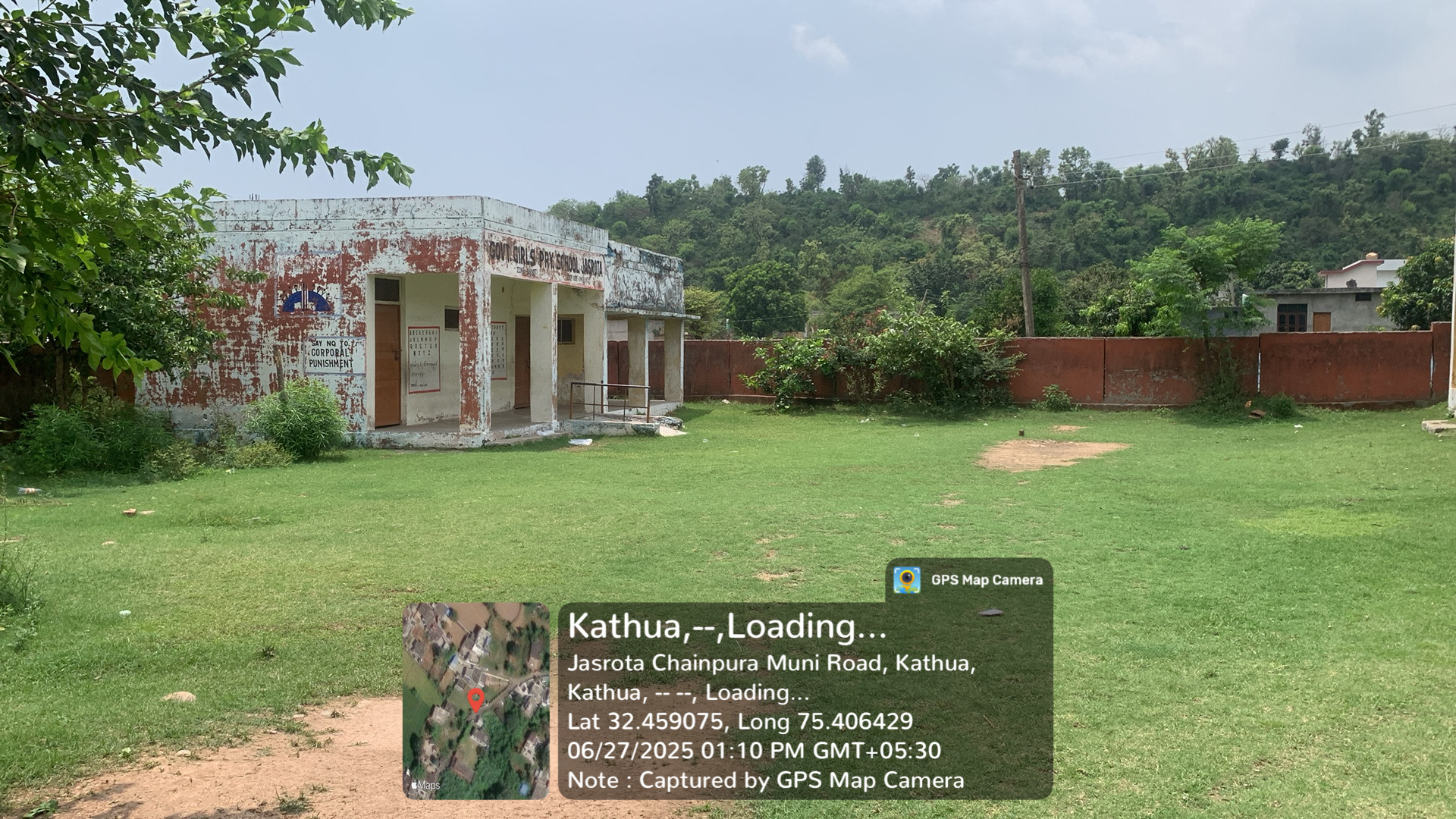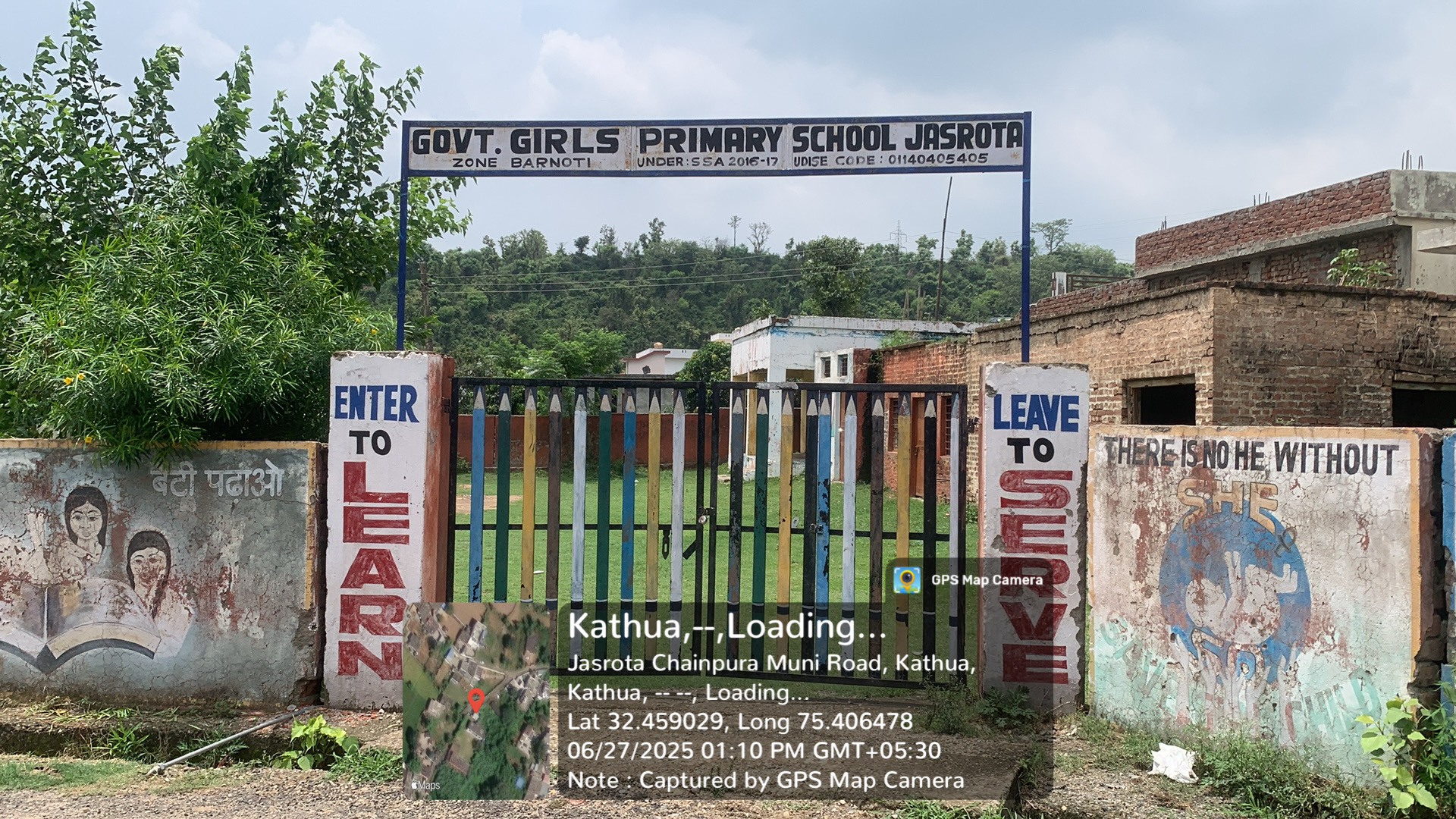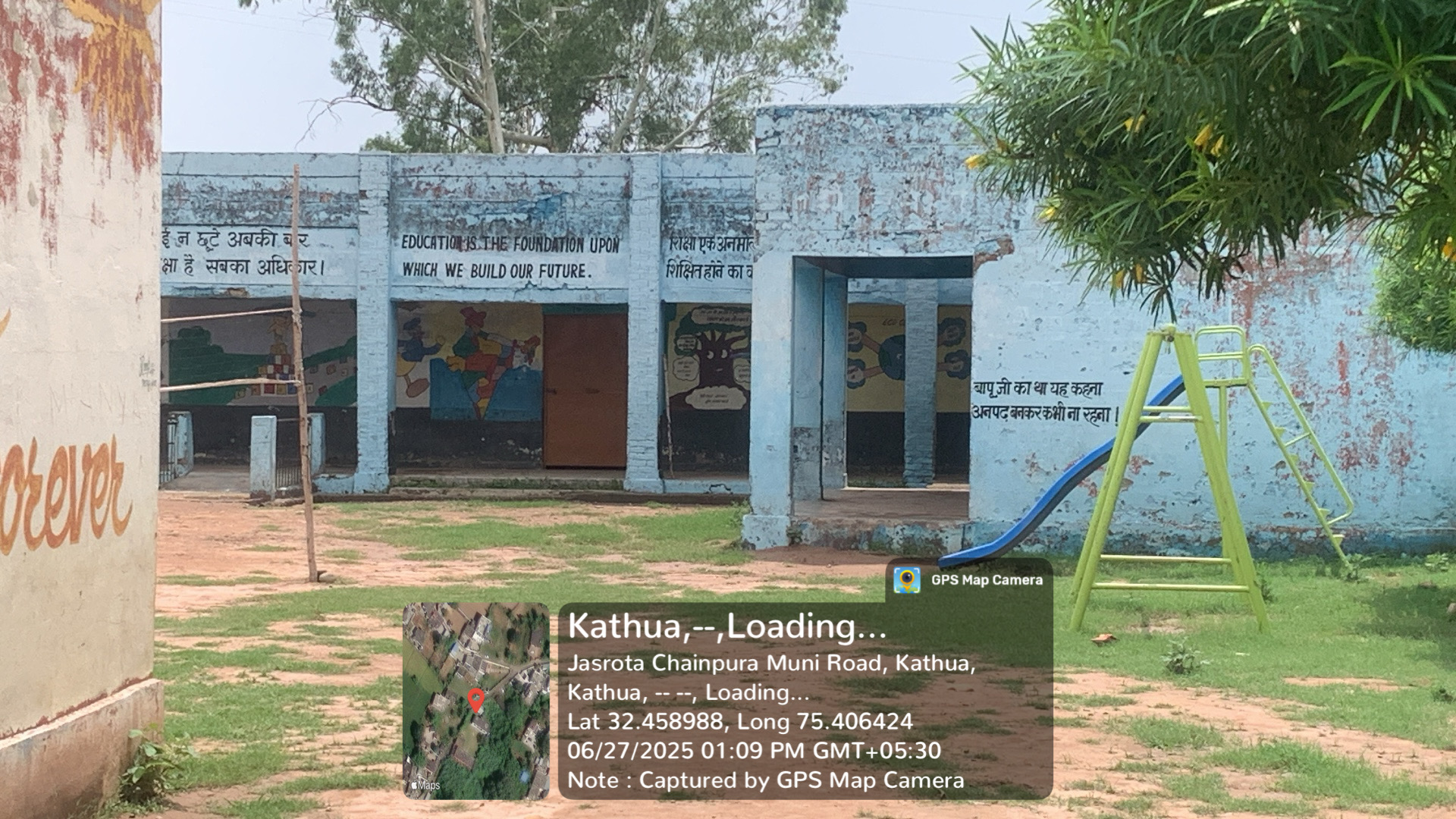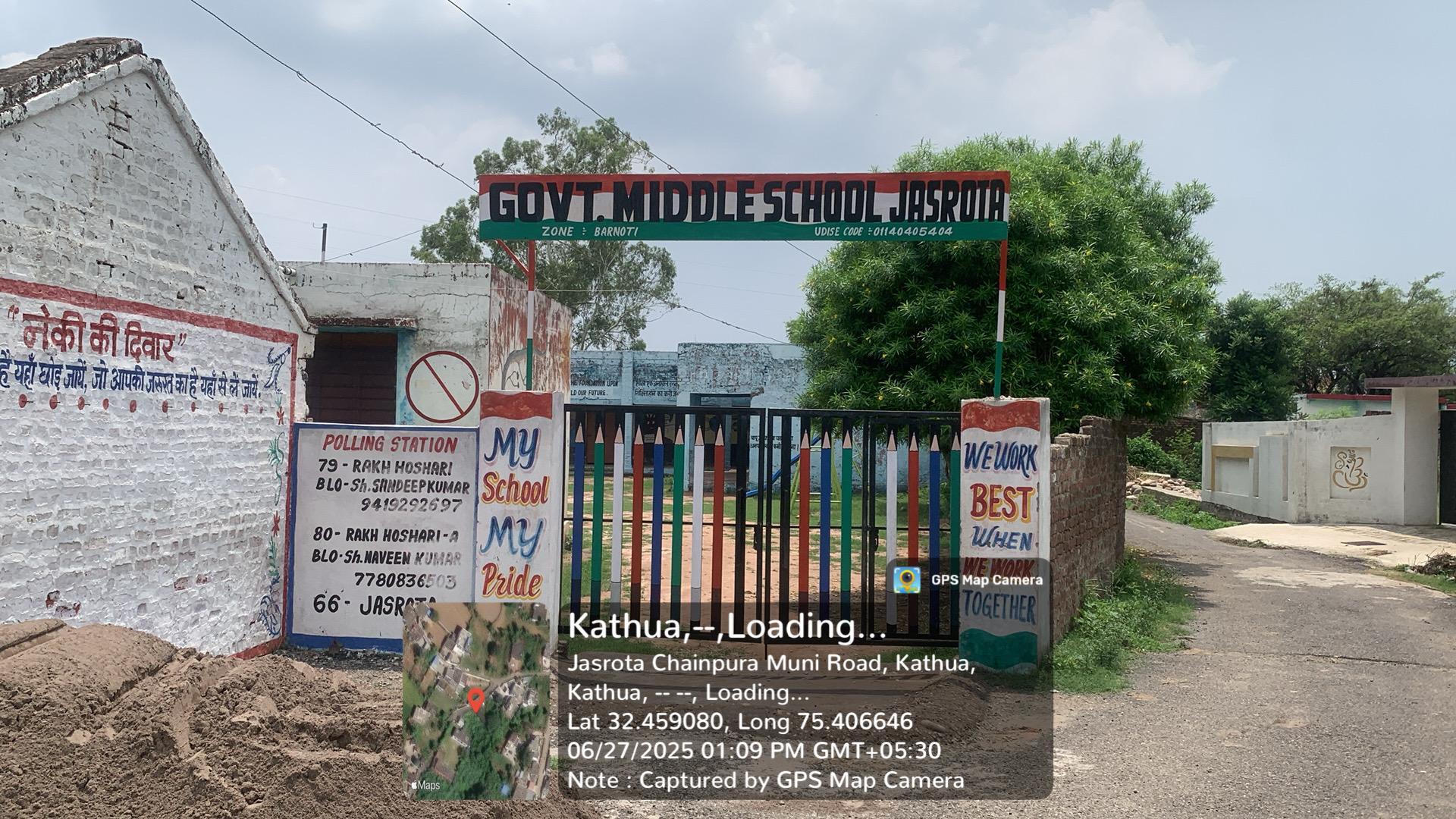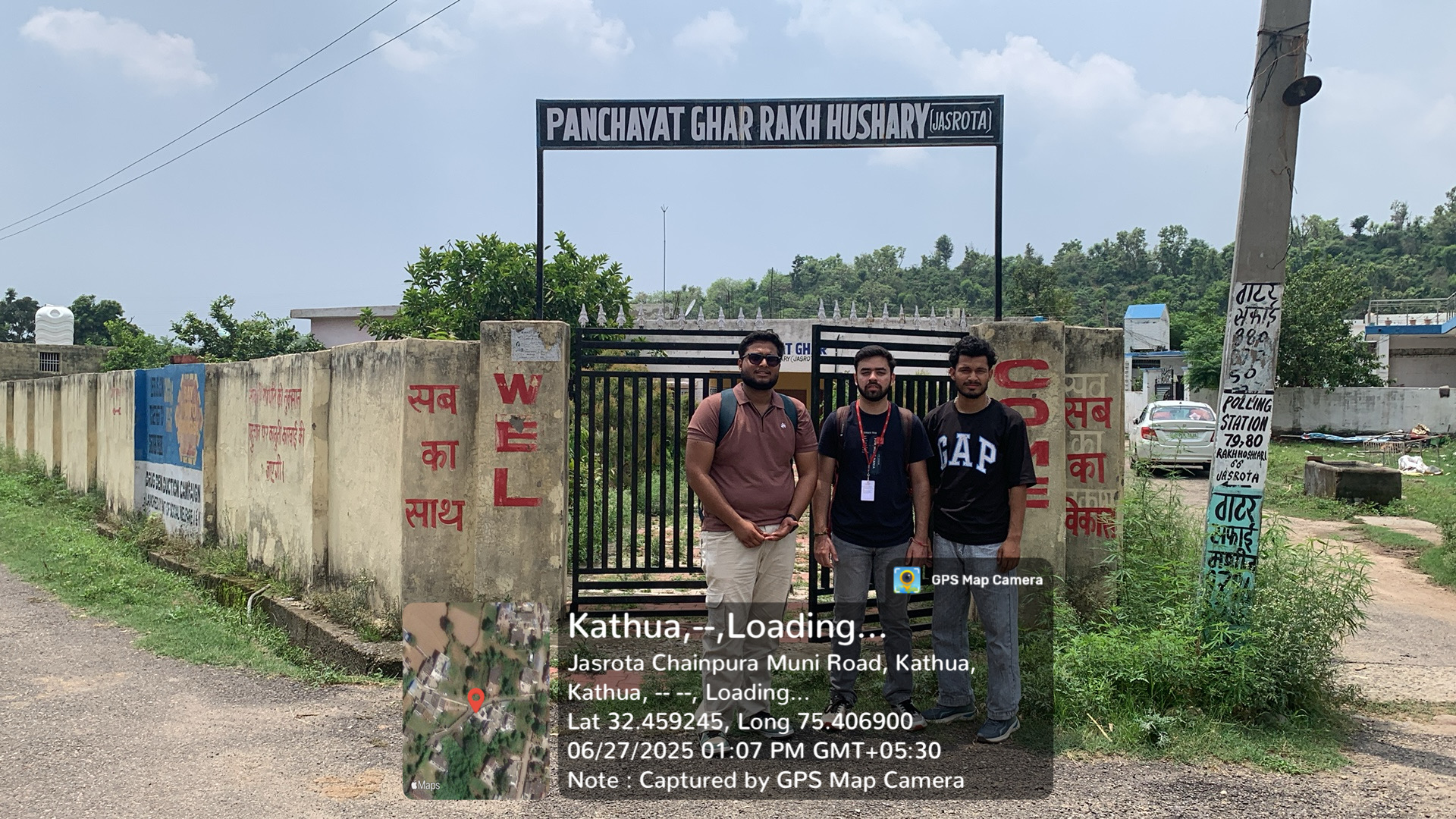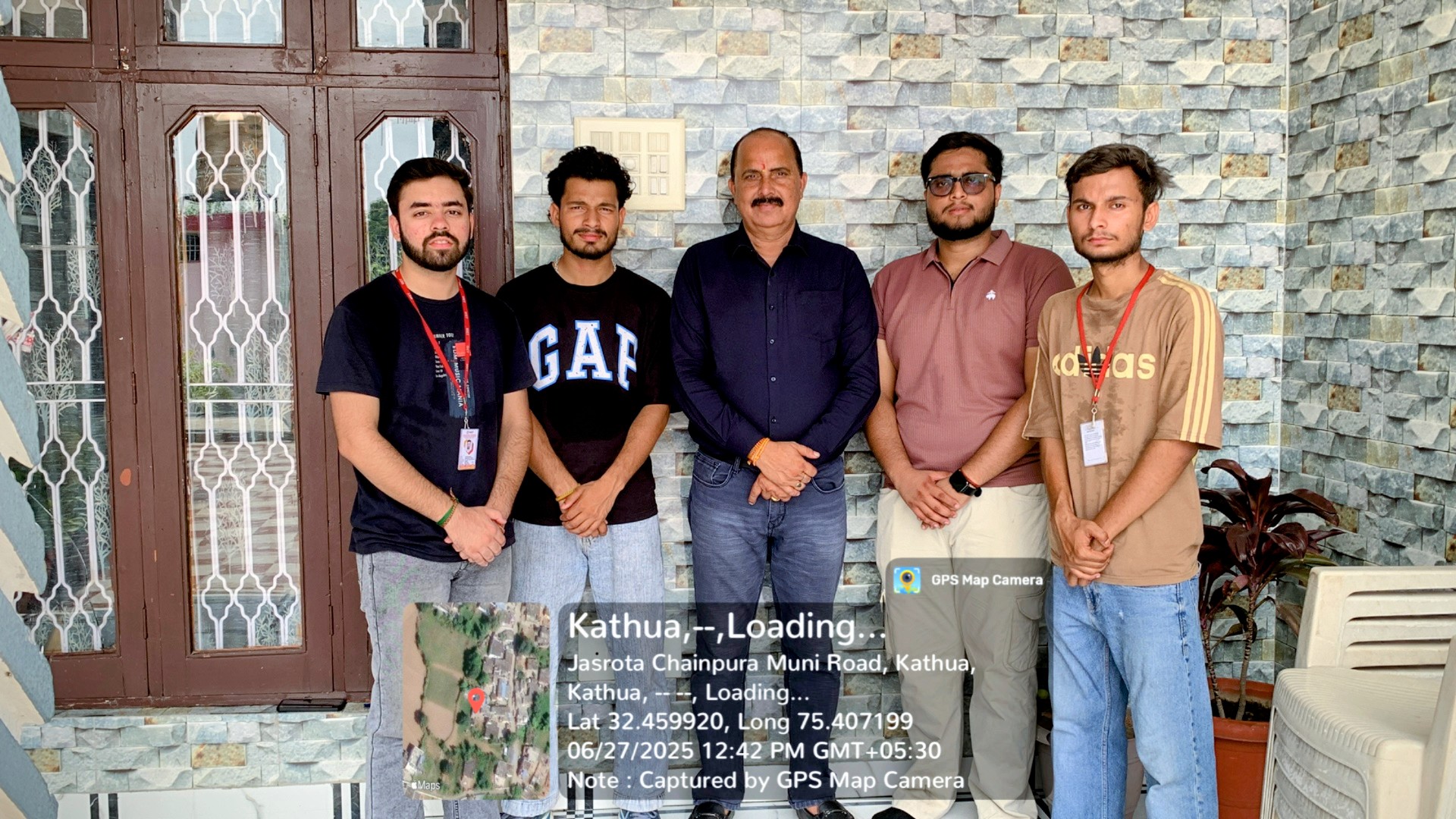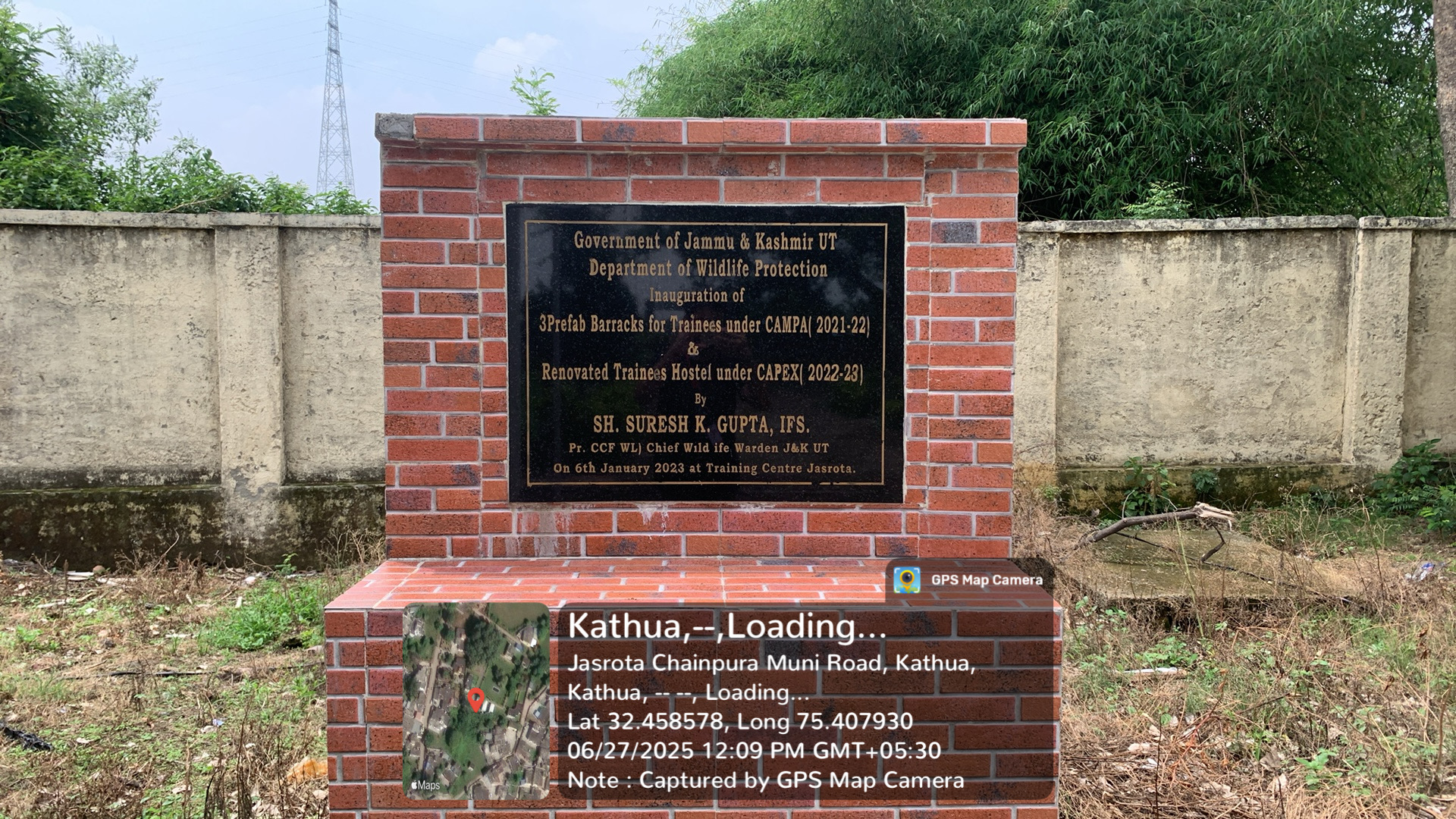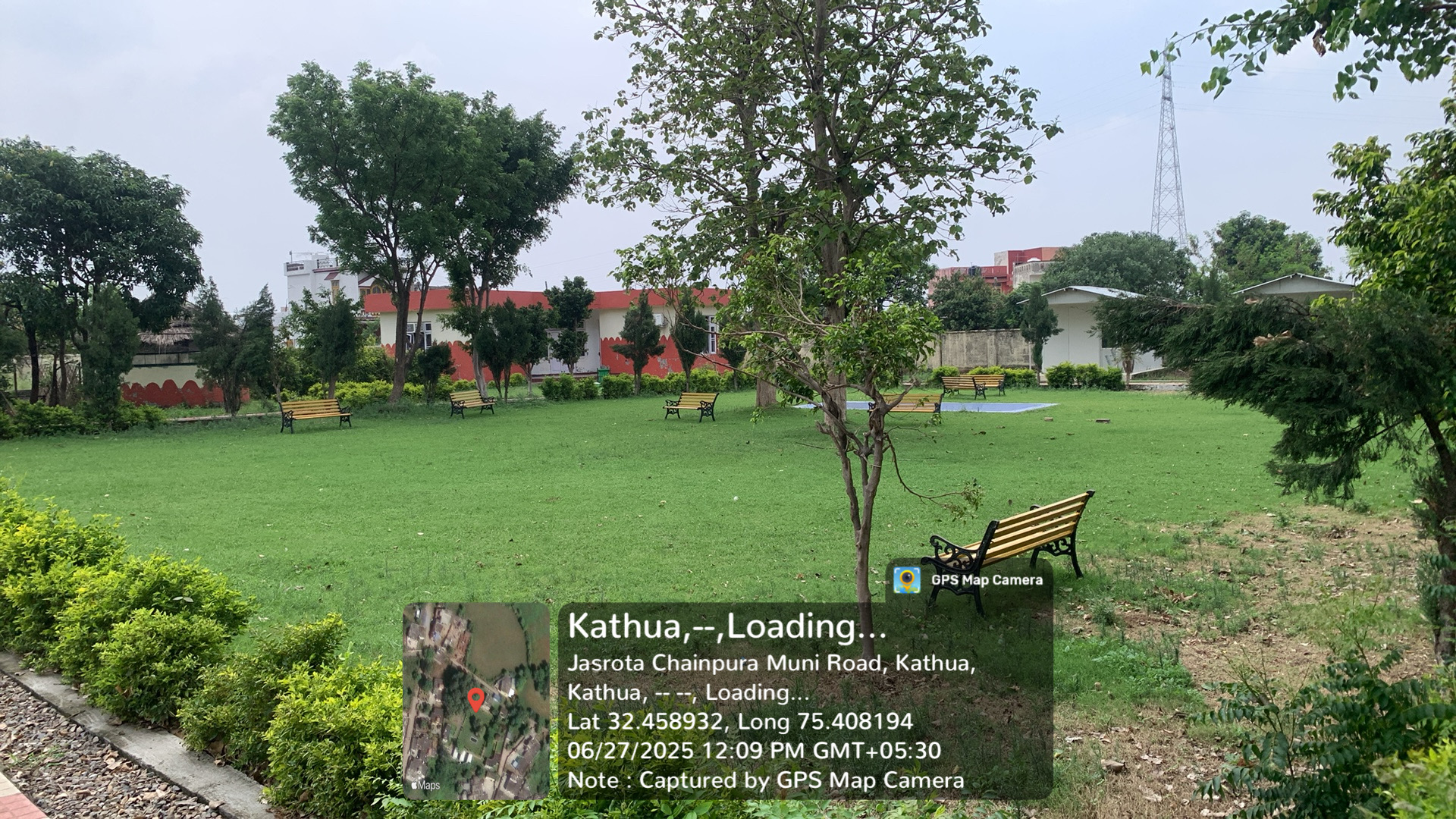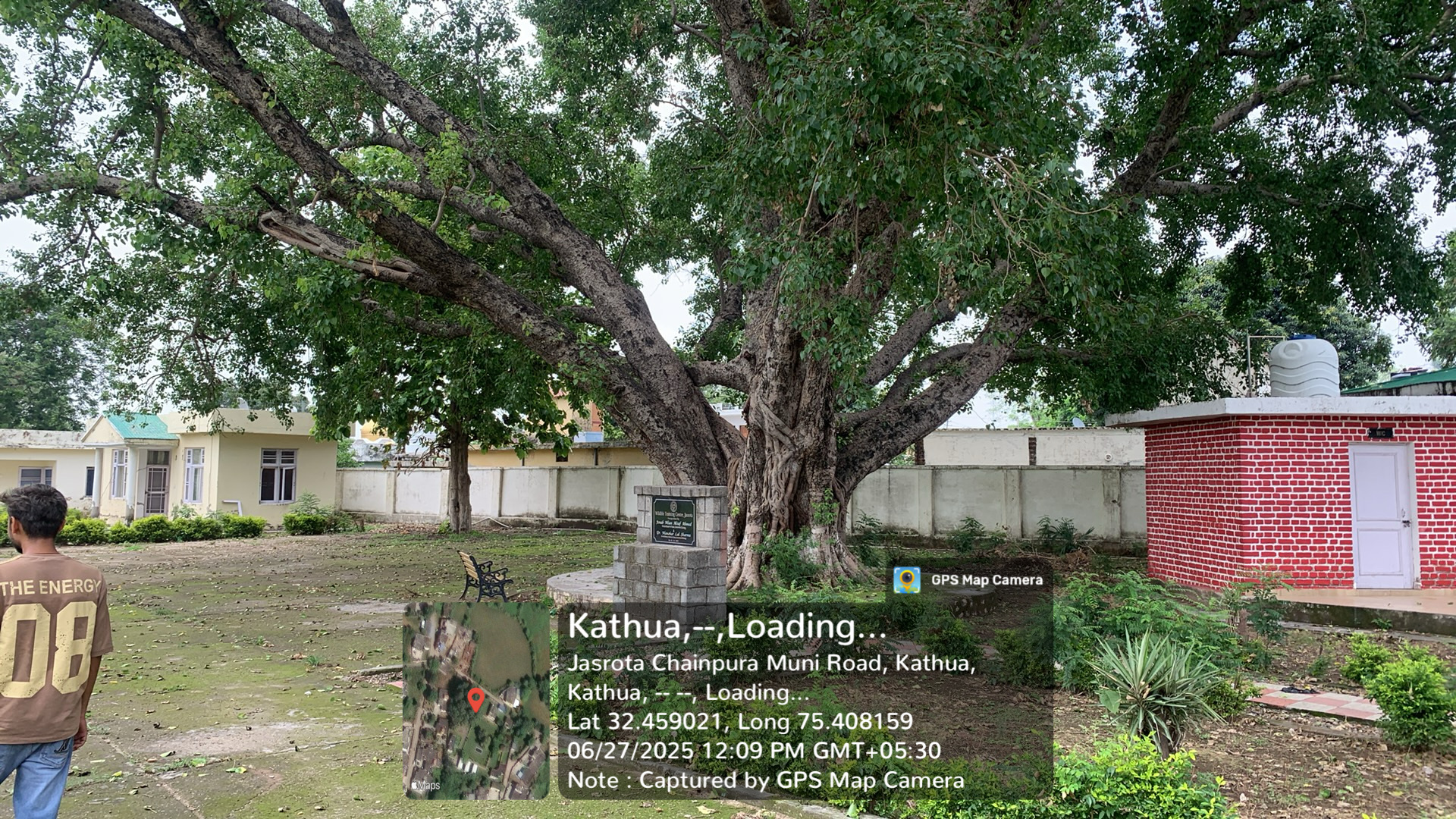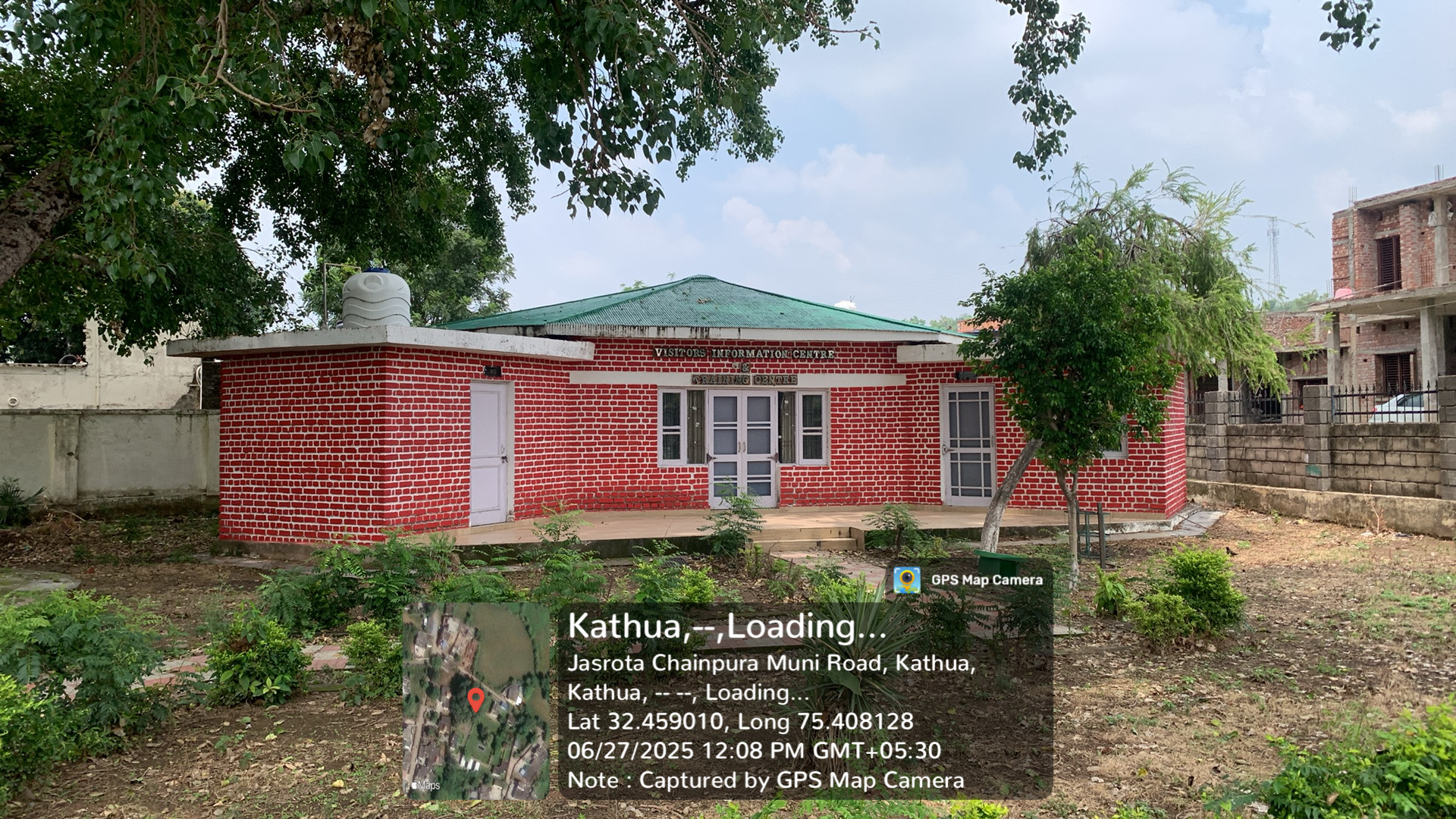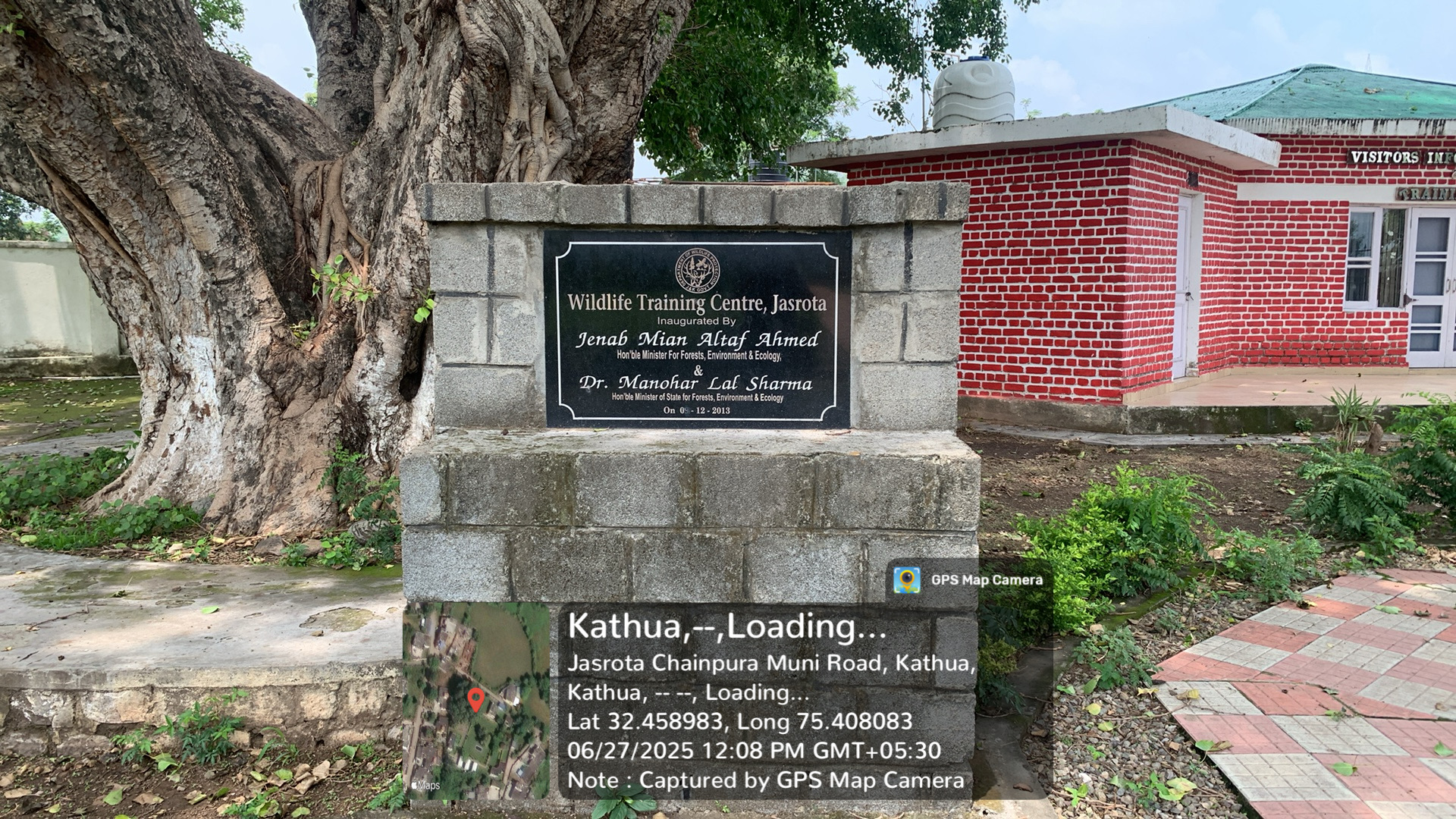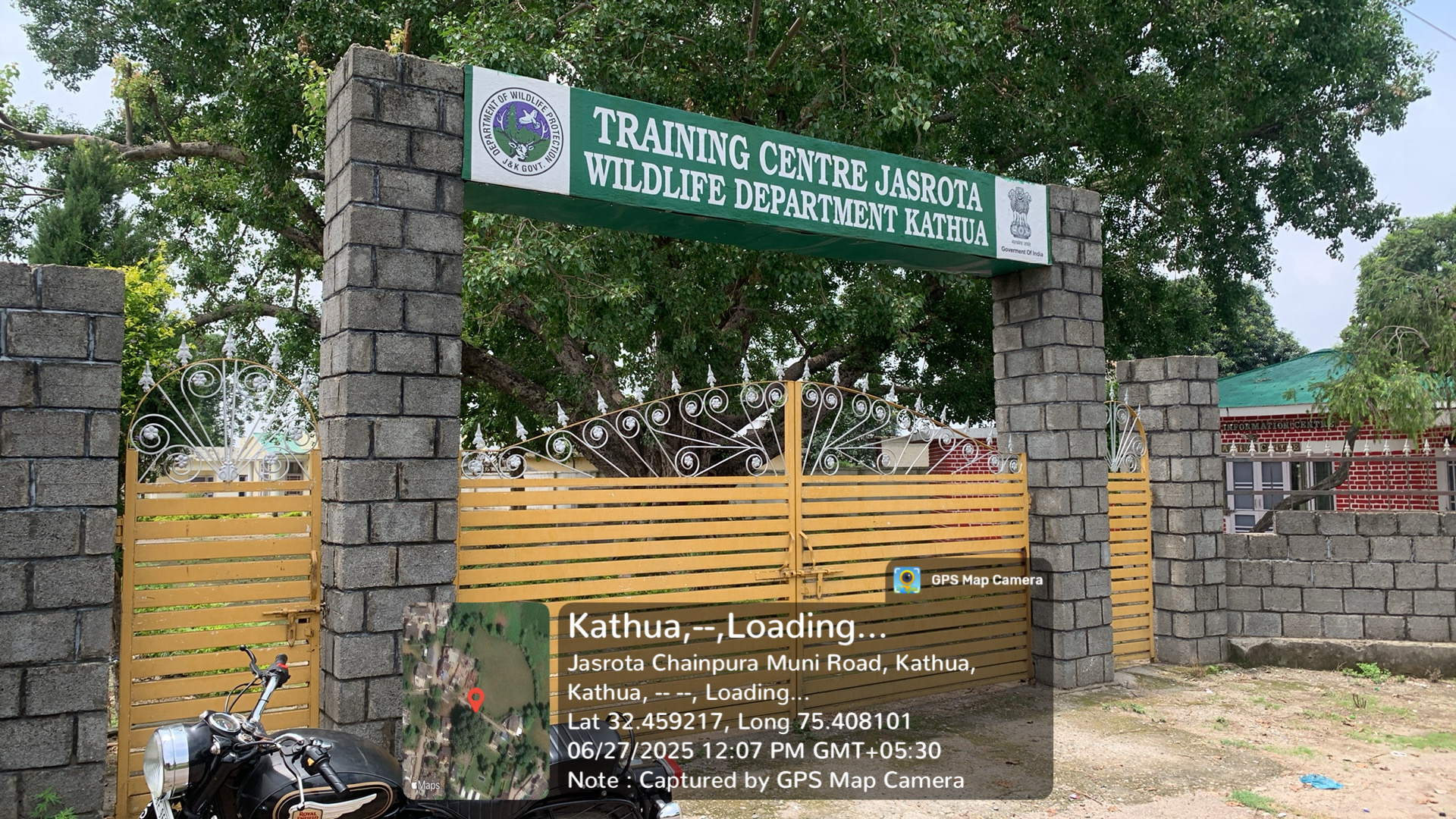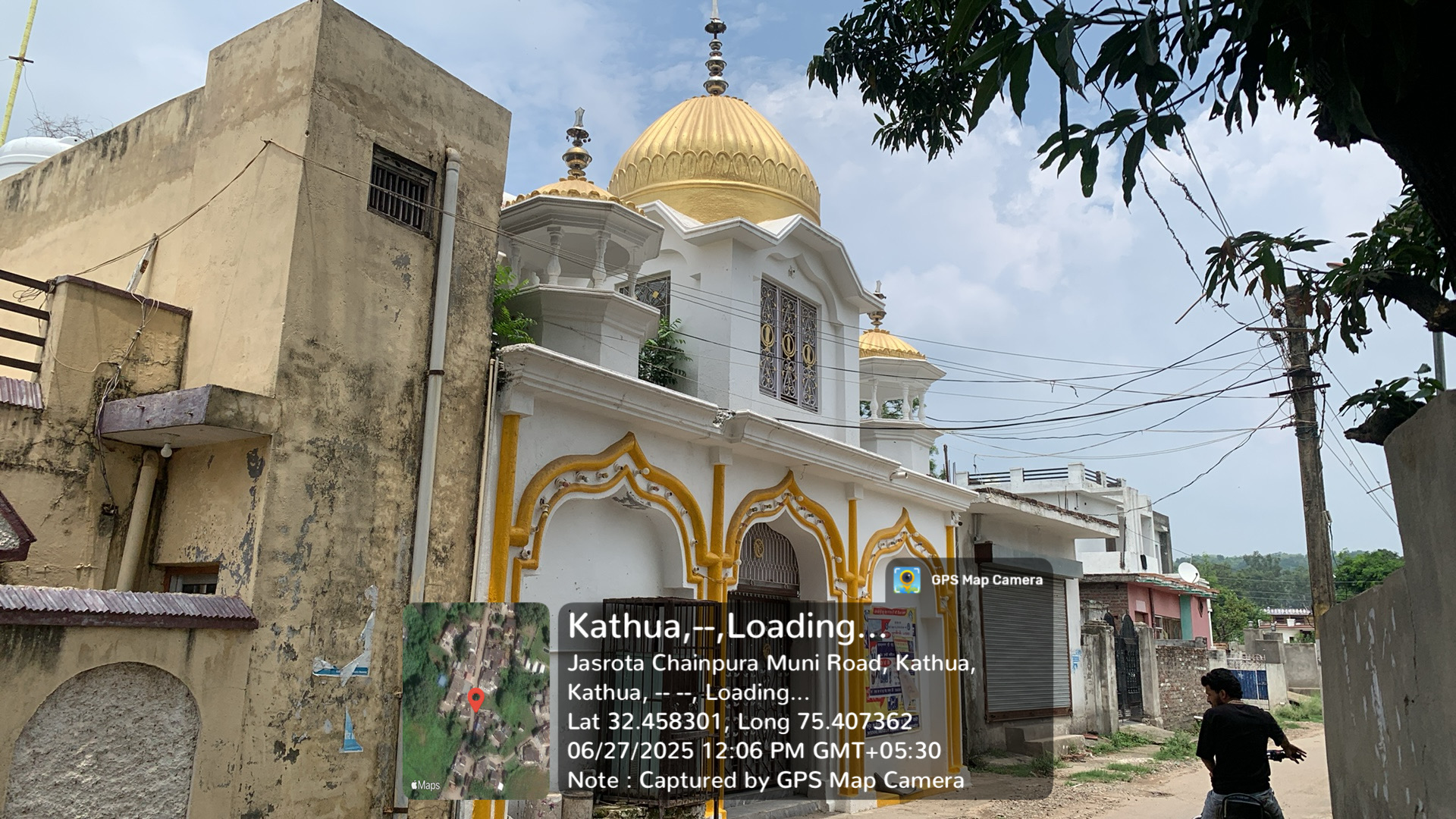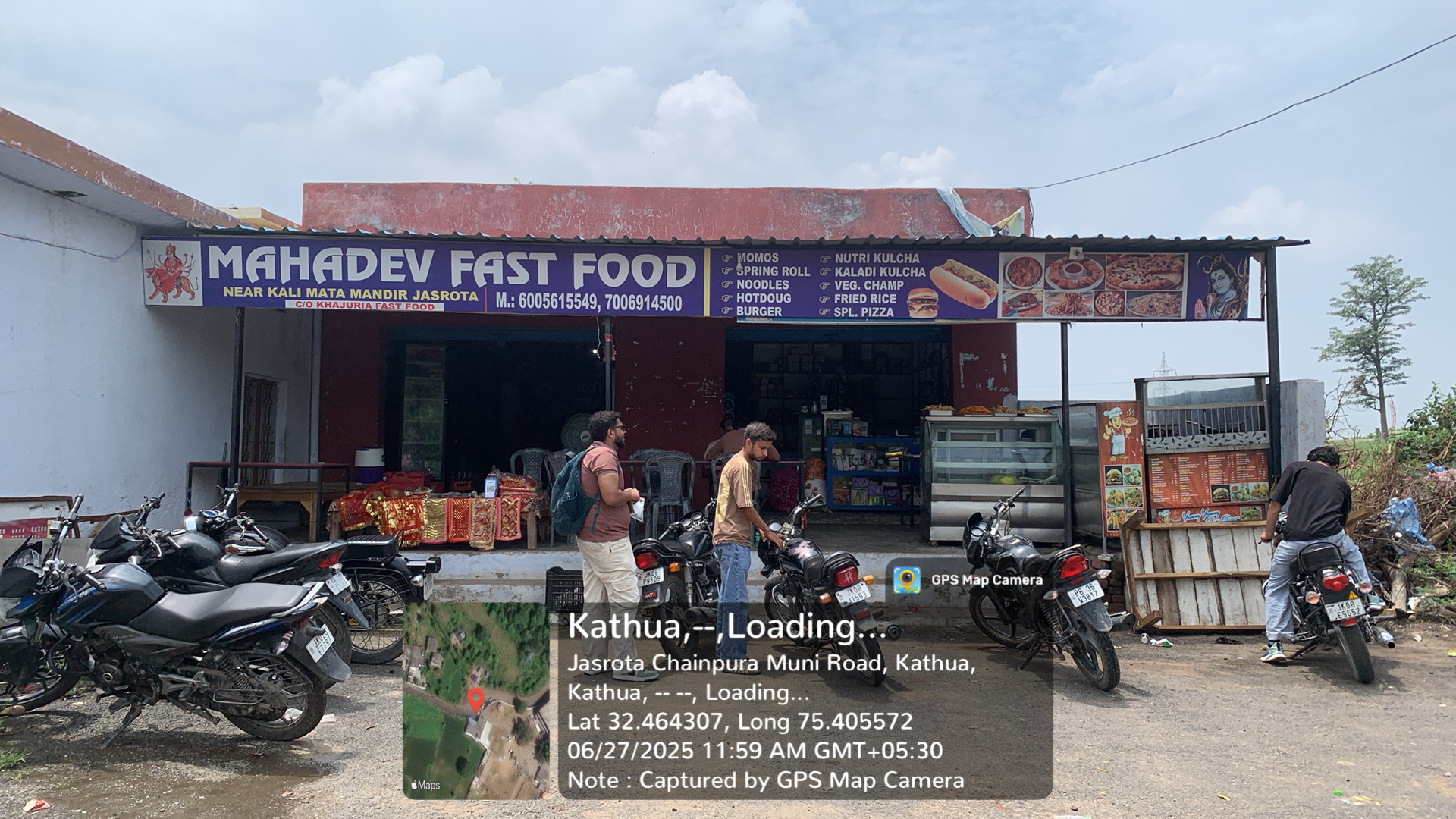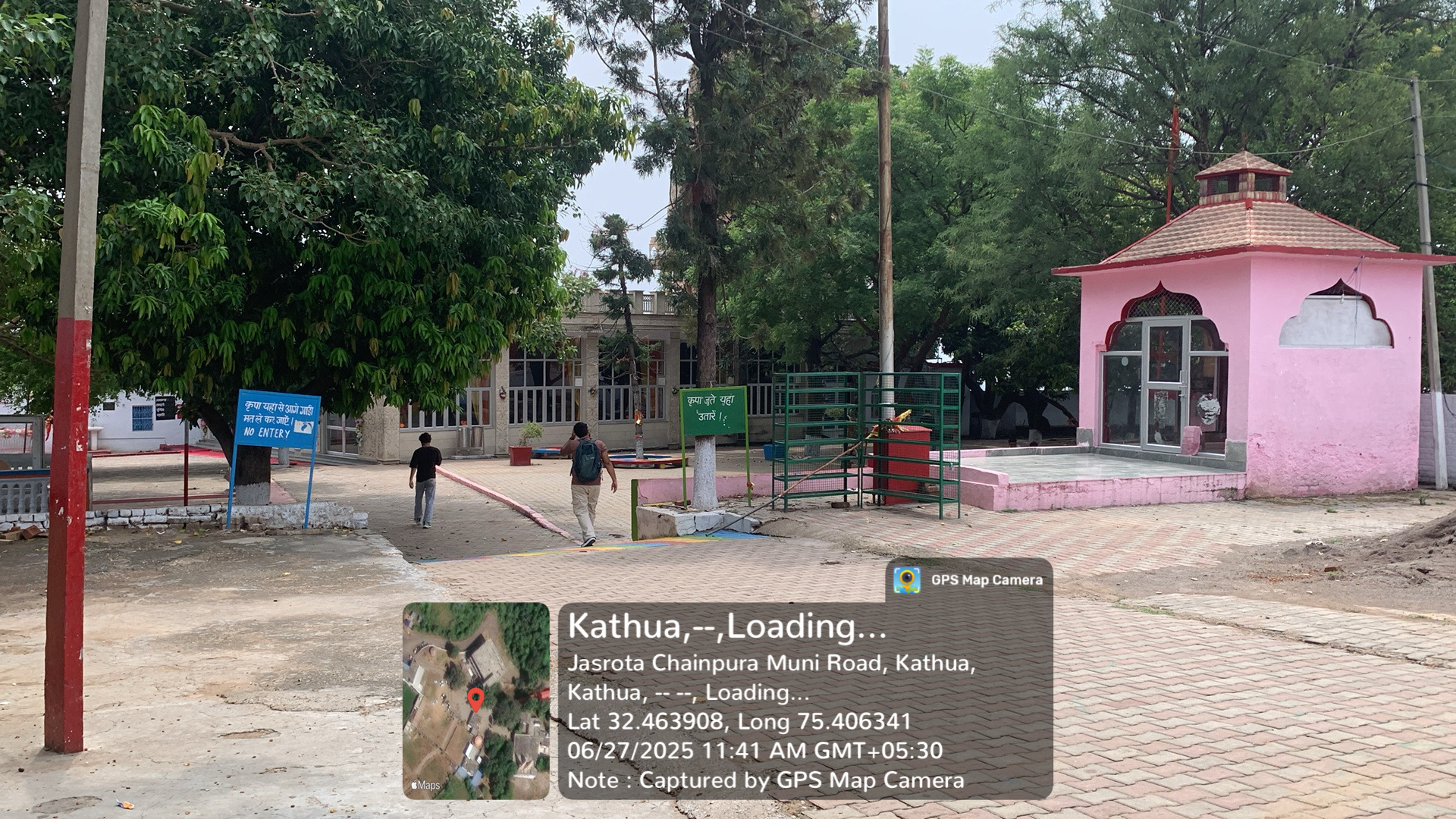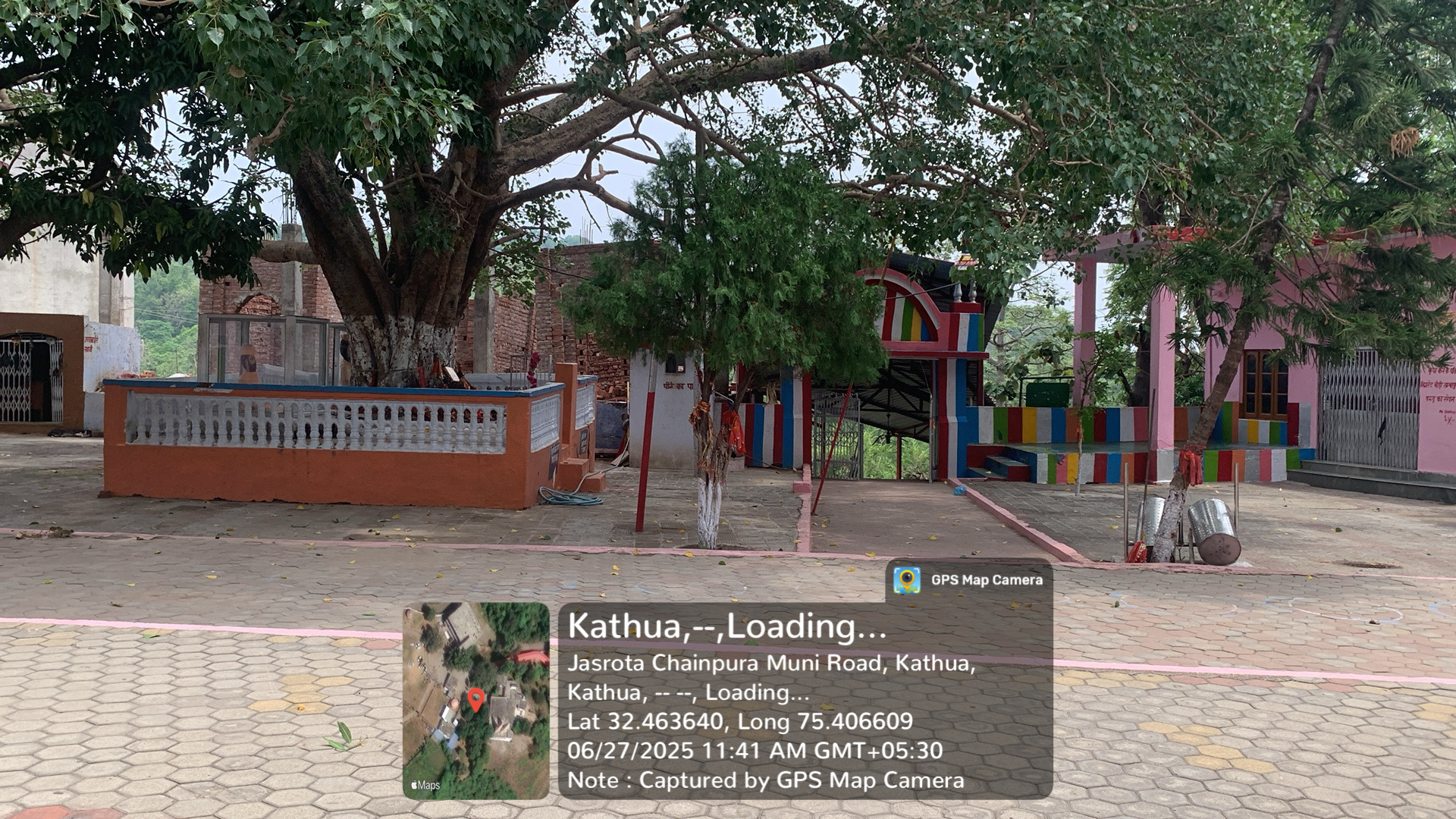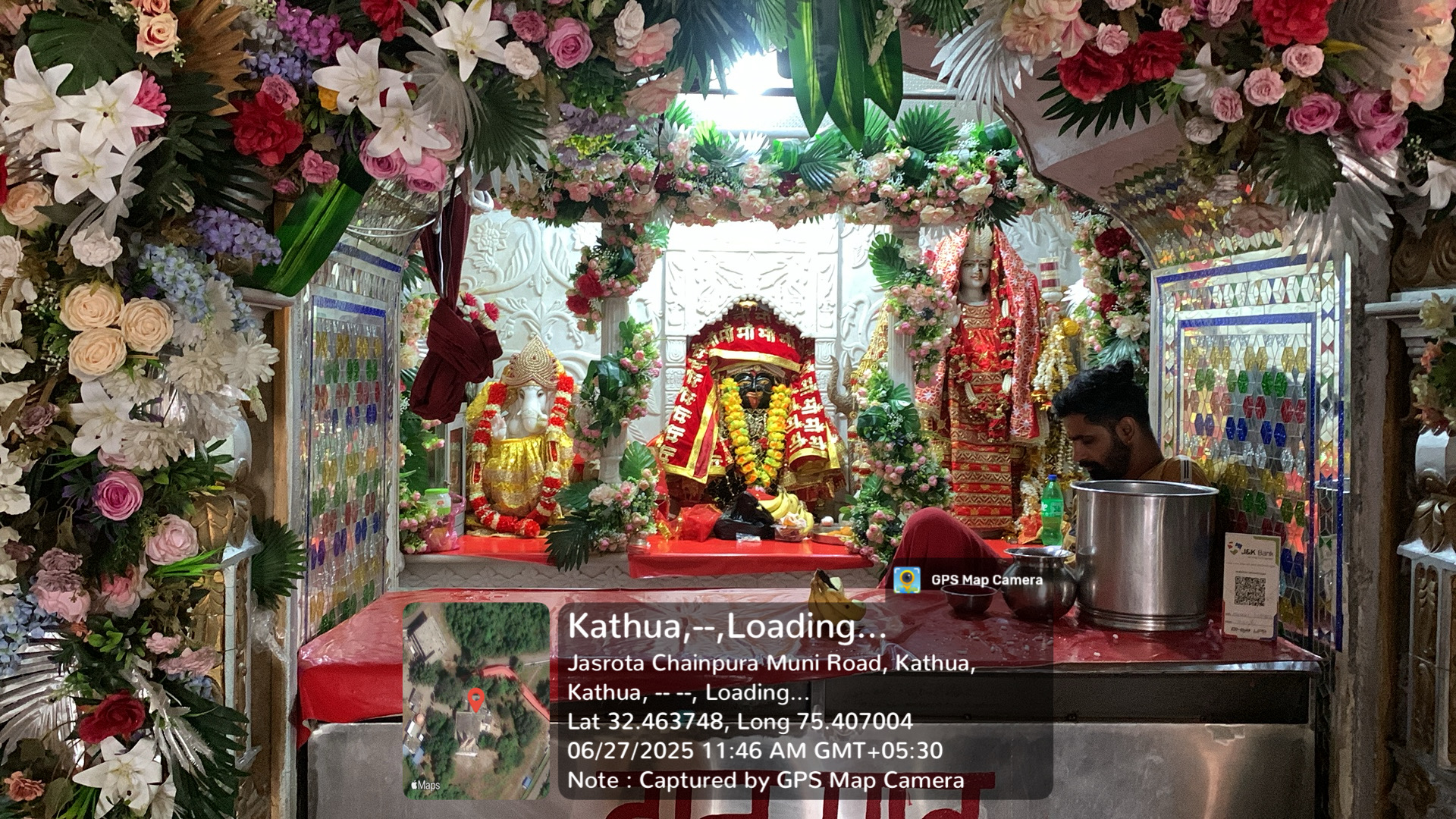Description
Introduction to Jasrota
Jasrota, a historic kingdom in the Himalayan foothills of India, was founded in 1064 A.D. in south-eastern Jammu, strategically located between the Ravi and Ujh rivers. Once a prominent seat of power, the kingdom flourished until 1815, after which it lost its independence. Today, the remnants of Jasrota survive in the form of ruined forts, restored temples, ancient water bodies, and irrigation canals scattered across Hiranagar, Narowal, Nagri, Kathua, Marheen, Dinga Amb, Ramkot, Mahanpur, and Billawar tehsils. Known for its rich cultural legacy and historical depth, Jasrota remains a place where history and heritage are deeply embedded in the community’s identity.
Historical Background and Origin
Jasrota was one of ten states founded by members of the Jammu ruling family, all of which were tributaries to the Raja of Jammu. It was likely the first to be established, although its precise origins are debated. Some accounts attribute its foundation to Raja Jas Dev of Jammu (c. 1020–1053), who granted it to his brother Karan Dev. Other sources state that Karan Dev was the son of Bhujdev, a ruler of Jammu, and that he established Jasrota in the 12th or early 13th century after consolidating power over the jagirdars and landlords of the area. Regardless of the version, there is consensus that Karan Dev was the founder of the ruling Jasrotia family. The earliest written reference to Jasrota is found in the Maʾasir-ul-Umara.
Political Shifts and Dynastic Changes
In 1320, the state faced a succession dispute between twin brothers, Pratap Dev and Sangram Dev, sons of ruler Kailesh Dev. Unable to determine the elder, neighbouring hill chiefs mediated, resulting in a division of the territory. Sangram Dev became ruler of the new Lakhanpur state in 1350, with his descendants later known as Lakhanpuria Rajputs. In 1594–95, ruler Bhivu Dev allied with other hill states in a rebellion against Mughal emperor Akbar, an event recorded in both the Maʾasir-ul-Umara and Akbarnama. The kingdom’s history after this period remains vague until the arrival of the Sikh forces in the early 19th century.
The Sikh Empire and Later History
Ajab (or Ajib) Dev,ruling from 1790–1800, constructed Jasmergarh Fort near present-day Hiranagar to defend against Sikh incursions. The last independent ruler, Randhir Singh (1805–1820), was compelled to accept Maharaja Ranjit Singh’s suzerainty, and by 1815, Jasrota was annexed by the Sikh Empire. In 1834, it was granted as a jagir to Hira Singh, son of Dhian Singh, the Dogra Prime Minister of Lahore and nephew of Gulab Singh. Hira Singh rebuilt the fort, adding palatial buildings, baradaris, shrines, and water tanks, but the fort was destroyed by the Sikh Khalsa Army in 1845, after which the Jasrotia family relocated to Khanpur near Nagrota.
Integration into Jammu and Kashmir
Following the First Anglo-Sikh War and the Treaty of Amritsar in 1846, Gulab Singh became the Maharaja of Jammu and Kashmir, incorporating Jasrota into his dominion. It became one of the five districts of Jammu province until its headquarters were moved to Kathua between 1921 and 1931, leading to the district’s renaming. During Maharaja Ranbir Singh’s reign, Jasrota comprised two tehsils and thirteen parganas.
Cultural Heritage and the Arts
Jasrota has a distinguished artistic history, particularly during the reigns of Bhupal Dev, Sukh Dev, and Dhruv Dev between the late 17th century and 1735. It became a renowned centre for the Dogra school of miniature painting, patronising the family of the celebrated painter Nainsukh under Raja Balwant Singh. Hira Singh later revived the tradition of palace decoration, bringing in skilled artists to adorn the fort’s interiors. This cultural richness still resonates in the memory of the local community.
Principal Attractions
The ruins of Jasrota Fort remain a key heritage site, while the Maha Kali Temple, reconstructed in recent years atop a hillock near old Jasrota village, draws pilgrims year-round, particularly during Navratri. The Ujh Barrage, about 20 km from Kathua, serves as both an irrigation hub and a developing picnic and bird-watching site. The Jasrota Wildlife Sanctuary, encompassing the old village and fort surroundings, offers opportunities to explore local flora and fauna.
Best Time to Visit
The most vibrant time to visit Jasrota is during Navratri, when the Kali Mata Temple is adorned with colourful decorations, devotional music fills the air, and large community feasts are held. Other festivals such as Baisakhi and Lohri also showcase local traditions through dance, fairs, and sports events. The post-monsoon season offers lush green landscapes, while winters are pleasant for heritage walks and nature exploration.
Gastronomy: Local cuisine
Jasrota’s cuisine reflects its agricultural abundance. Popular meals include makki di roti with sarson da saag in winter, fresh lassi, curd, and seasonal vegetables. During festivals, sweets like pinni, patisa, and suji halwa are prepared in nearly every home. Small tea stalls and snack shops in the market cater to visitors and locals alike.
Village Lifestyle and Values
Life in Jasrota is community-focused, blending tradition with gradual modernisation. While most homes have modern kitchens, some still maintain traditional earthen stoves (chulhas). Social unity is reinforced through festivals, religious gatherings, and mutual support during agricultural work.
Economic Activities
Agriculture forms the backbone of Jasrota’s economy, with wheat, rice, and maize as staple crops. The Ujh Barrage’s canal network supports irrigation, while livestock rearing, small-scale trade, and government jobs supplement incomes. The local market includes grain mills, seed suppliers, and retail shops.
Educational Infrastructure
Jasrota has functioning primary and secondary schools, with a degree college nearby enabling higher education access. More students, including girls, now pursue education in Kathua for specialised courses and coaching.
Healthcare Facilities
A government dispensary caters to primary healthcare needs, while more advanced medical services are accessed in Kathua town. Veterinary care is available for livestock.
Accessibility and Transport
Jasrota is connected by road to Kathua and surrounding villages, with a railway crossing nearby aiding travel and trade. Within the village, motorbikes, tractors, and shared autos are common modes of transport.
Sports and Recreation
Cricket and volleyball are popular sports, with open fields near schools and the Panchayat Ghar serving as informal sports grounds. Cultural events, fairs, and religious festivals also act as recreational gatherings.
Biodiversity and Environment
The Jasrota Wildlife Sanctuary shelters deer, wild boar, peacocks, and numerous bird species, along with mango, guava, and jamun trees. The sanctuary plays a role in local environmental awareness, while the Ujh River sustains both agriculture and wildlife.
Photos
Videos
Location Map
Contact Information
| Address |
Kathua District, Pincode-184143 |
| Phone Number |
+91 94191 30296 |
| Email Address | |
| Website | https://jkpanchayat.jk.gov.in/profile.php?panchayat=Rakh%20Hoshairi&block=Barnoti |

